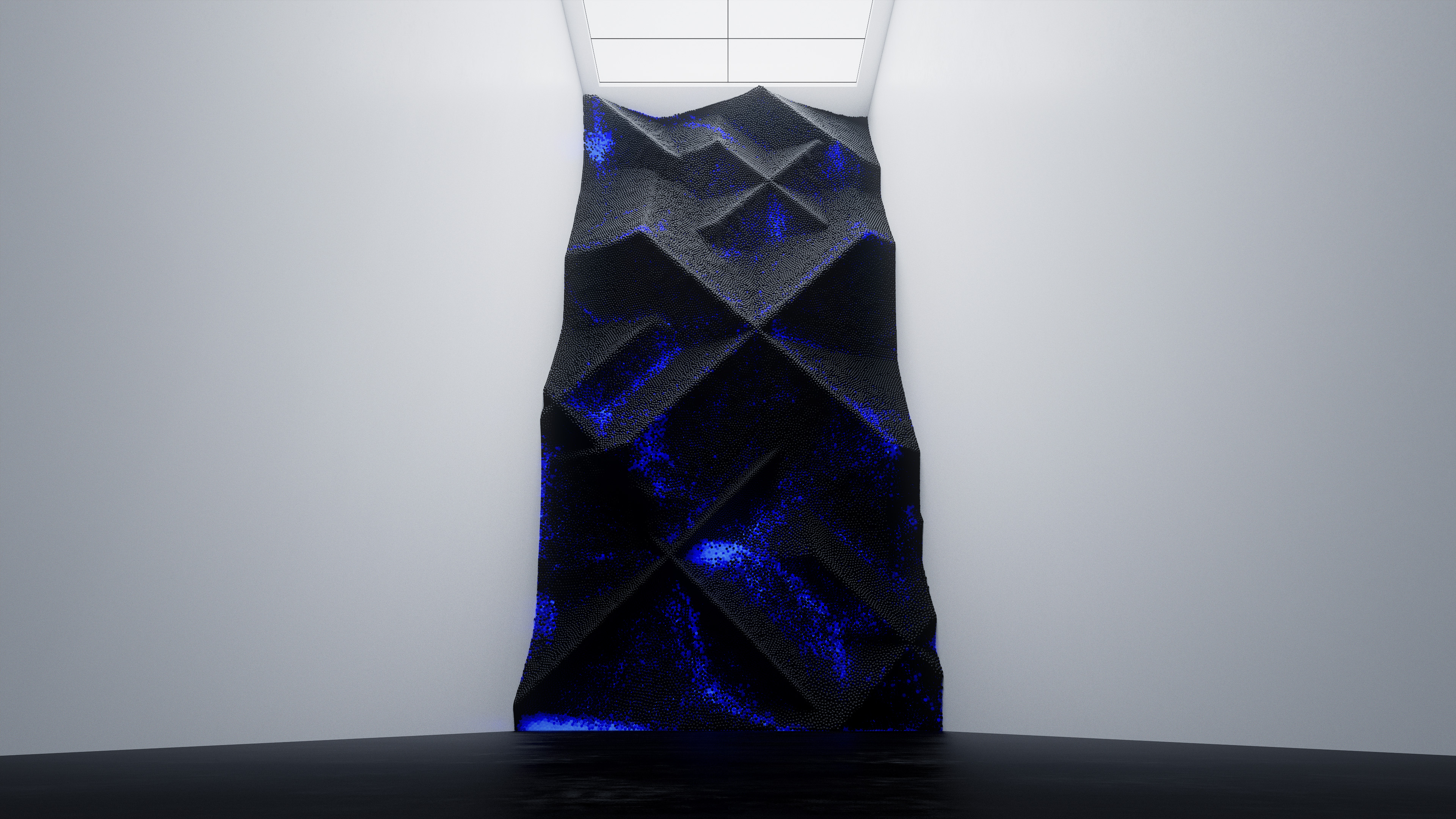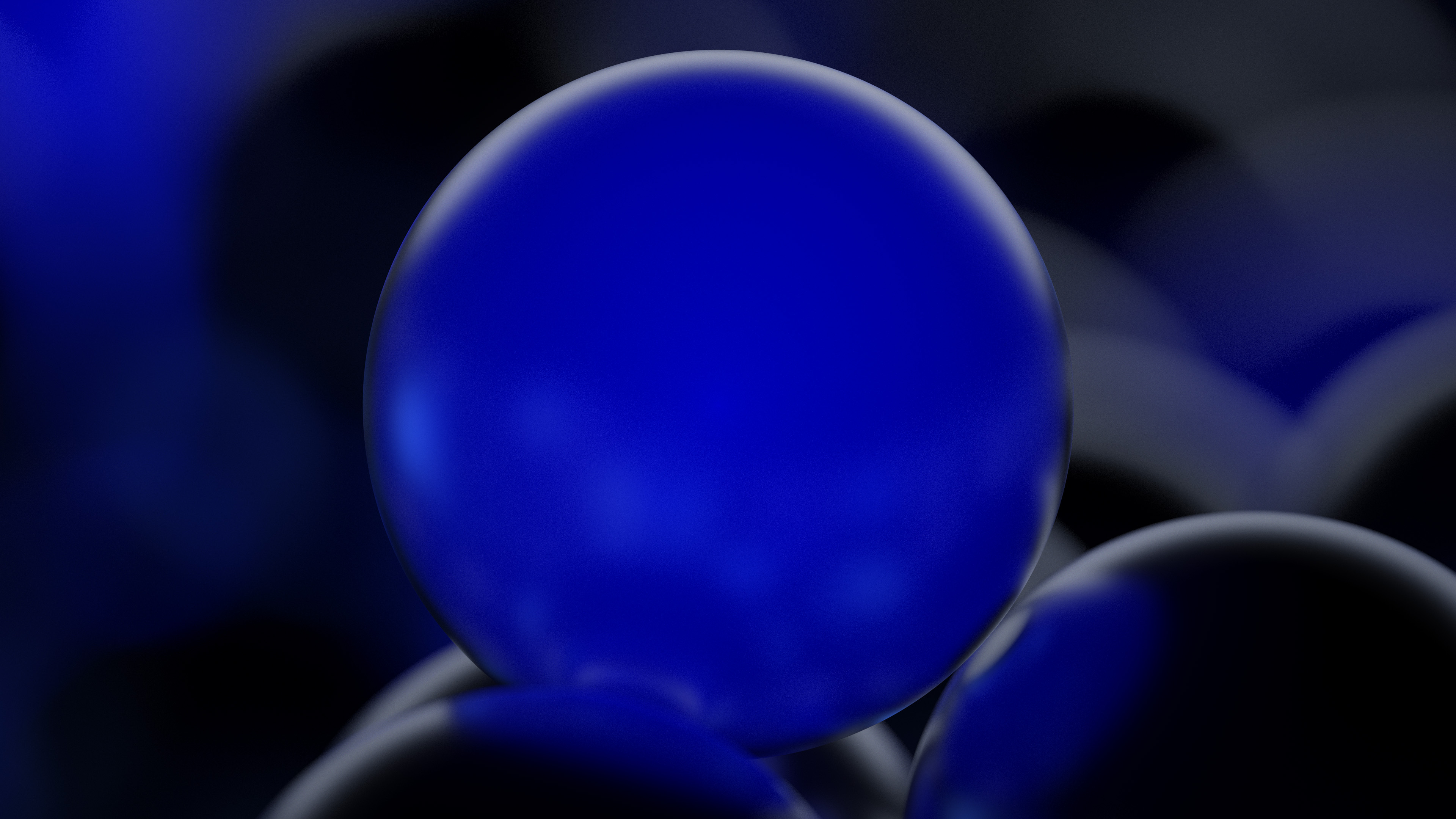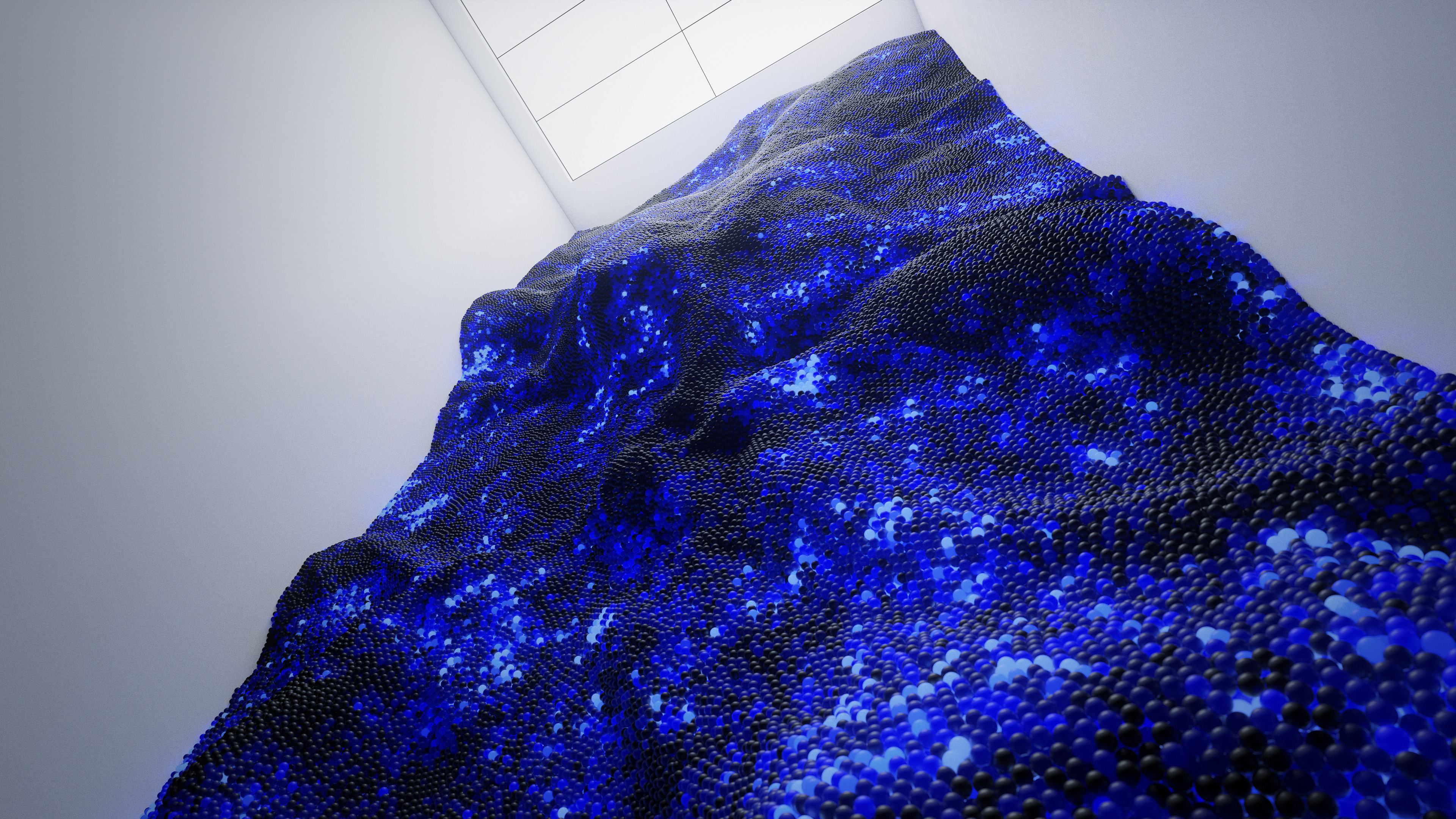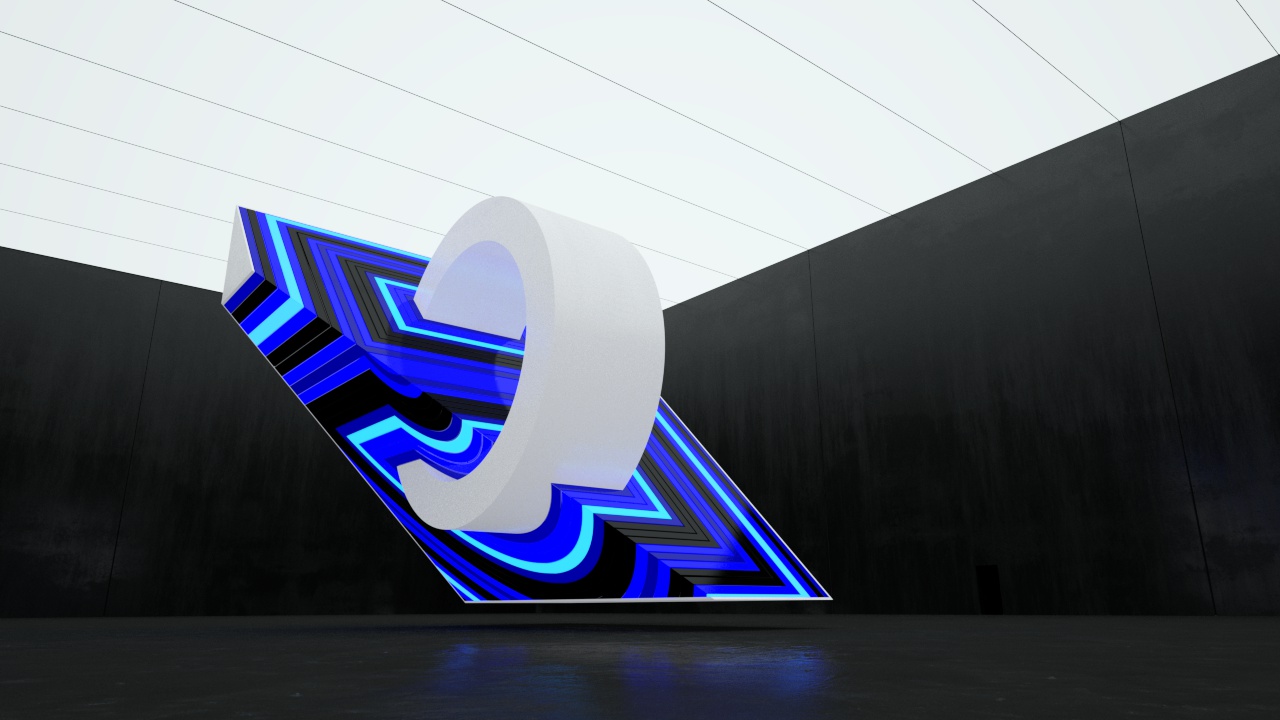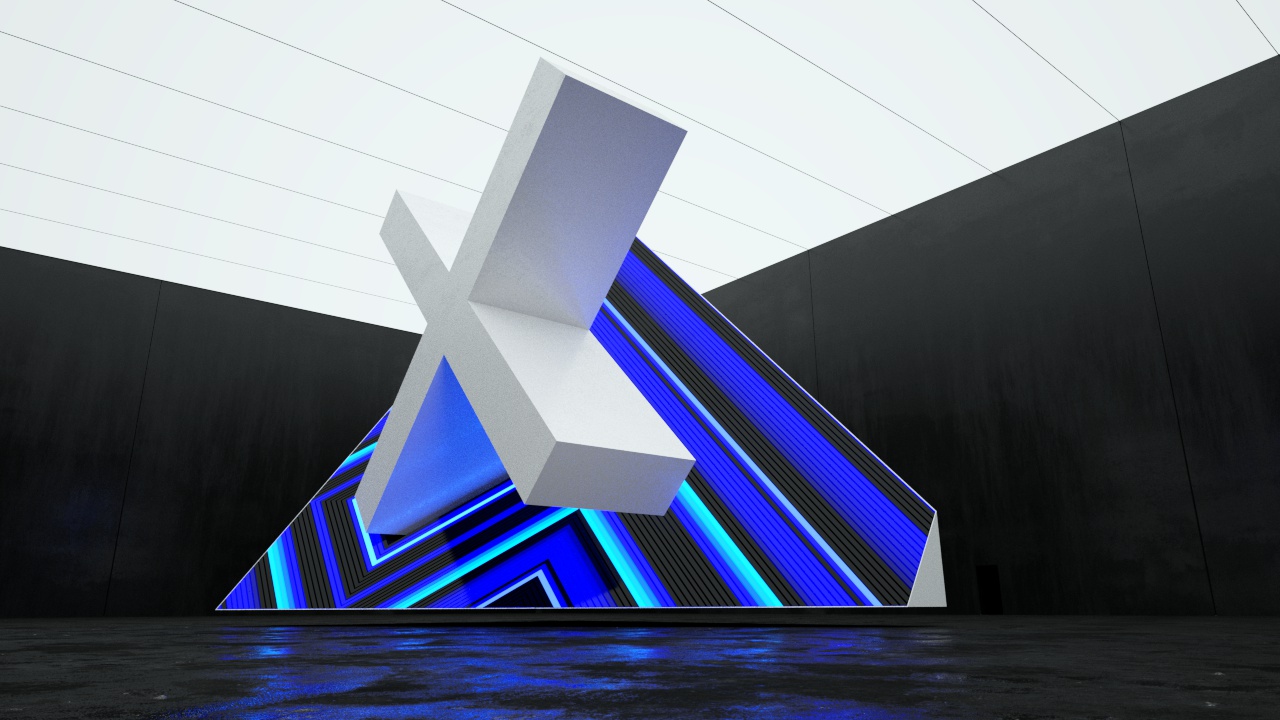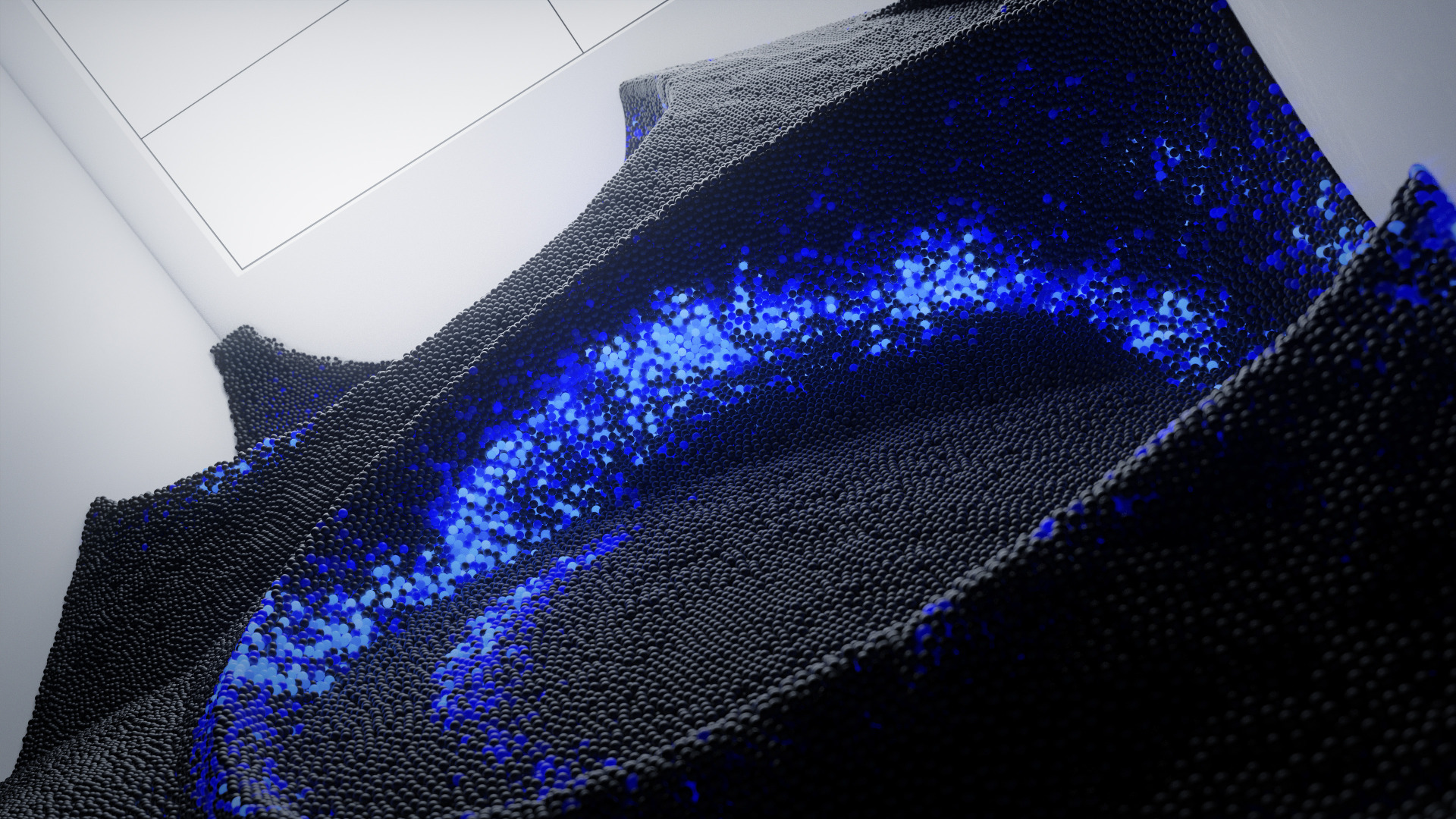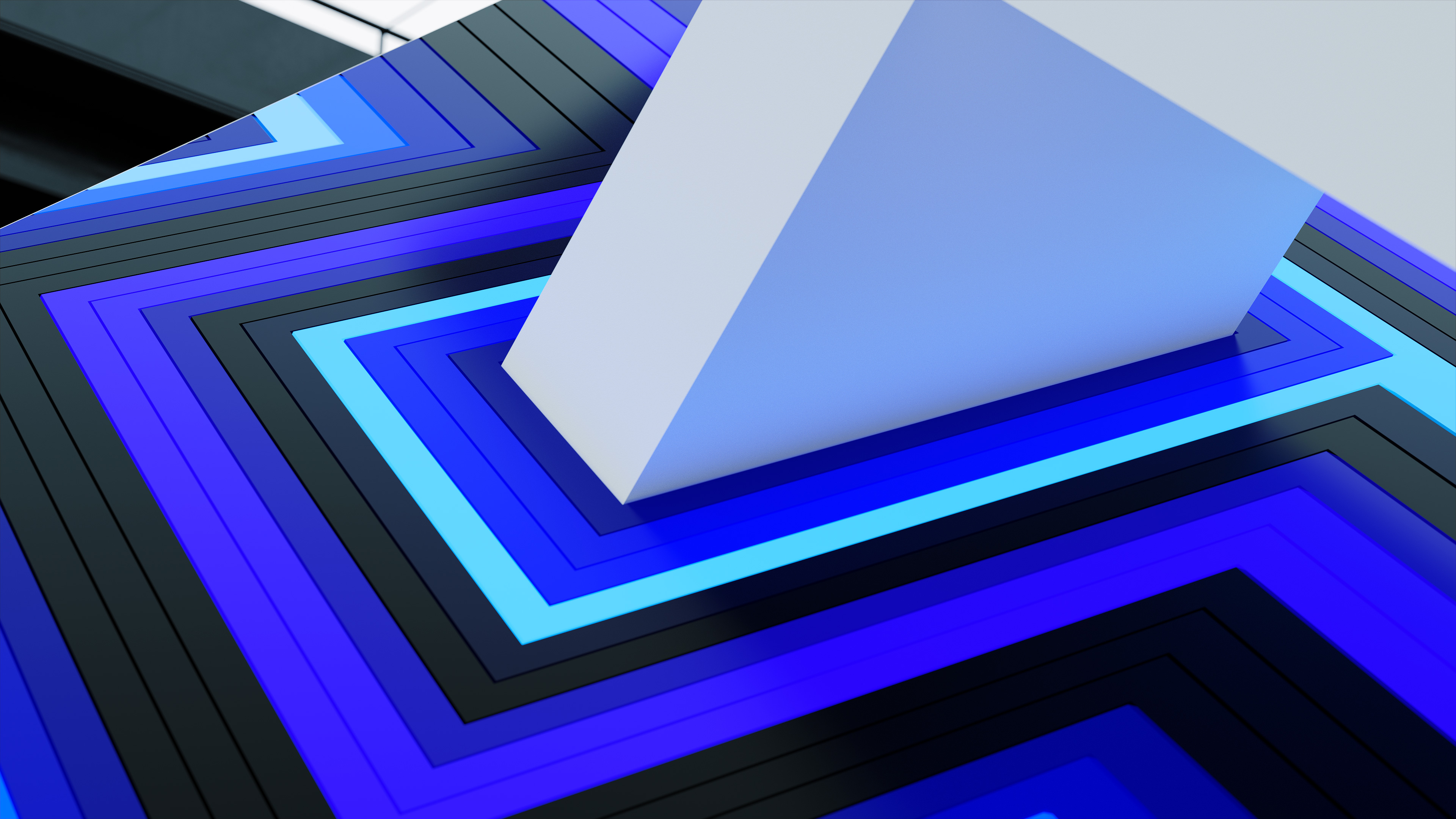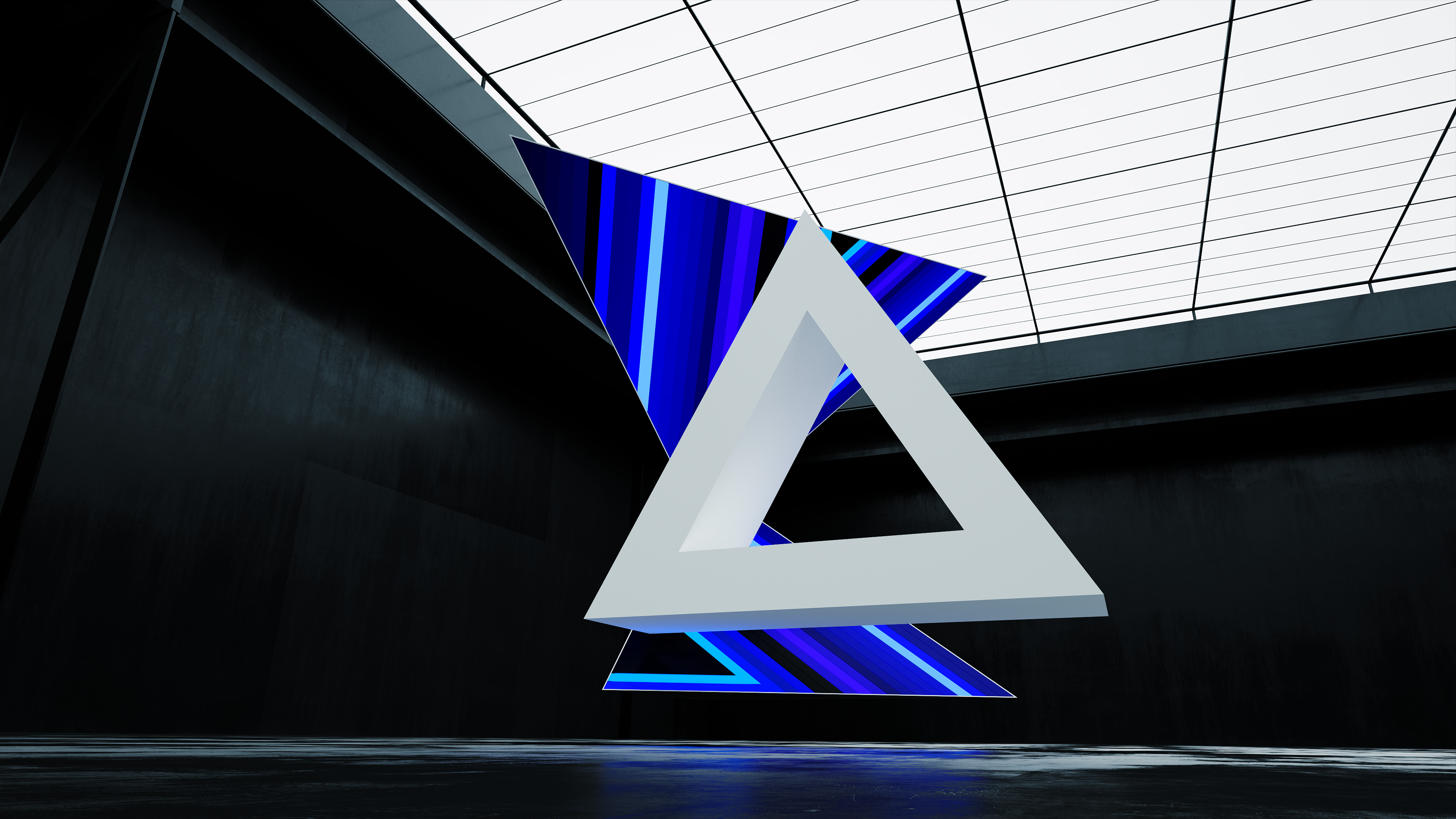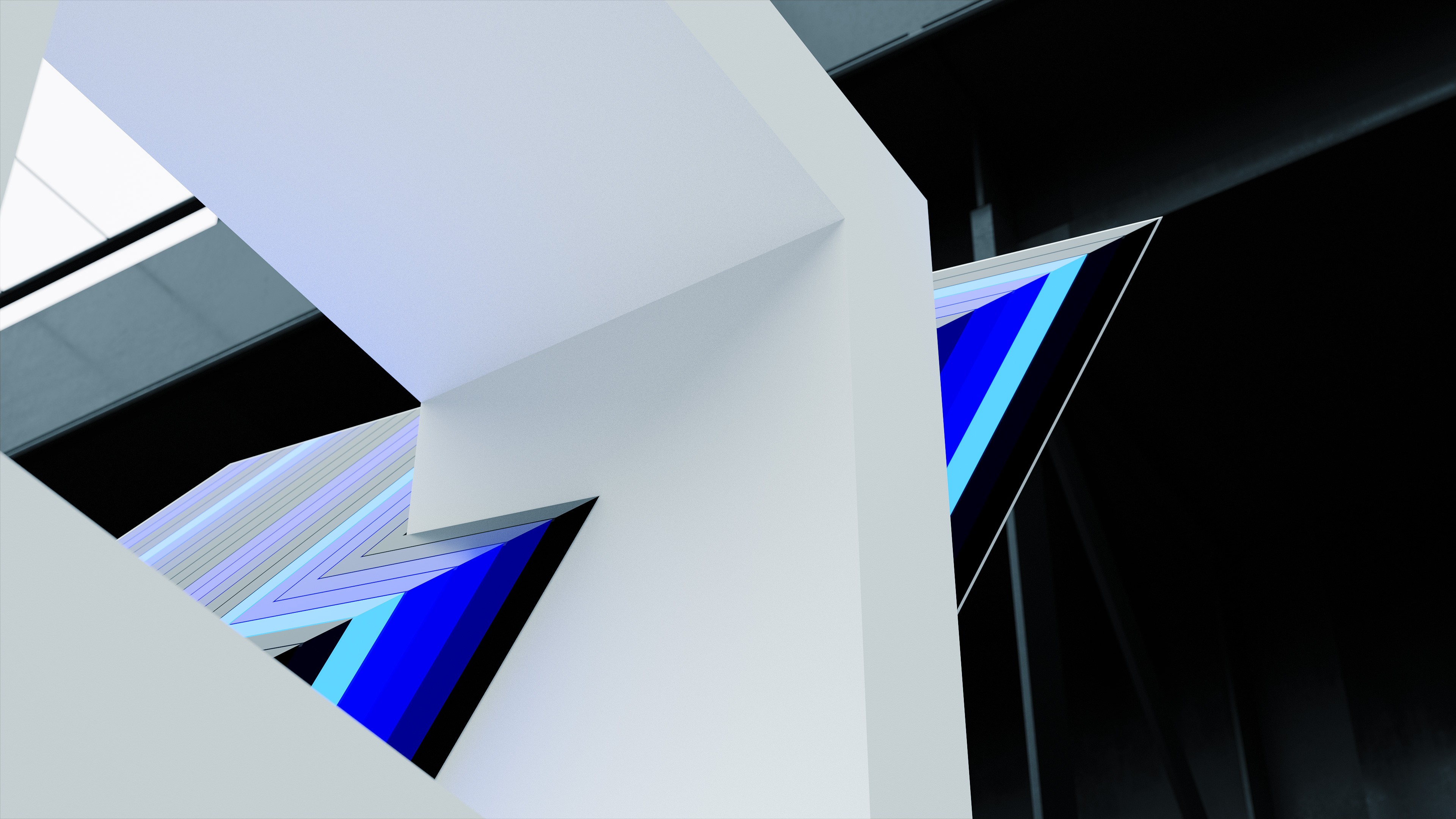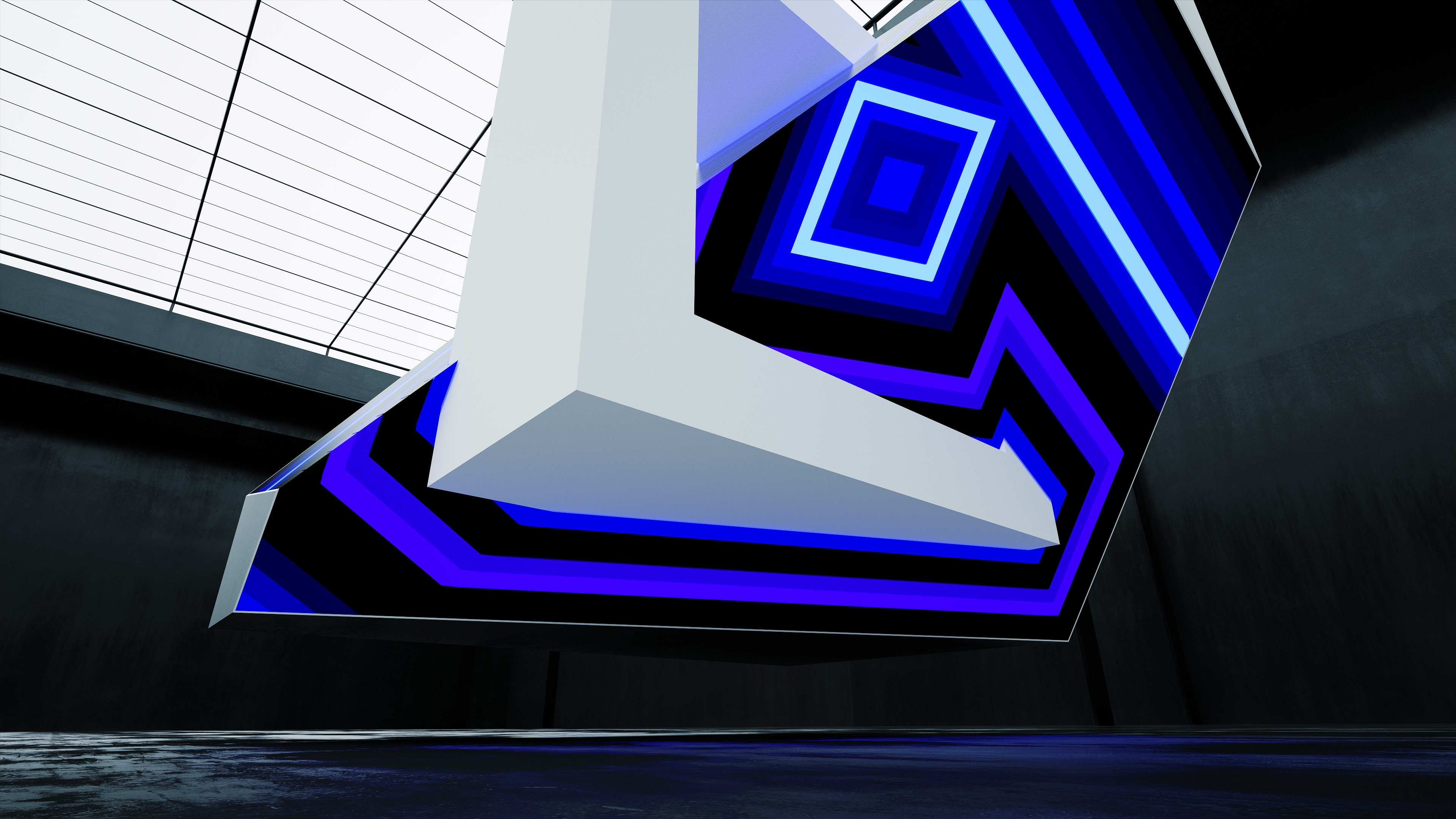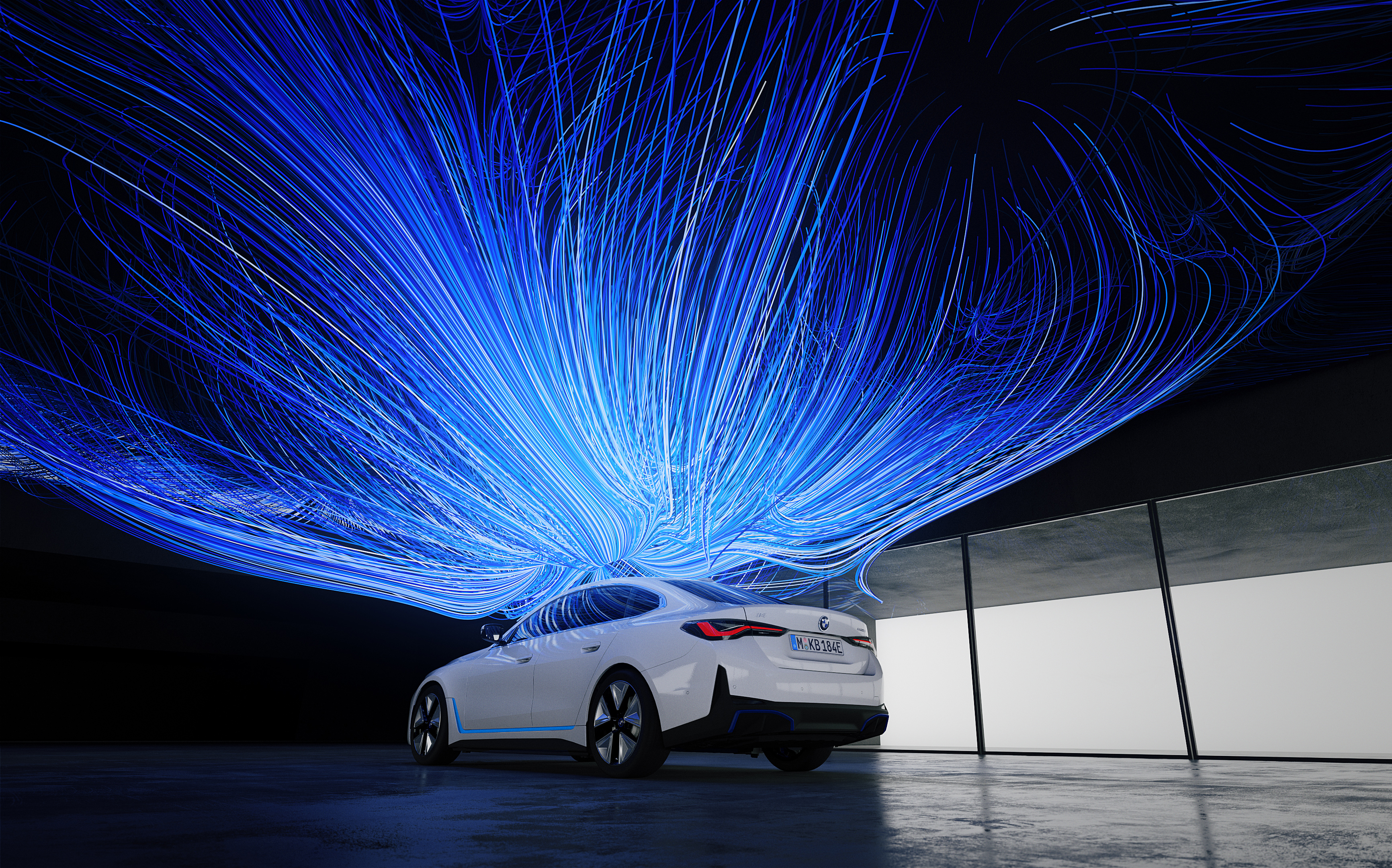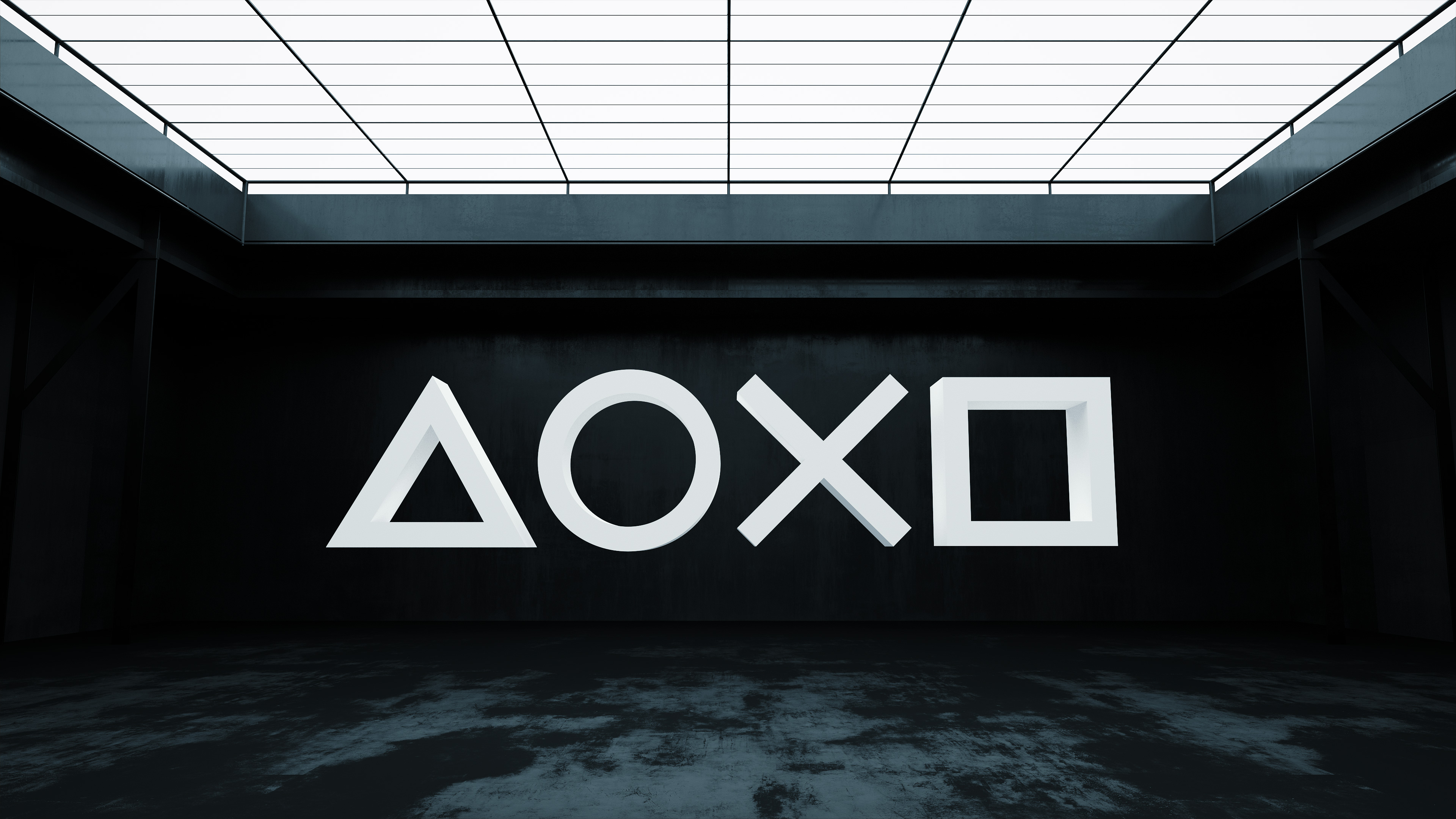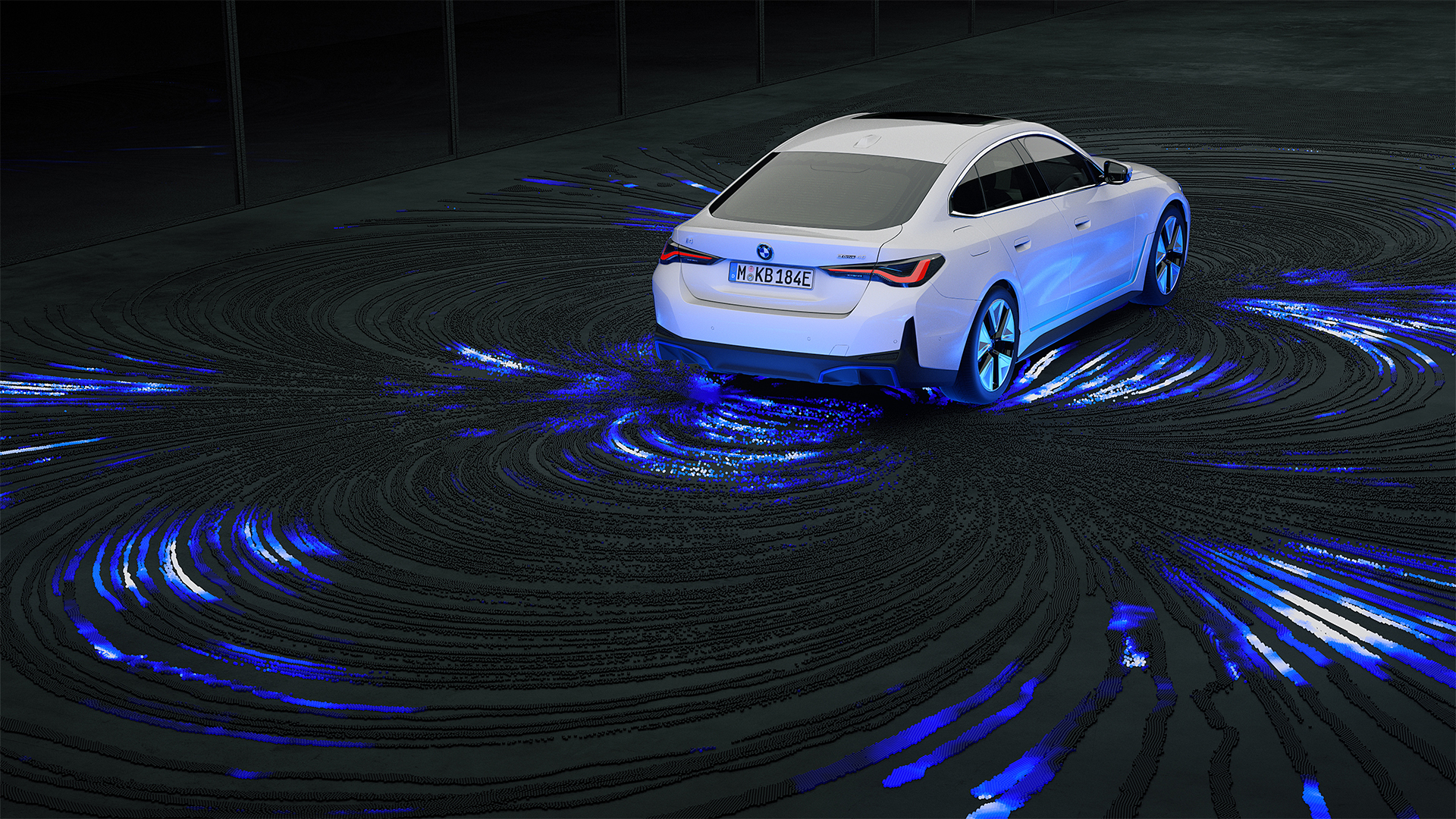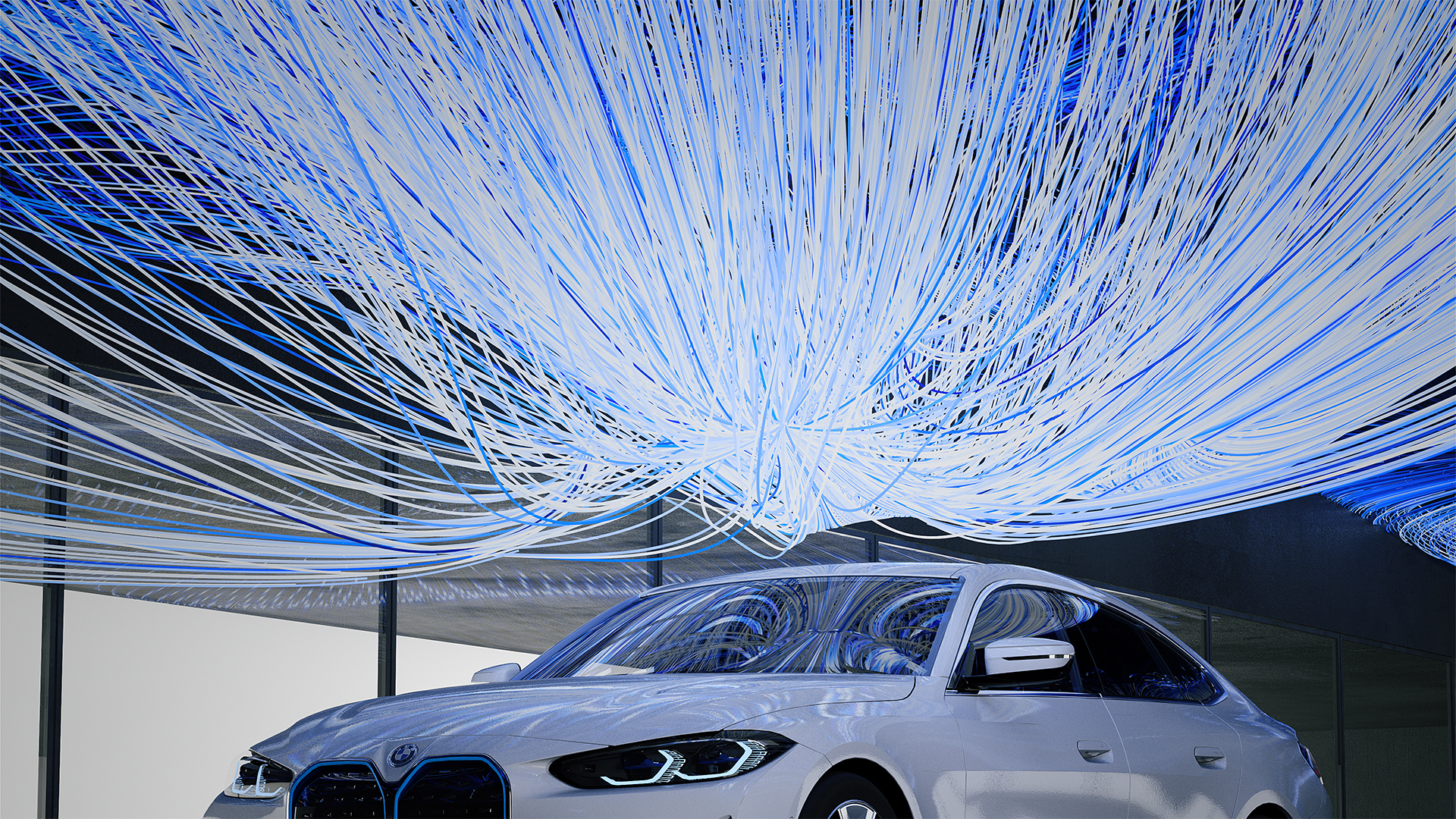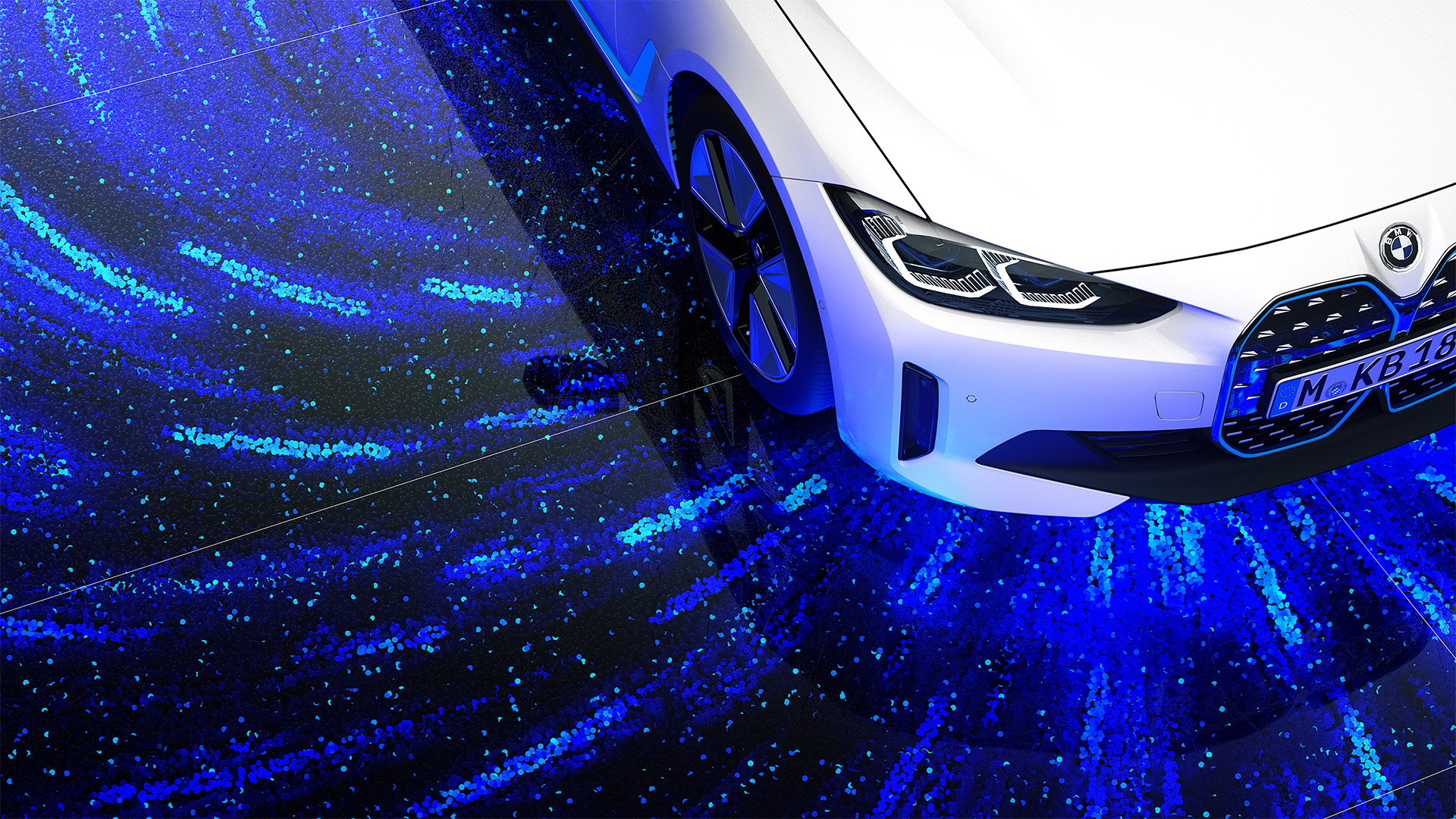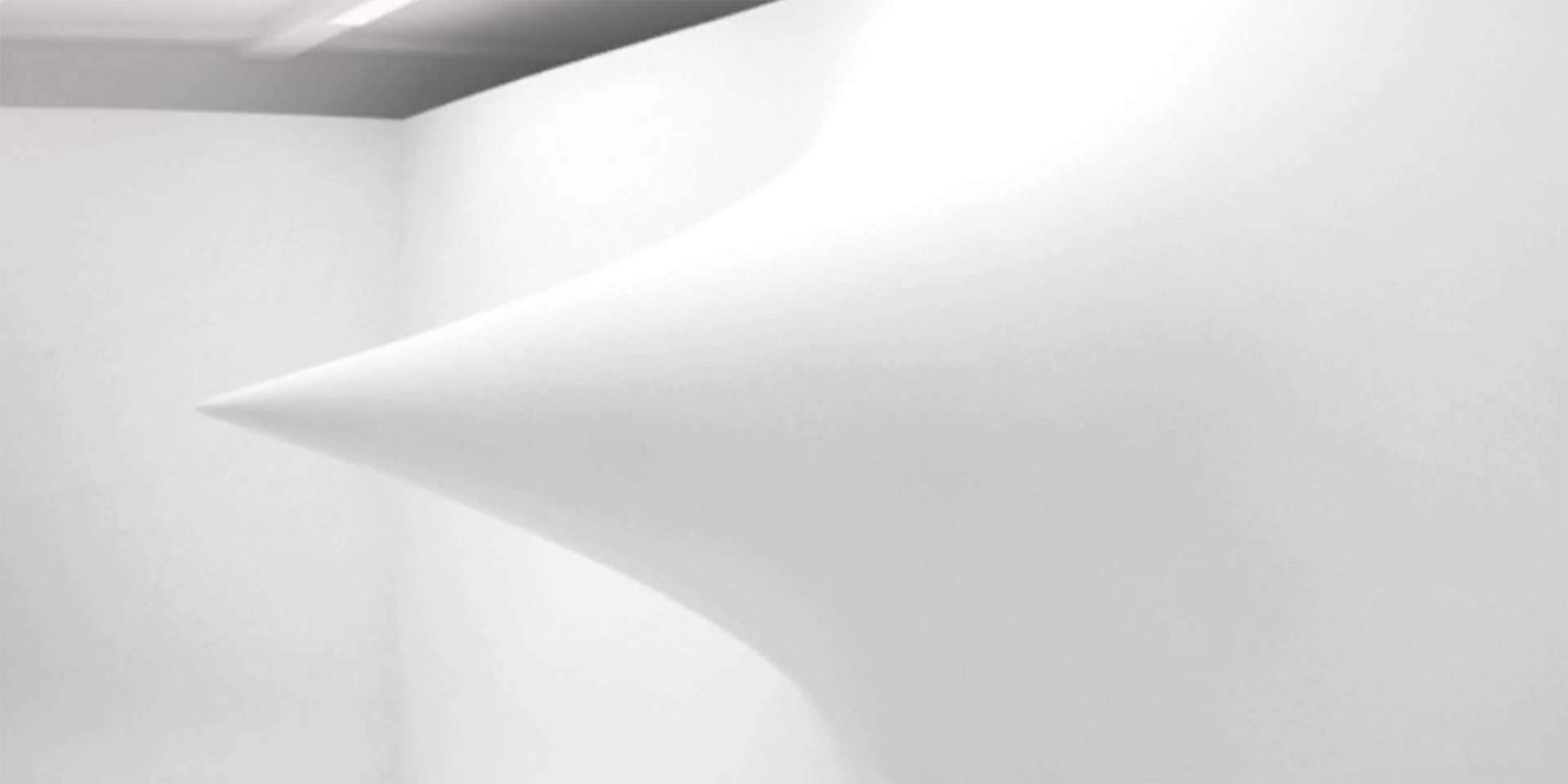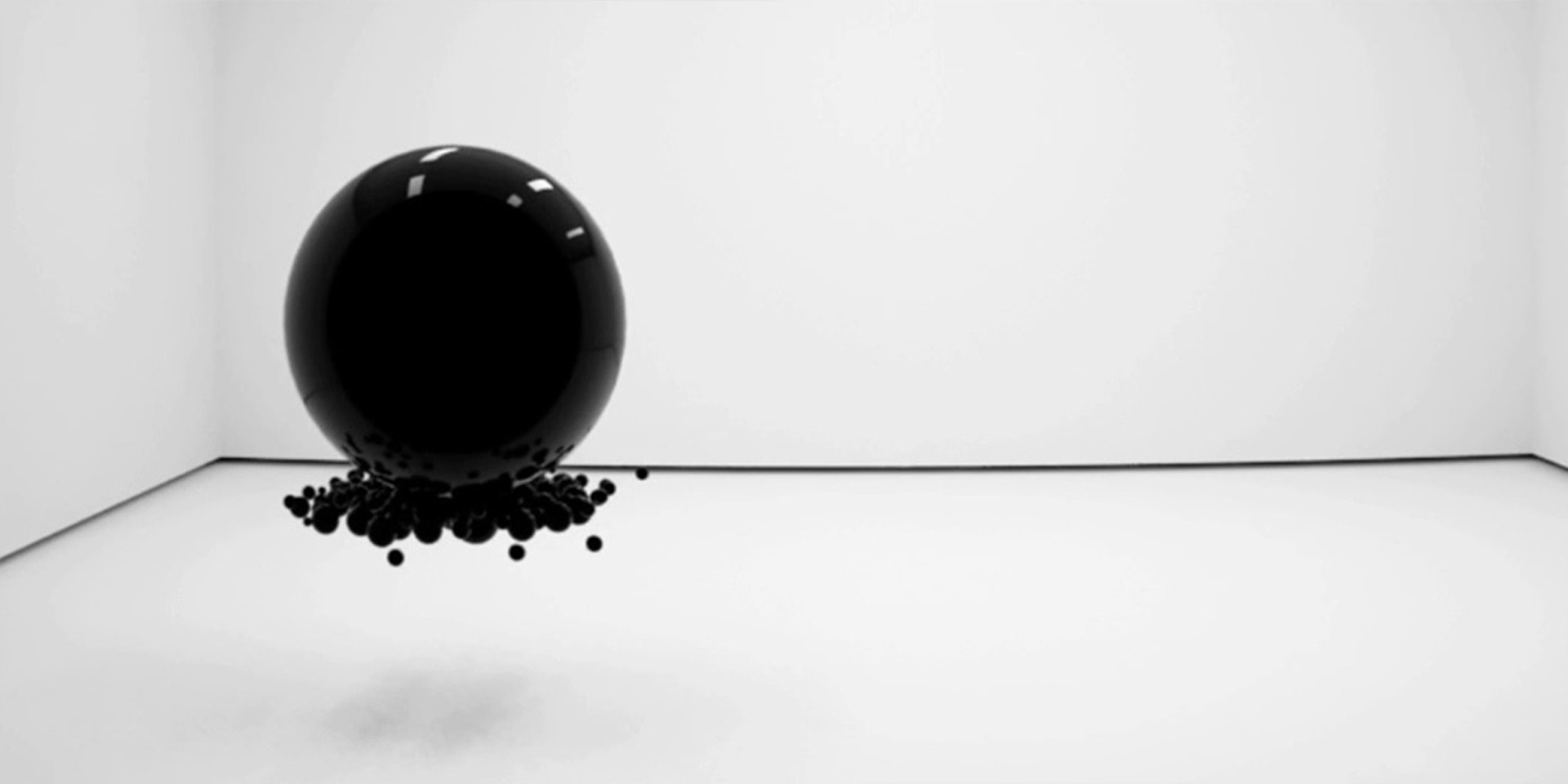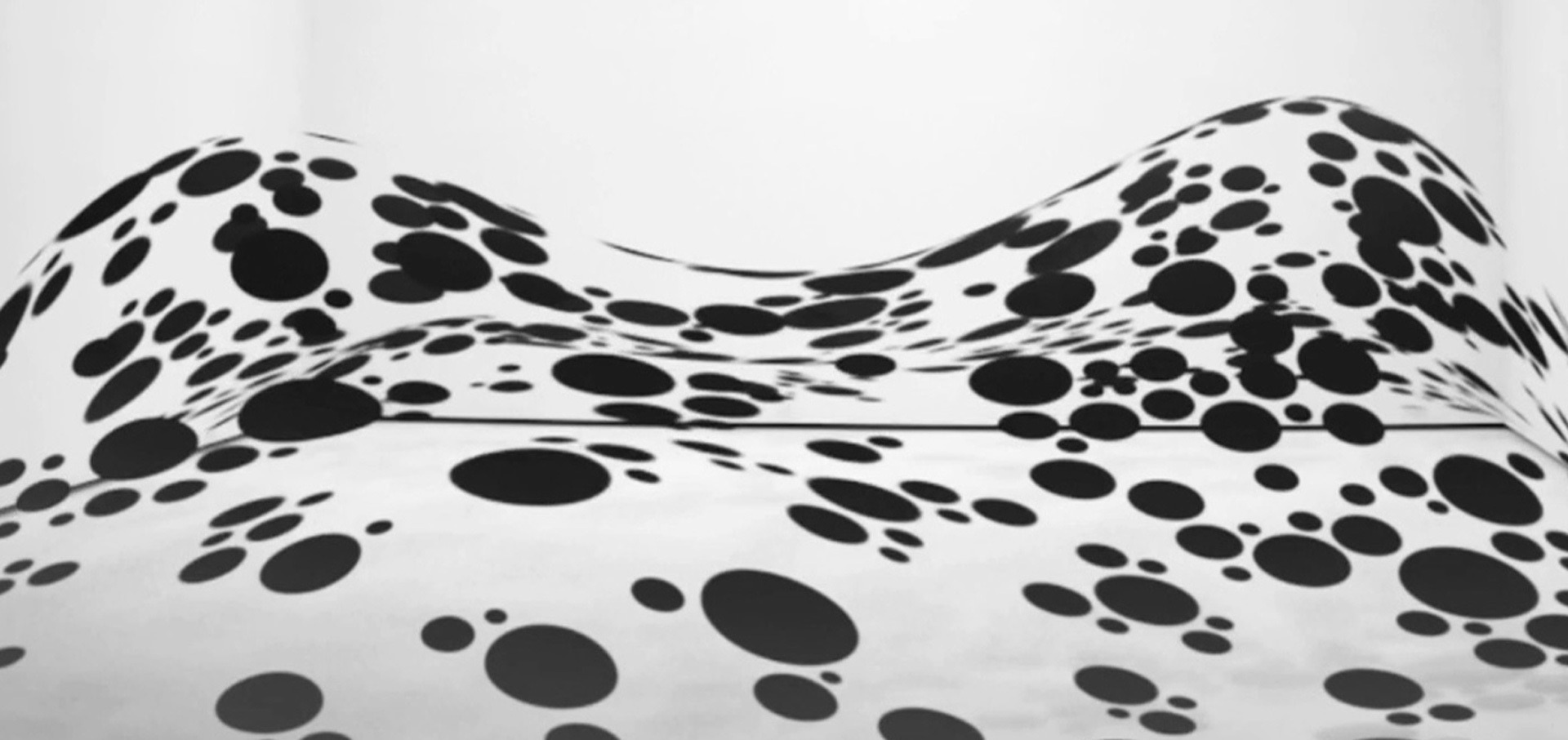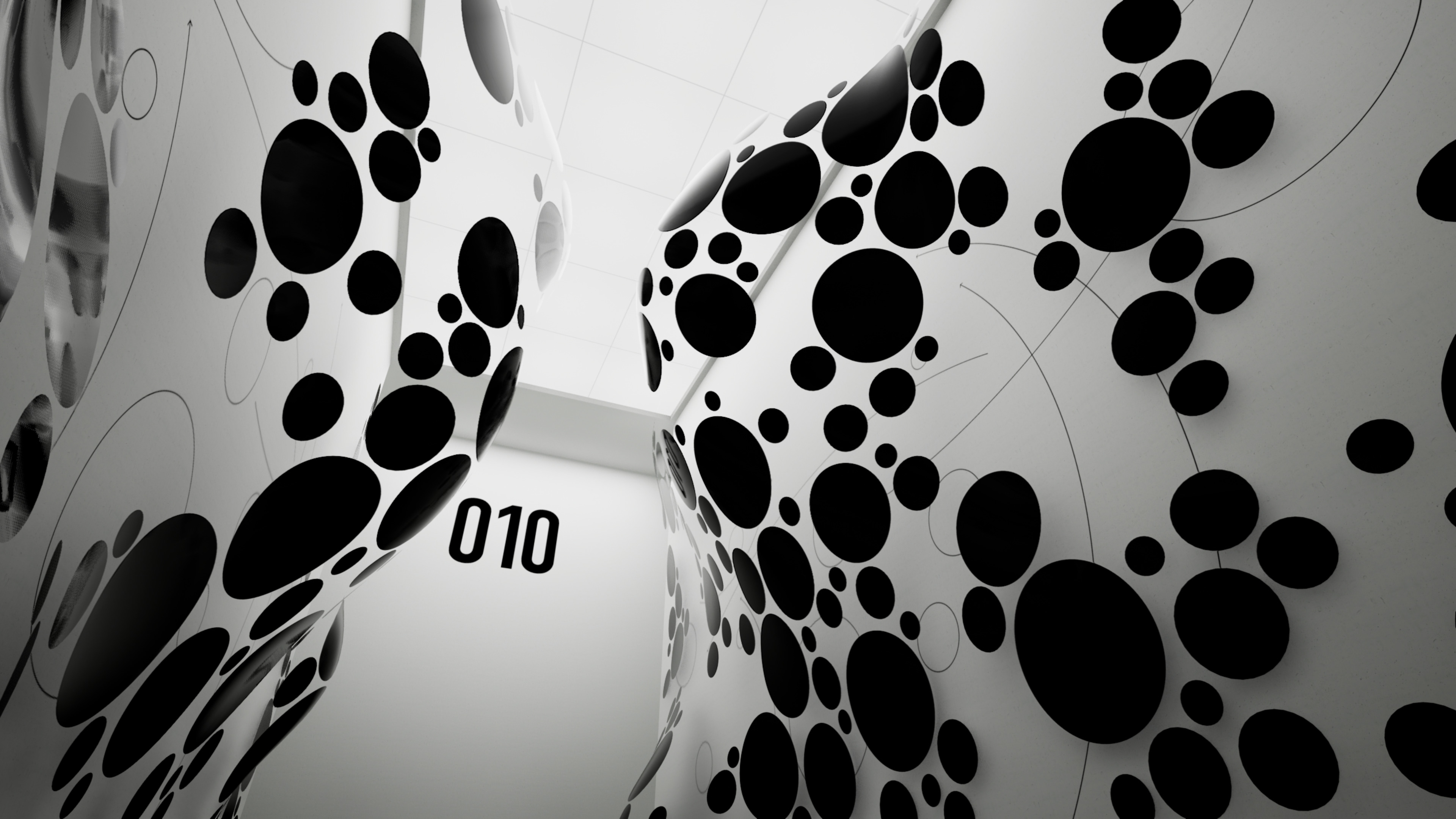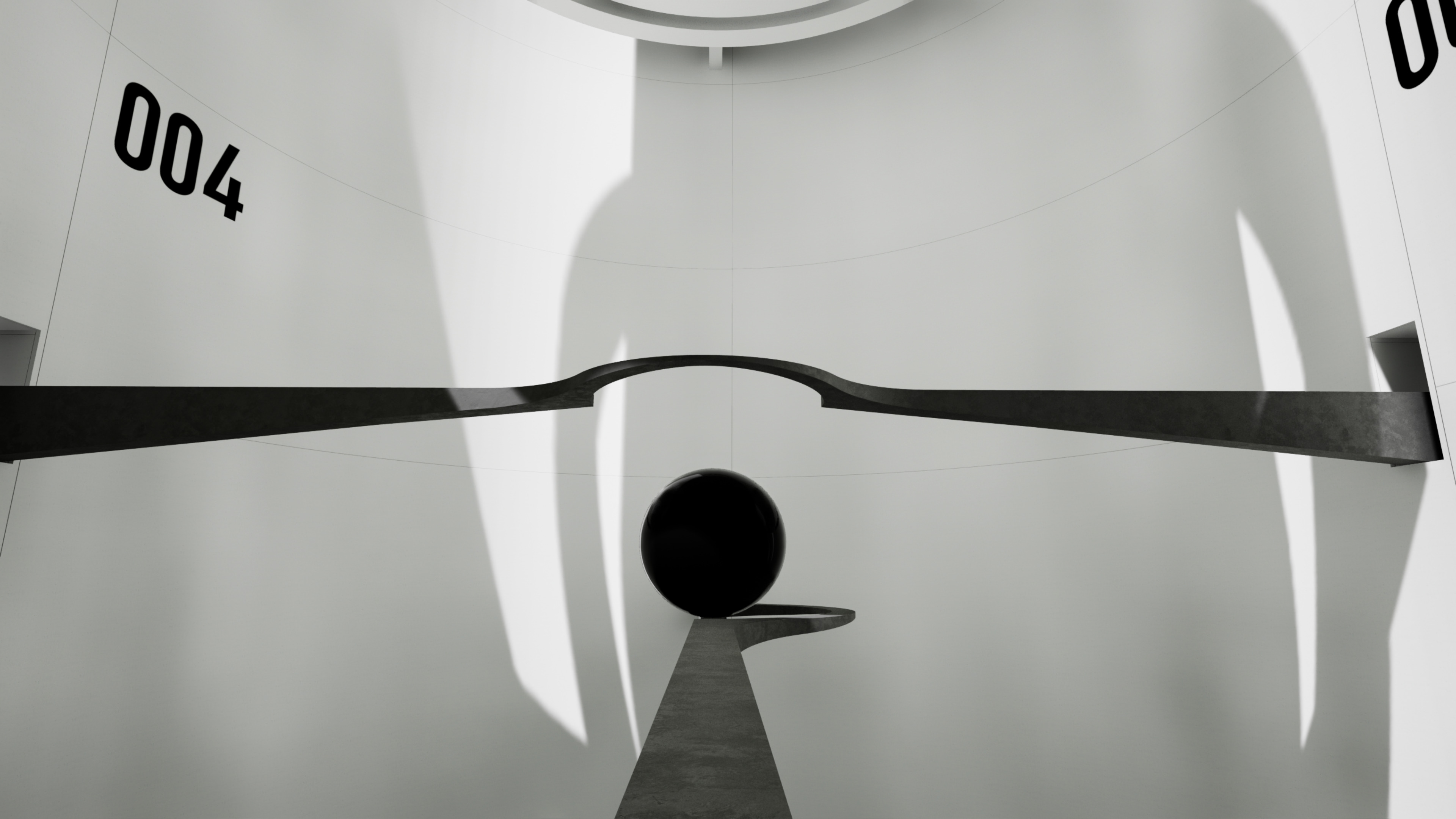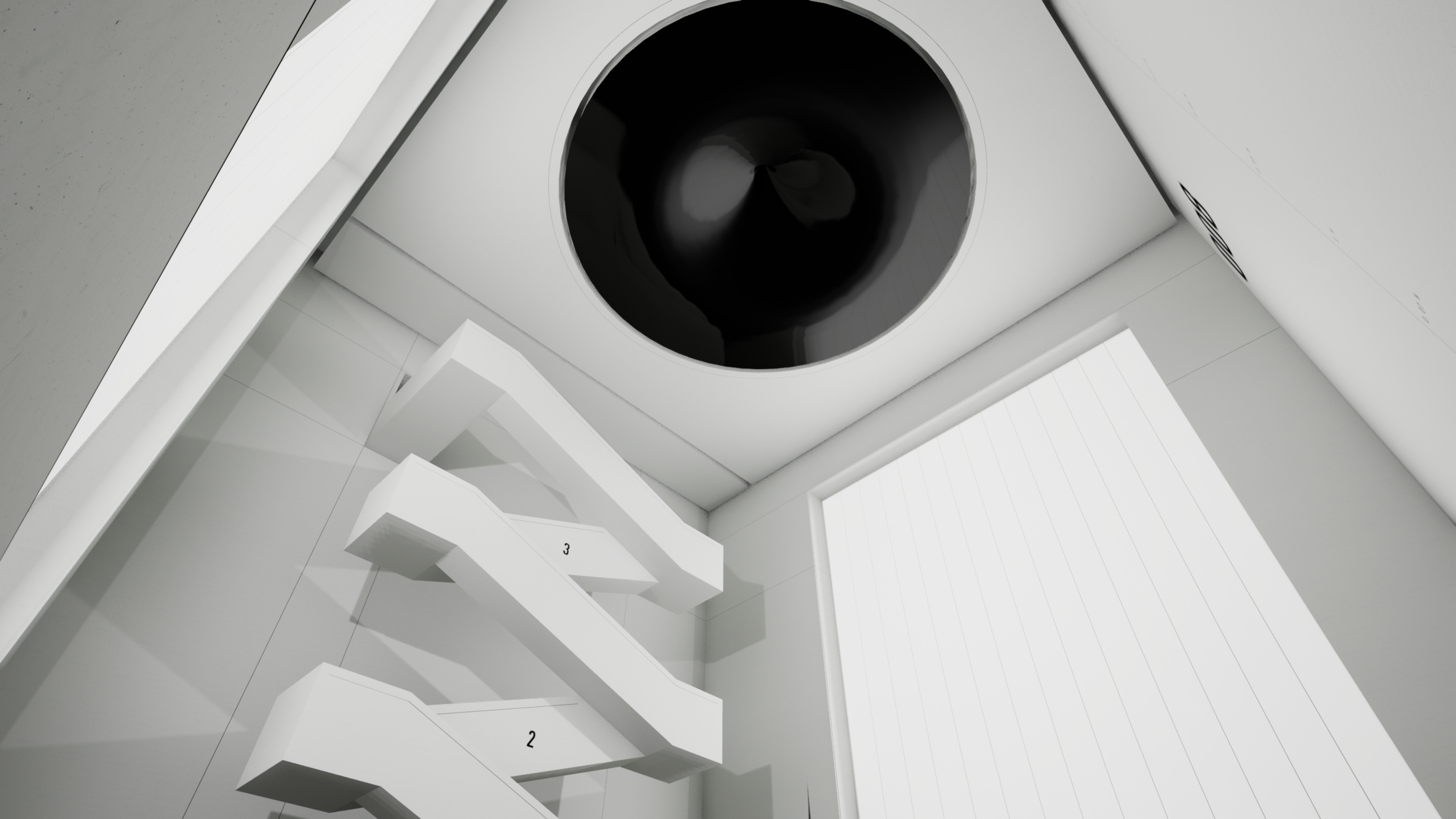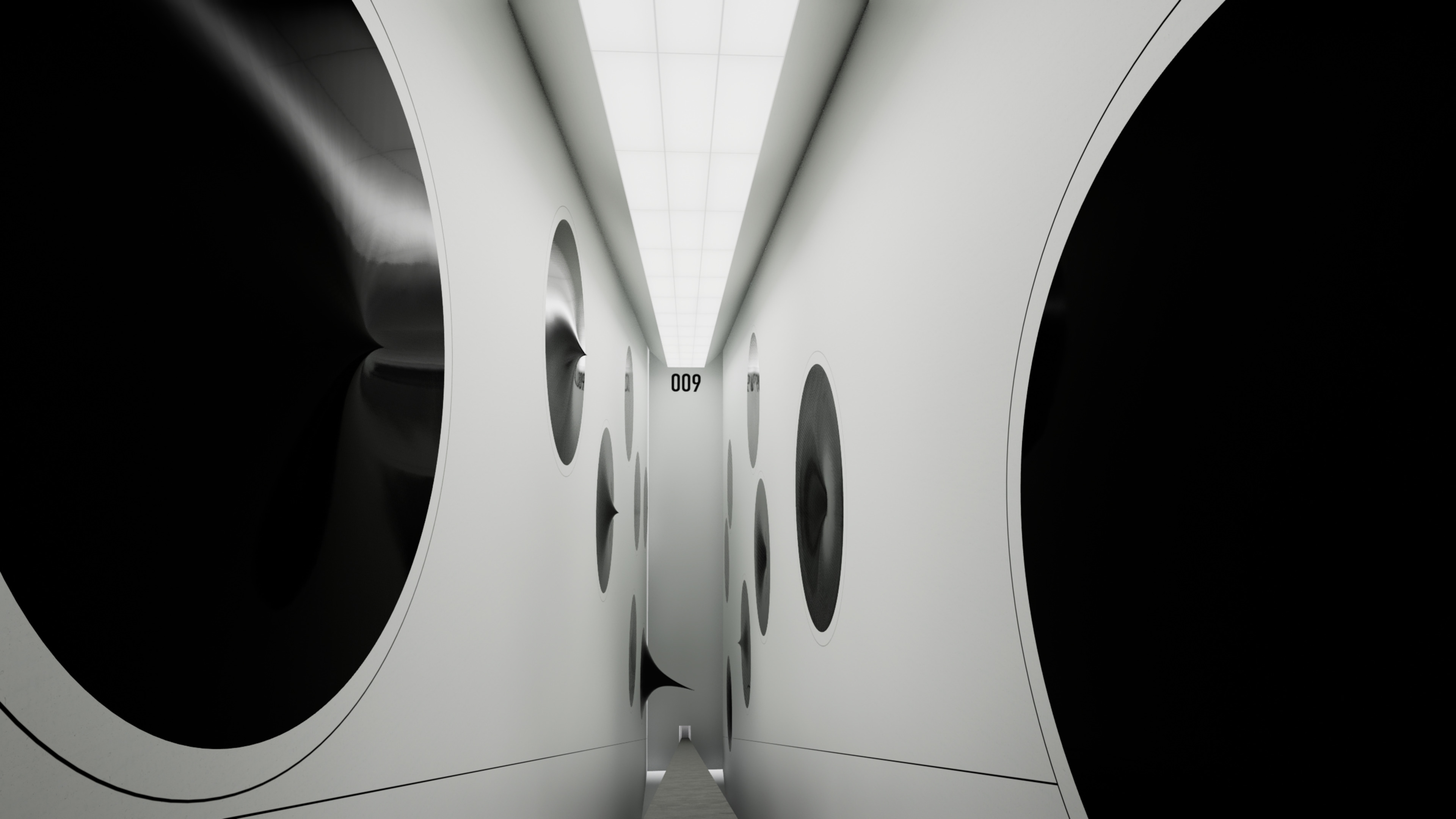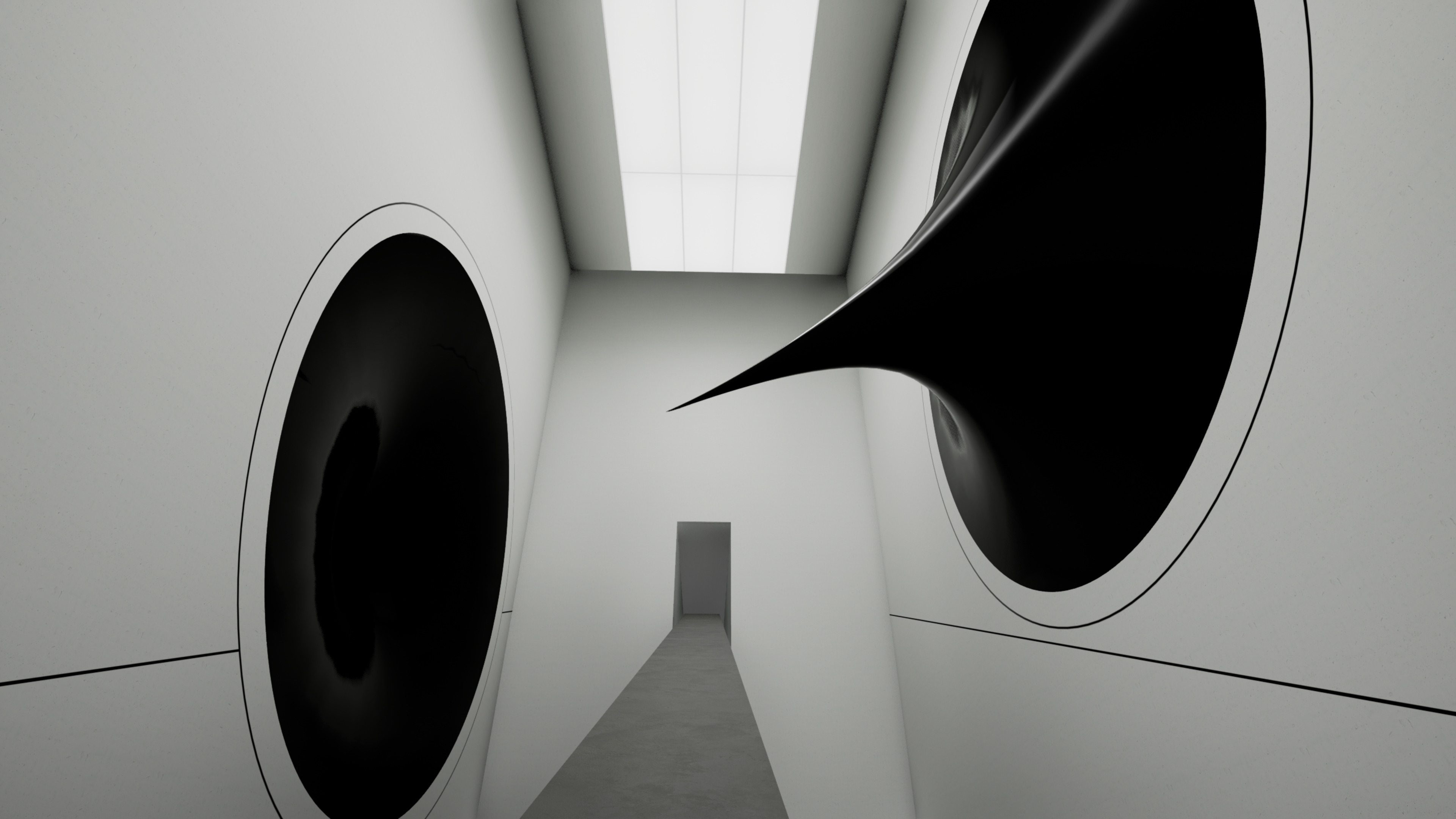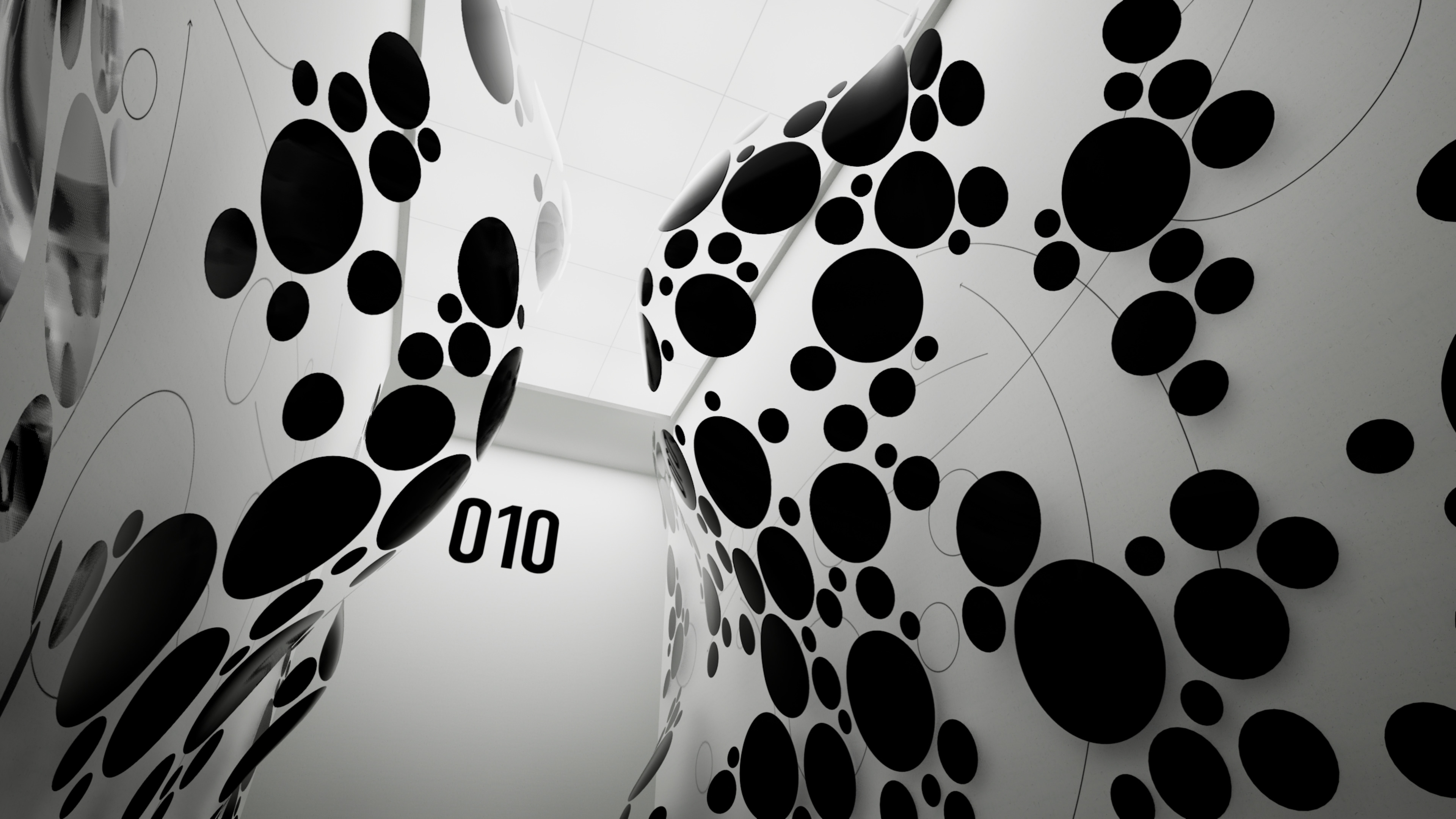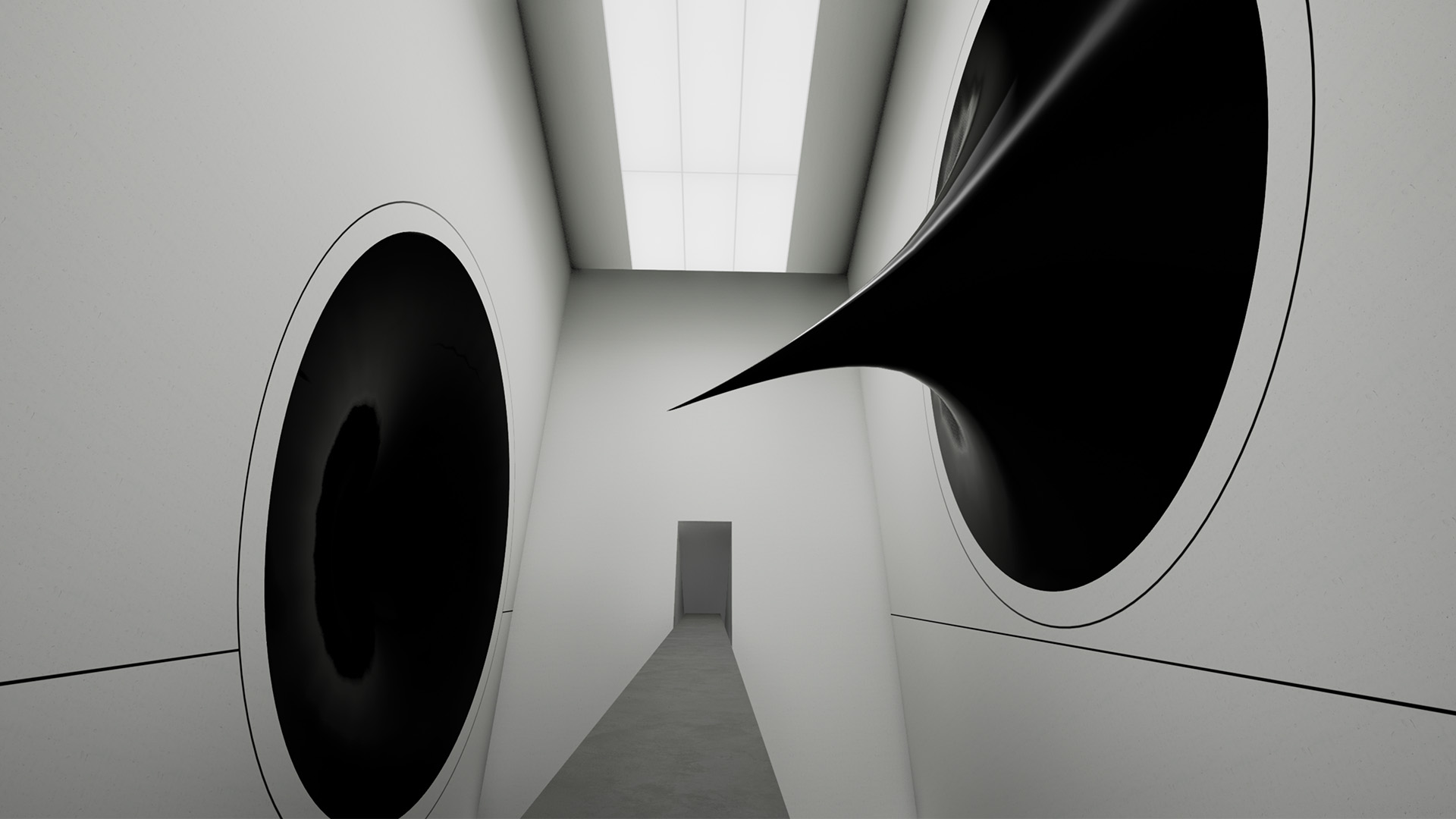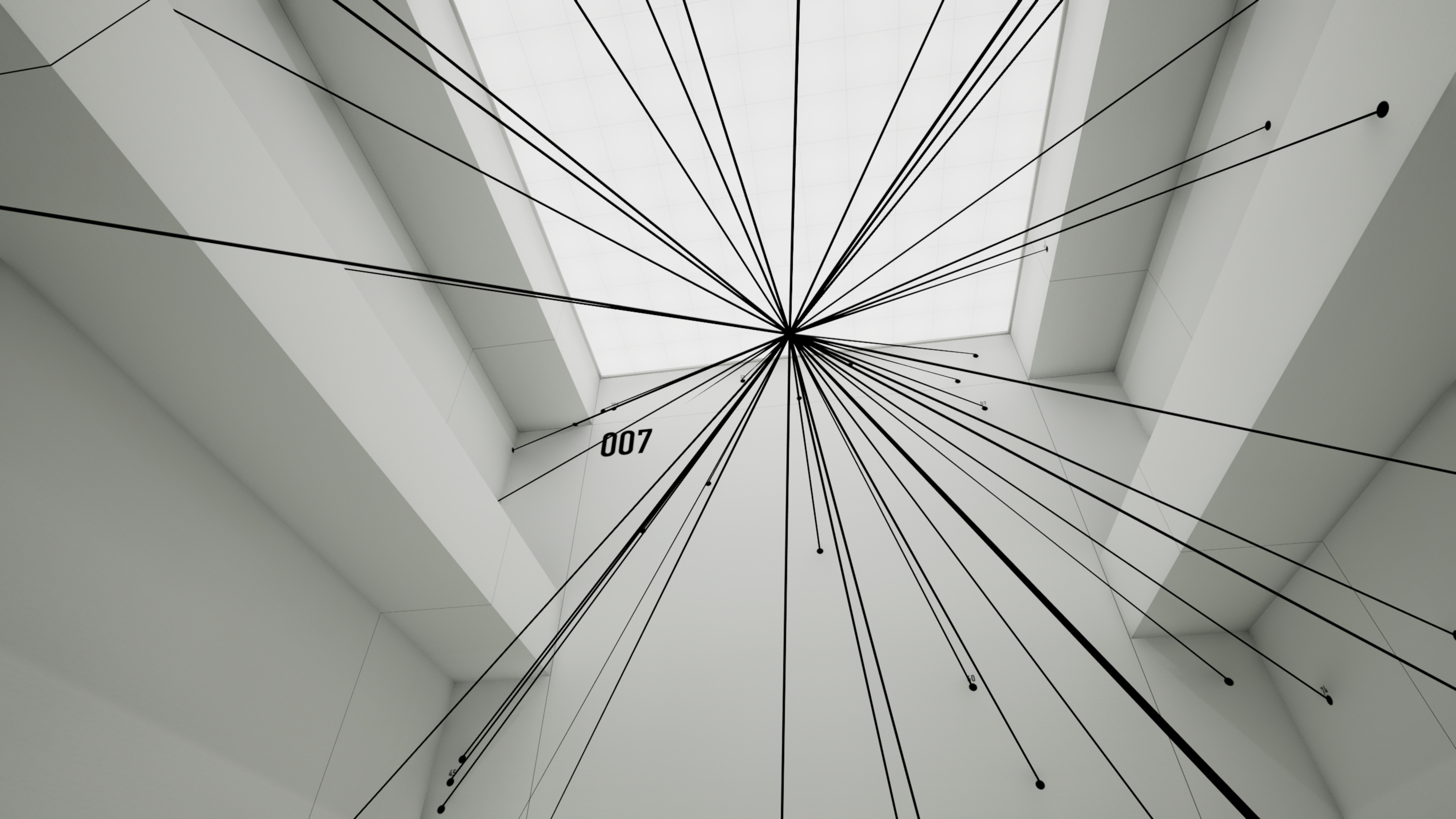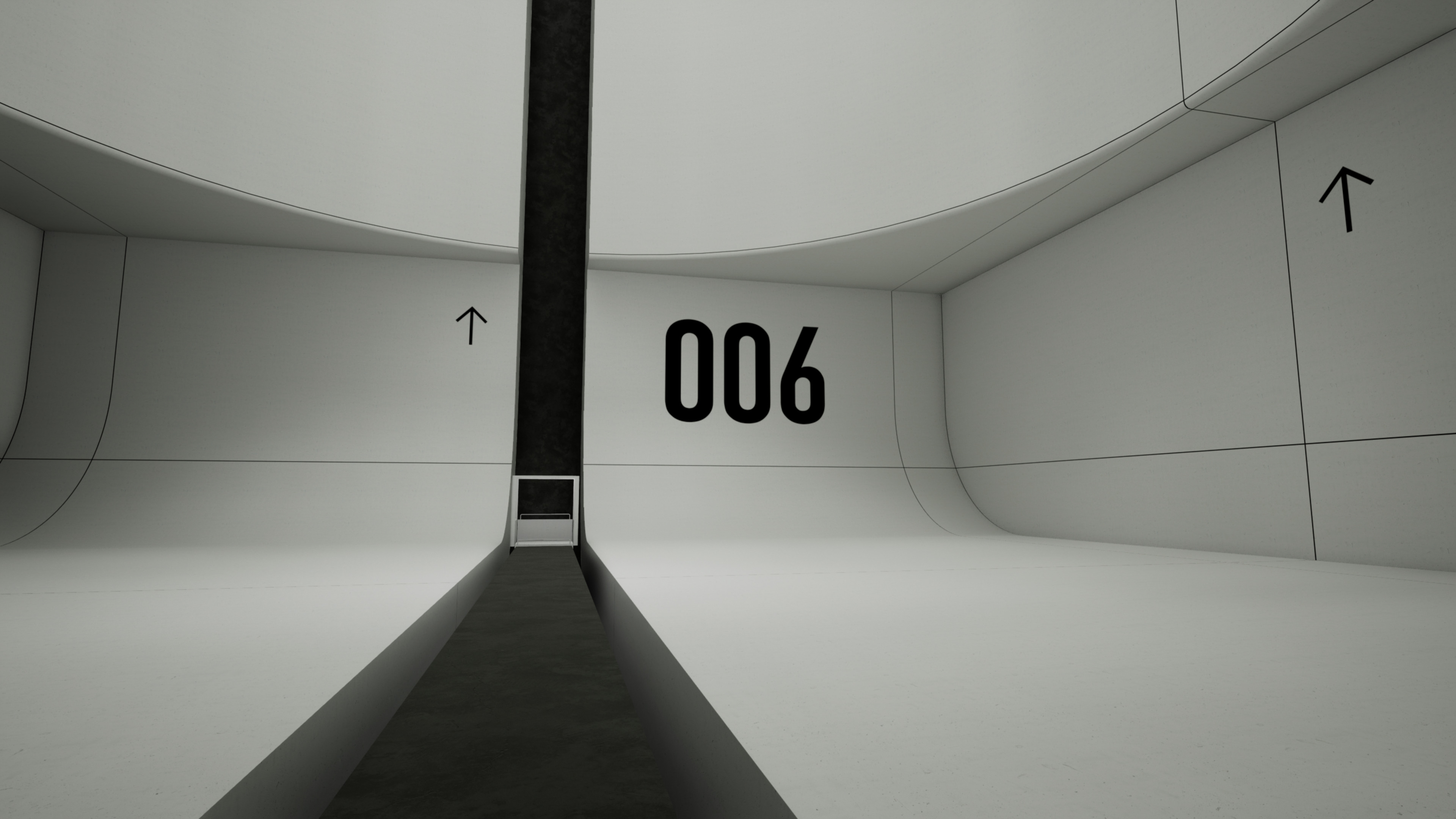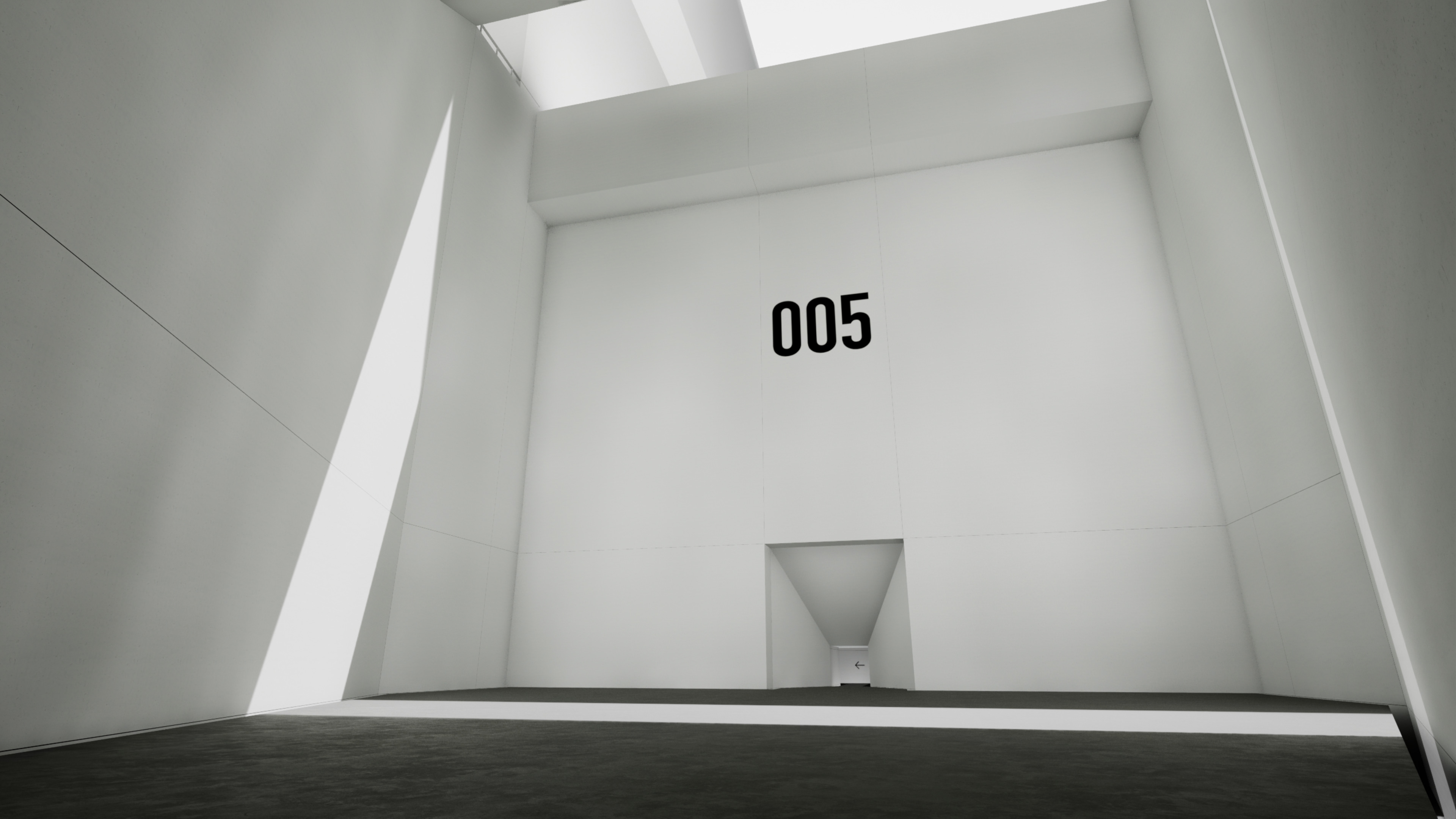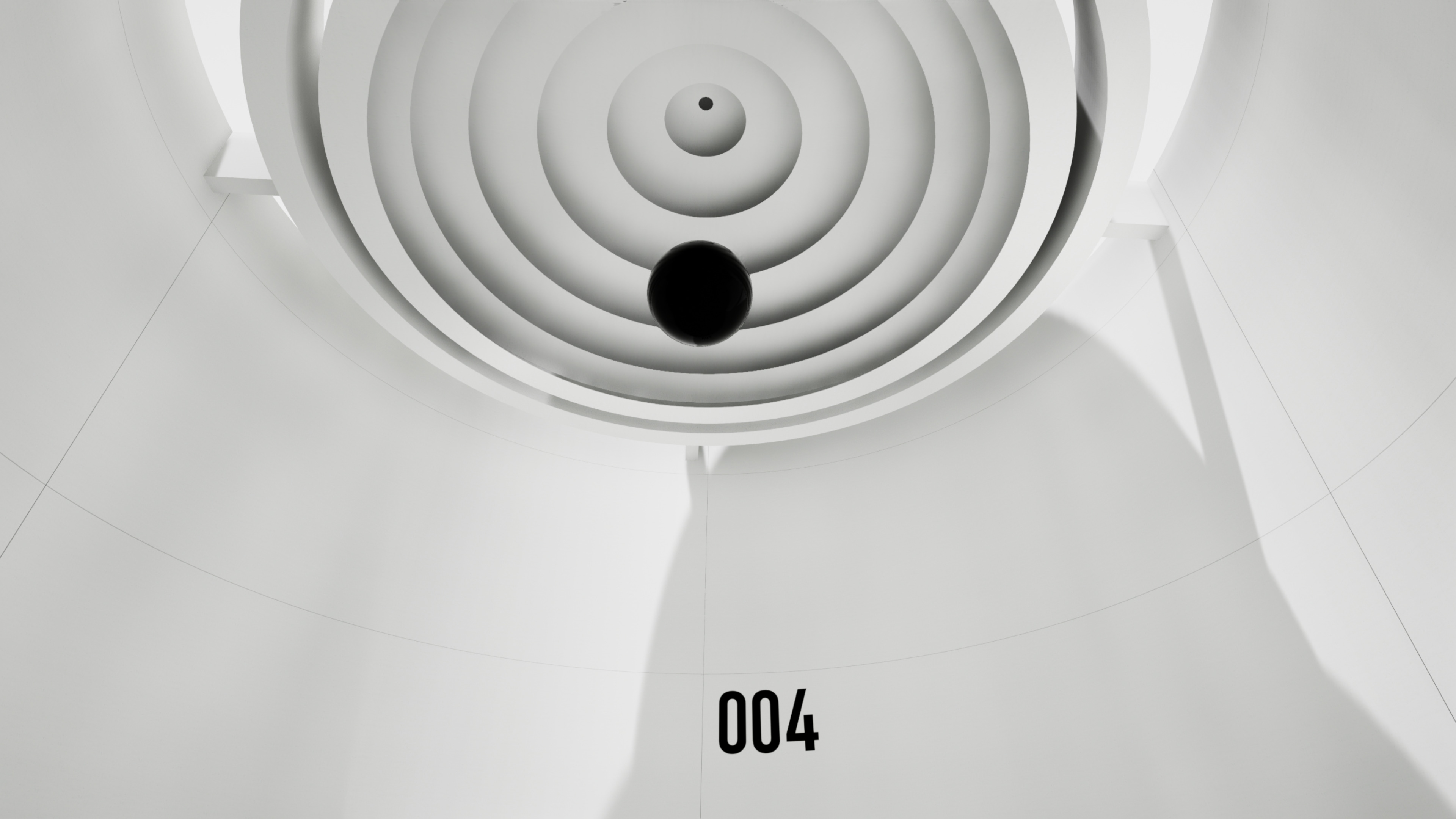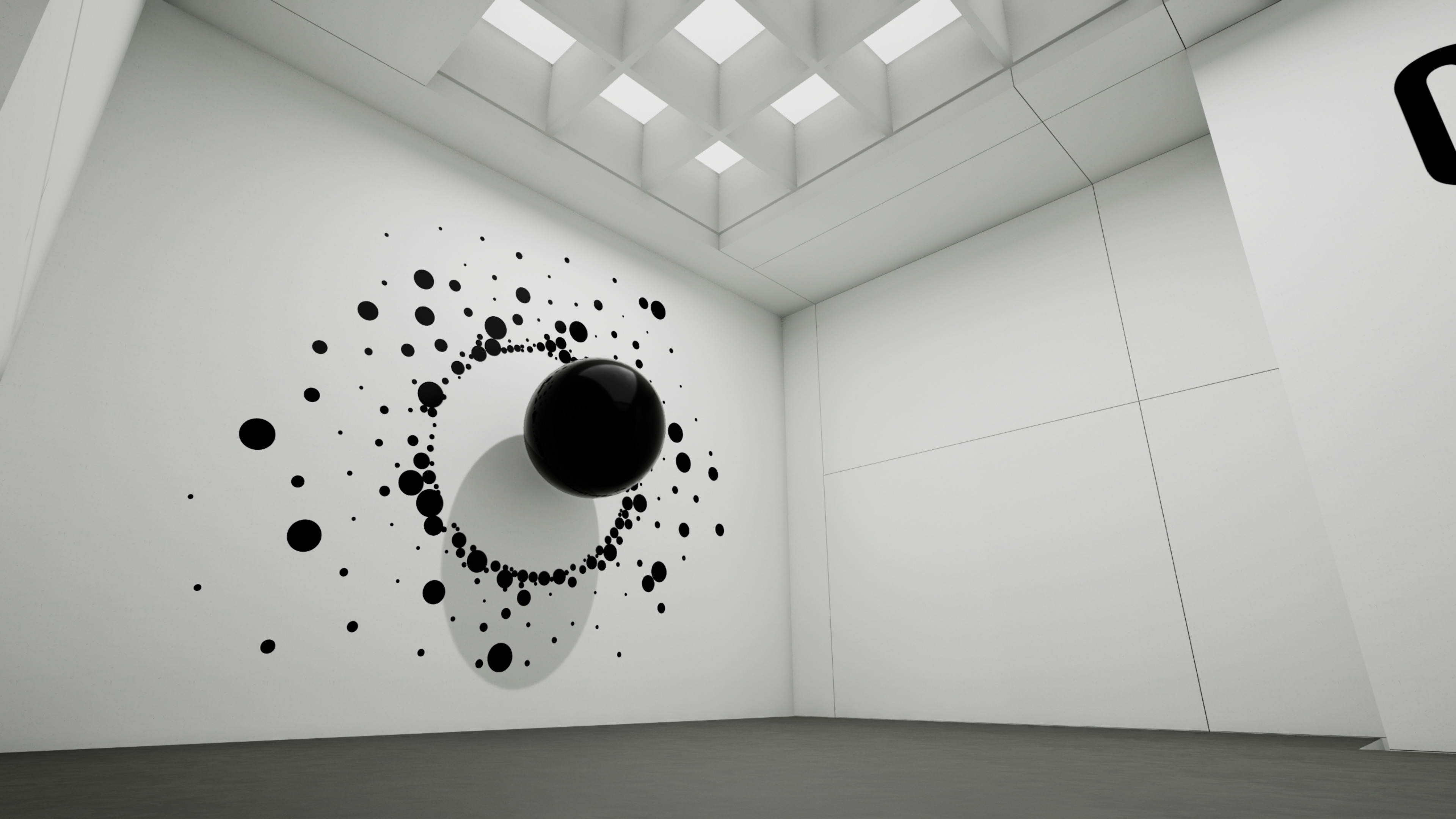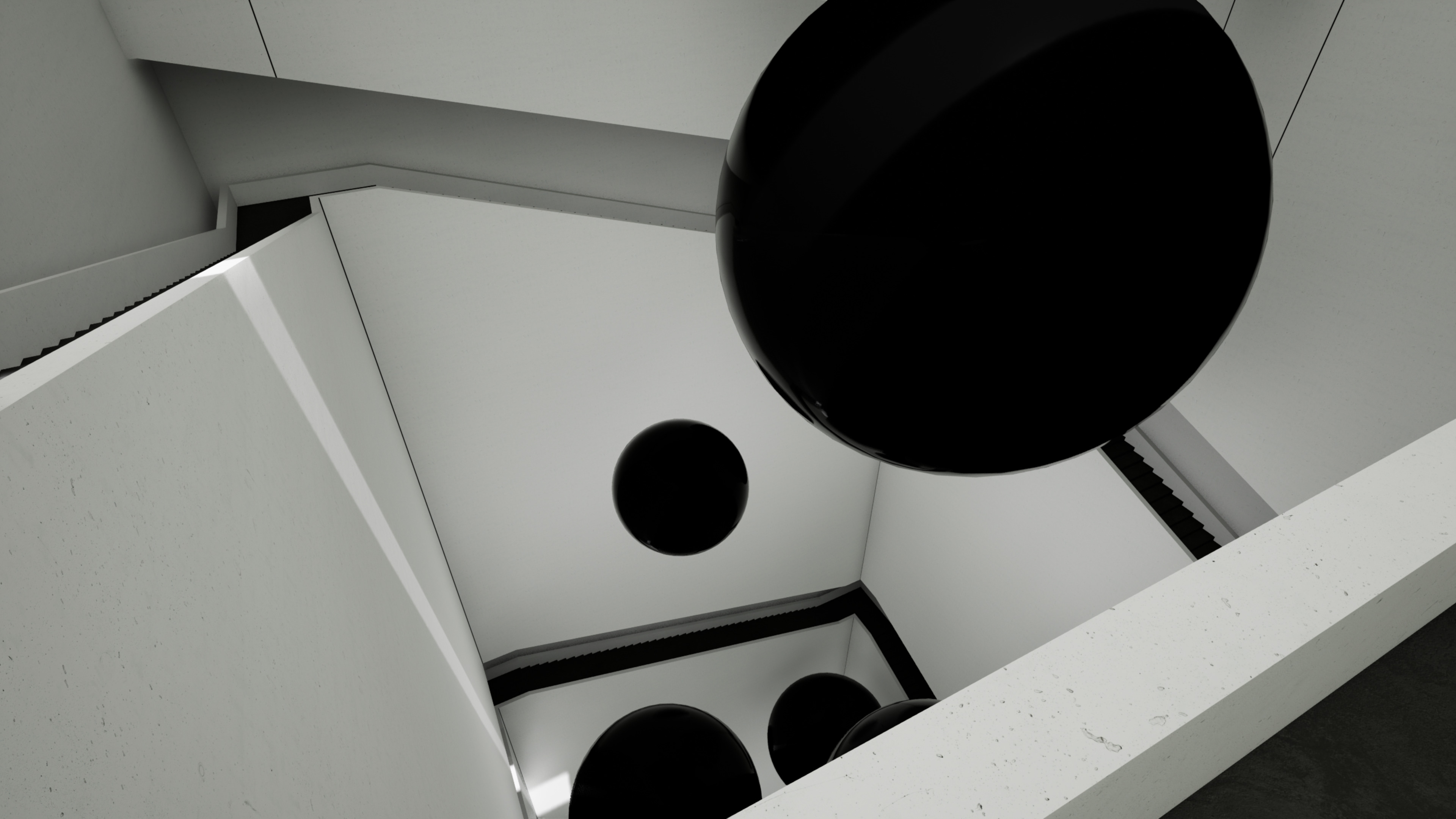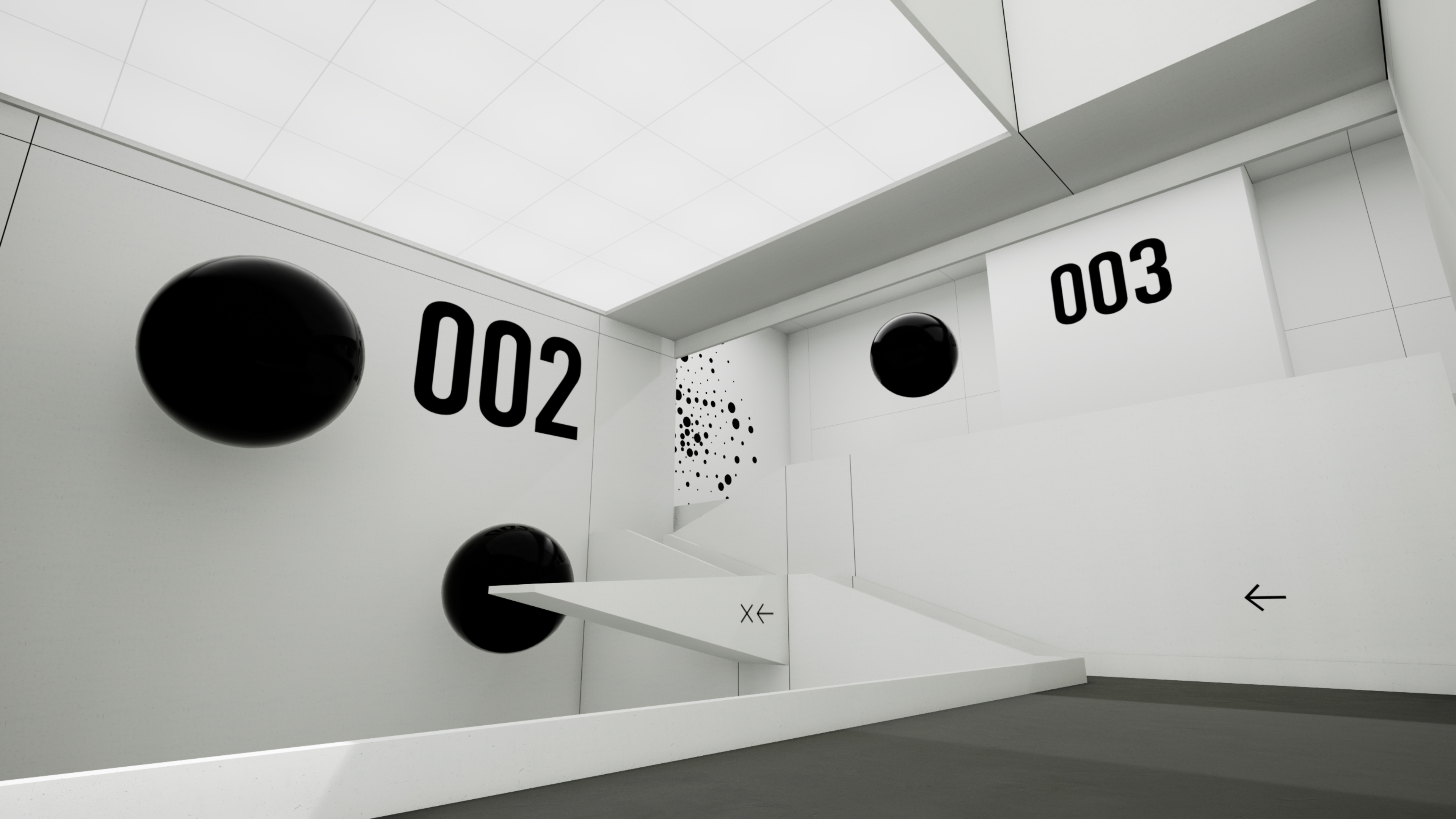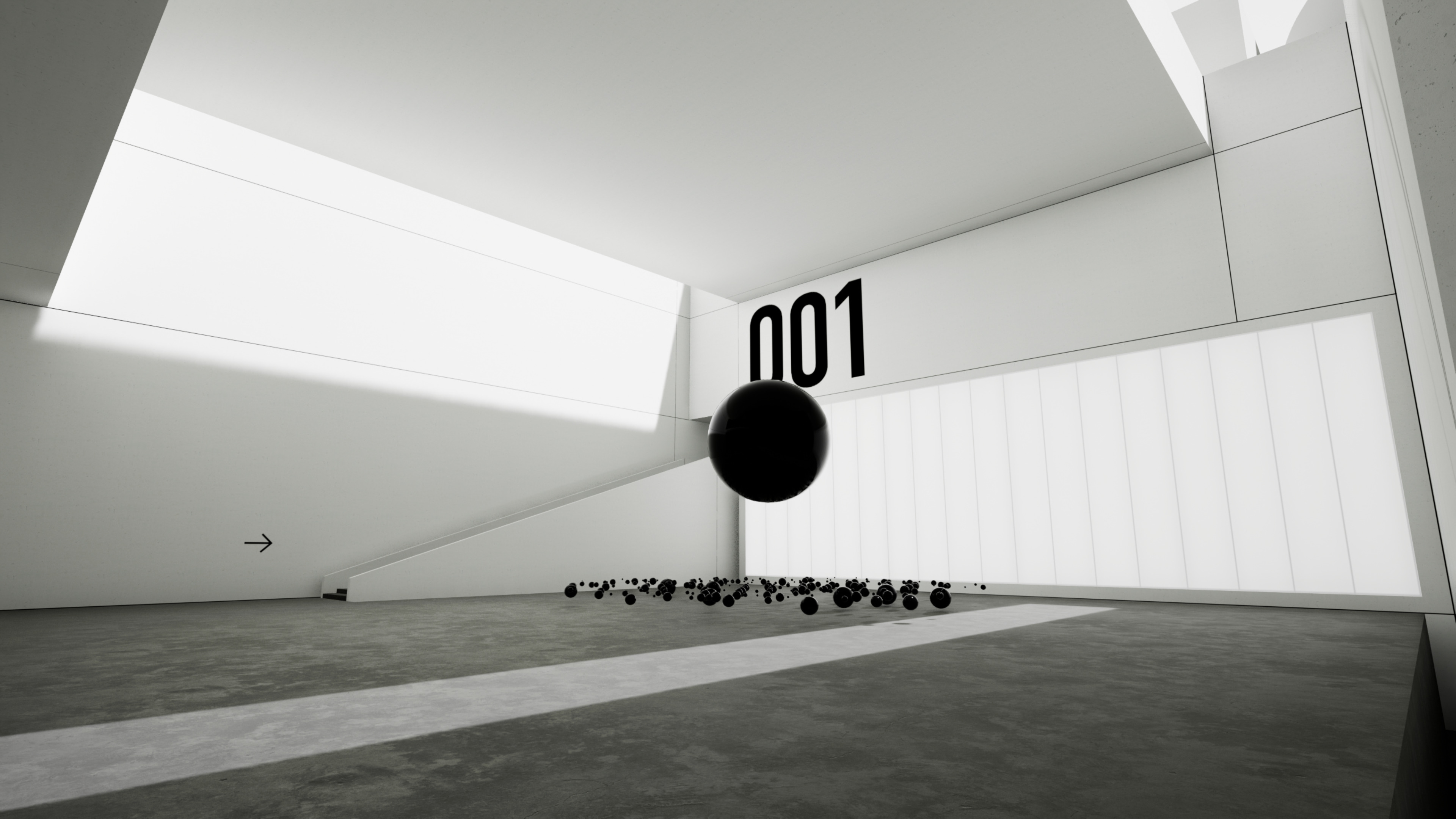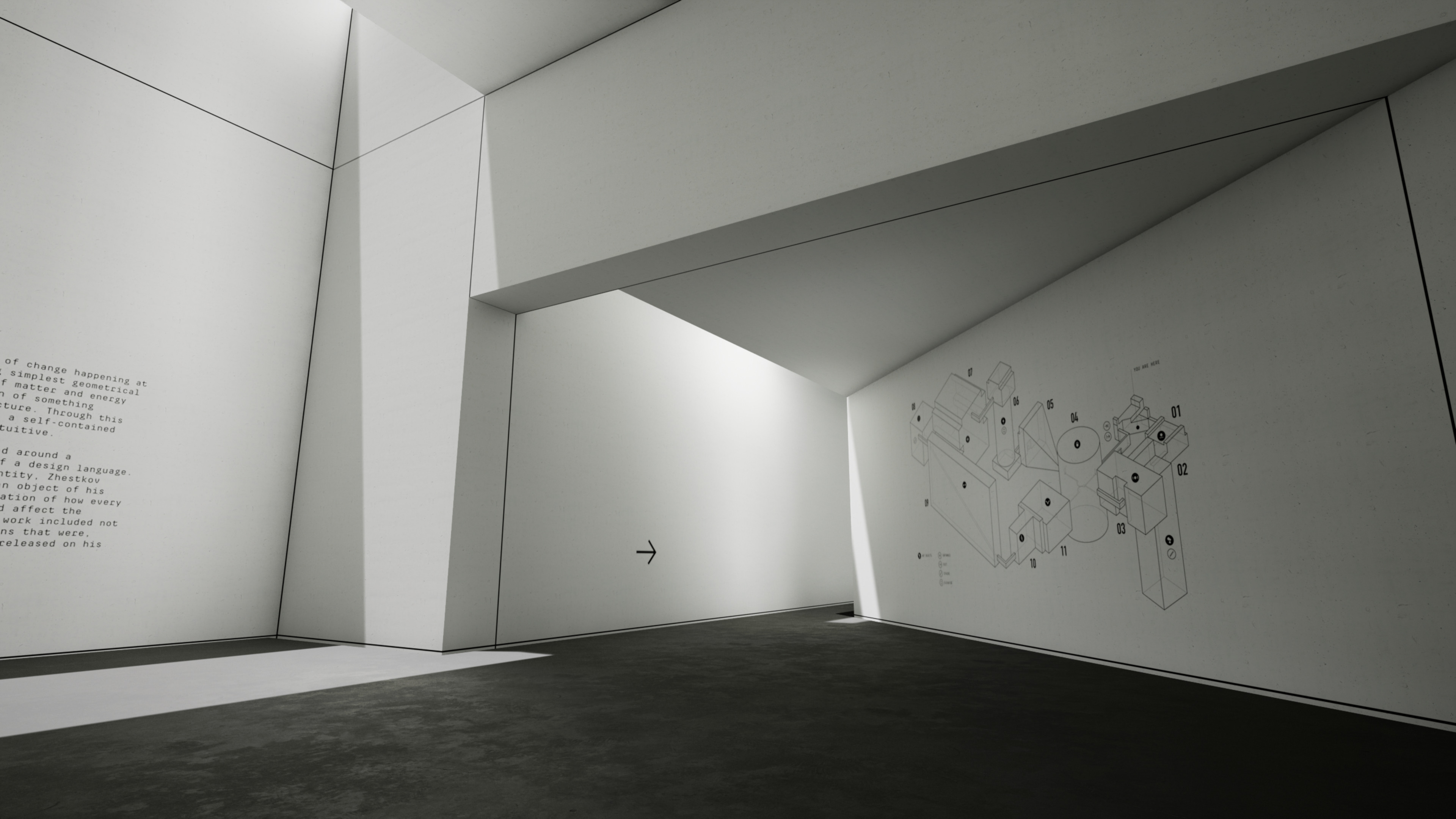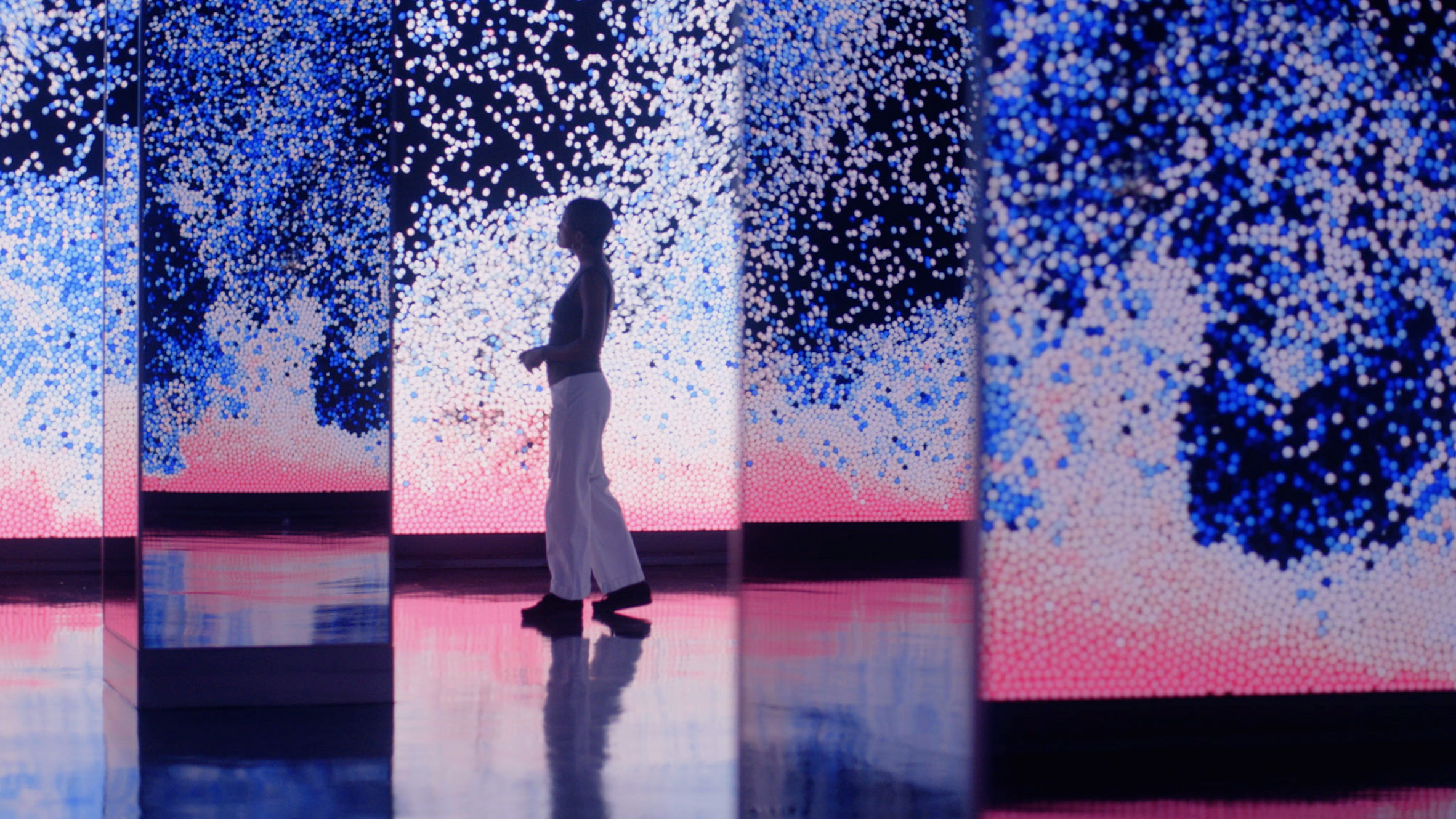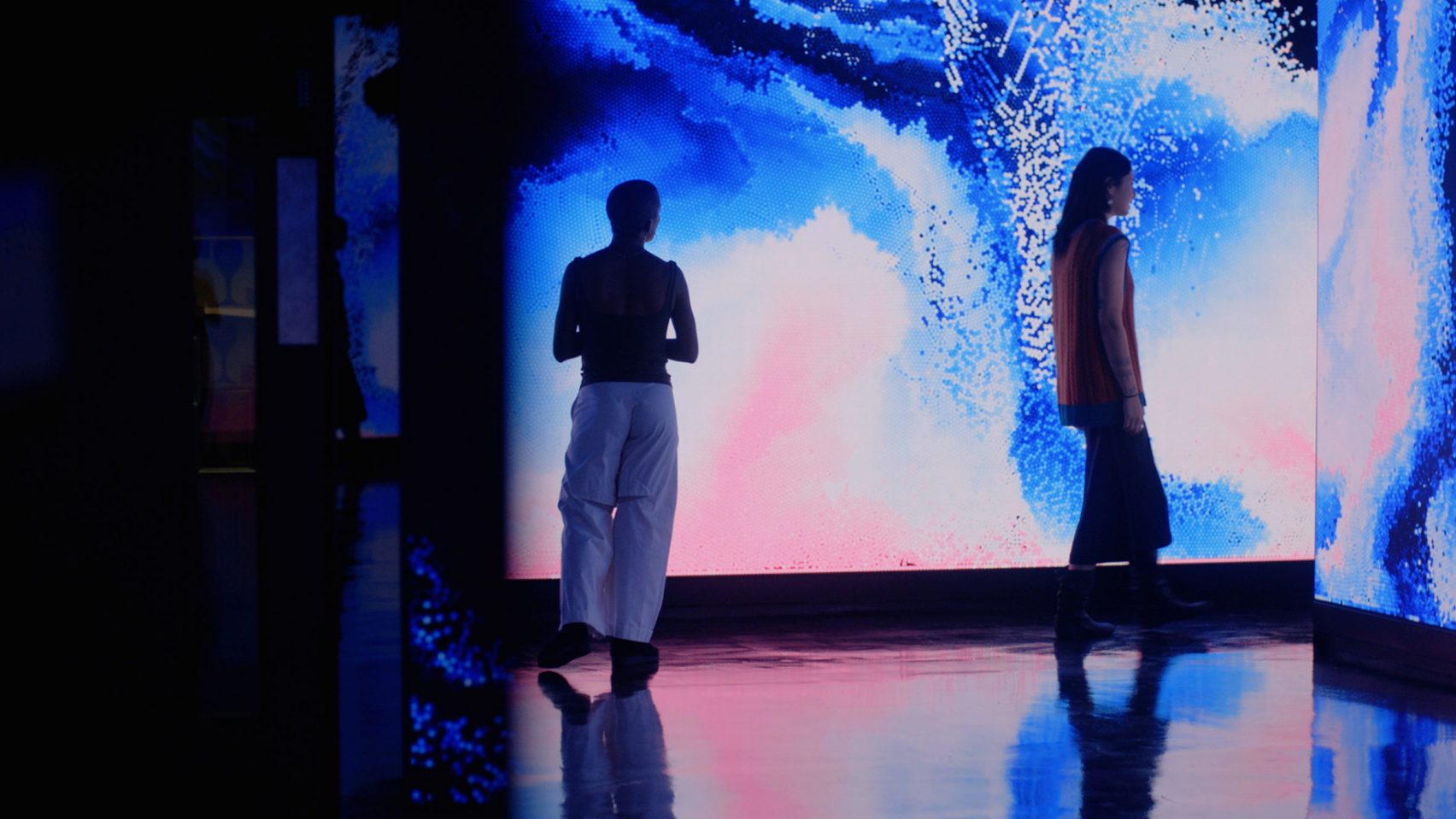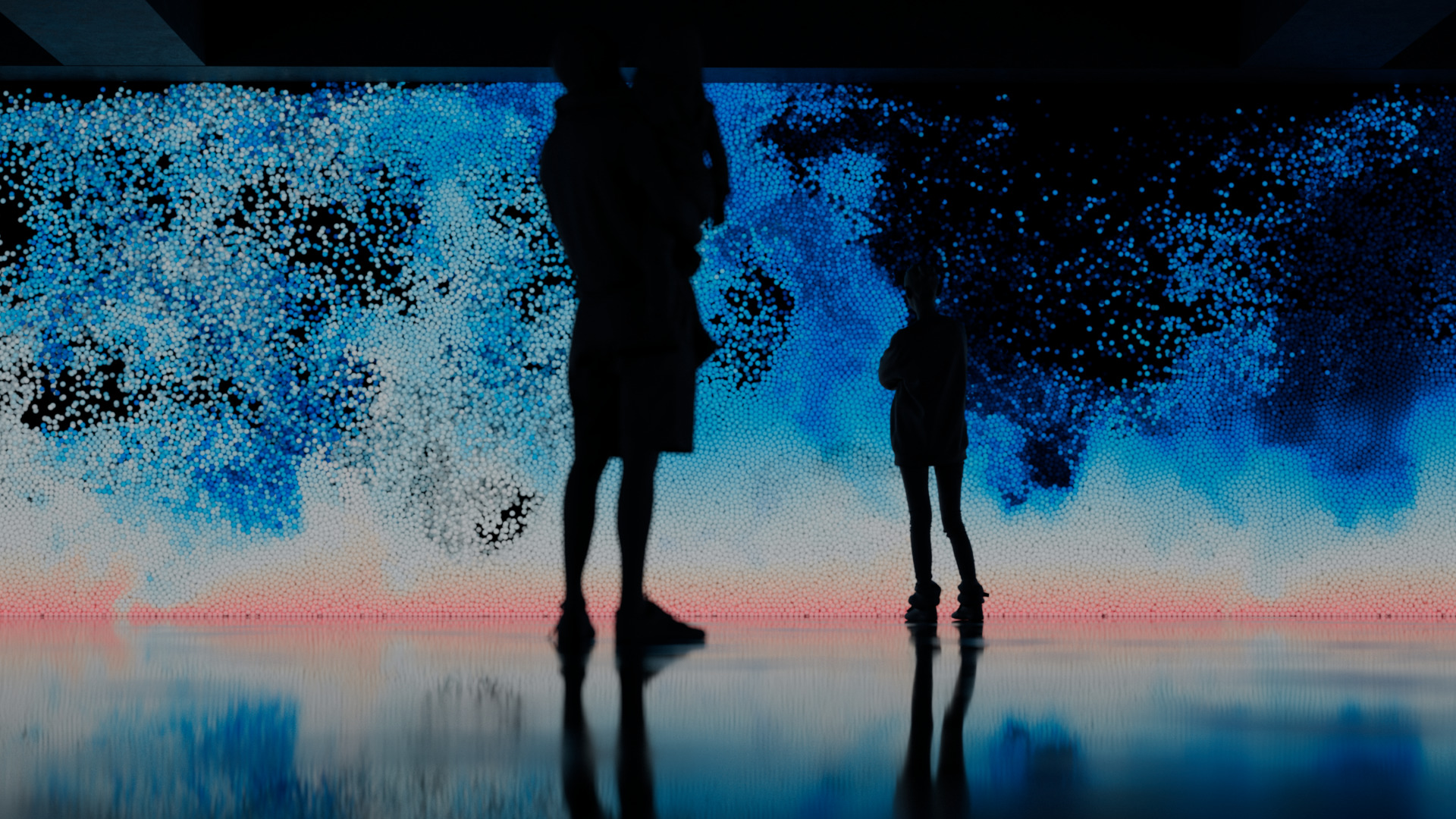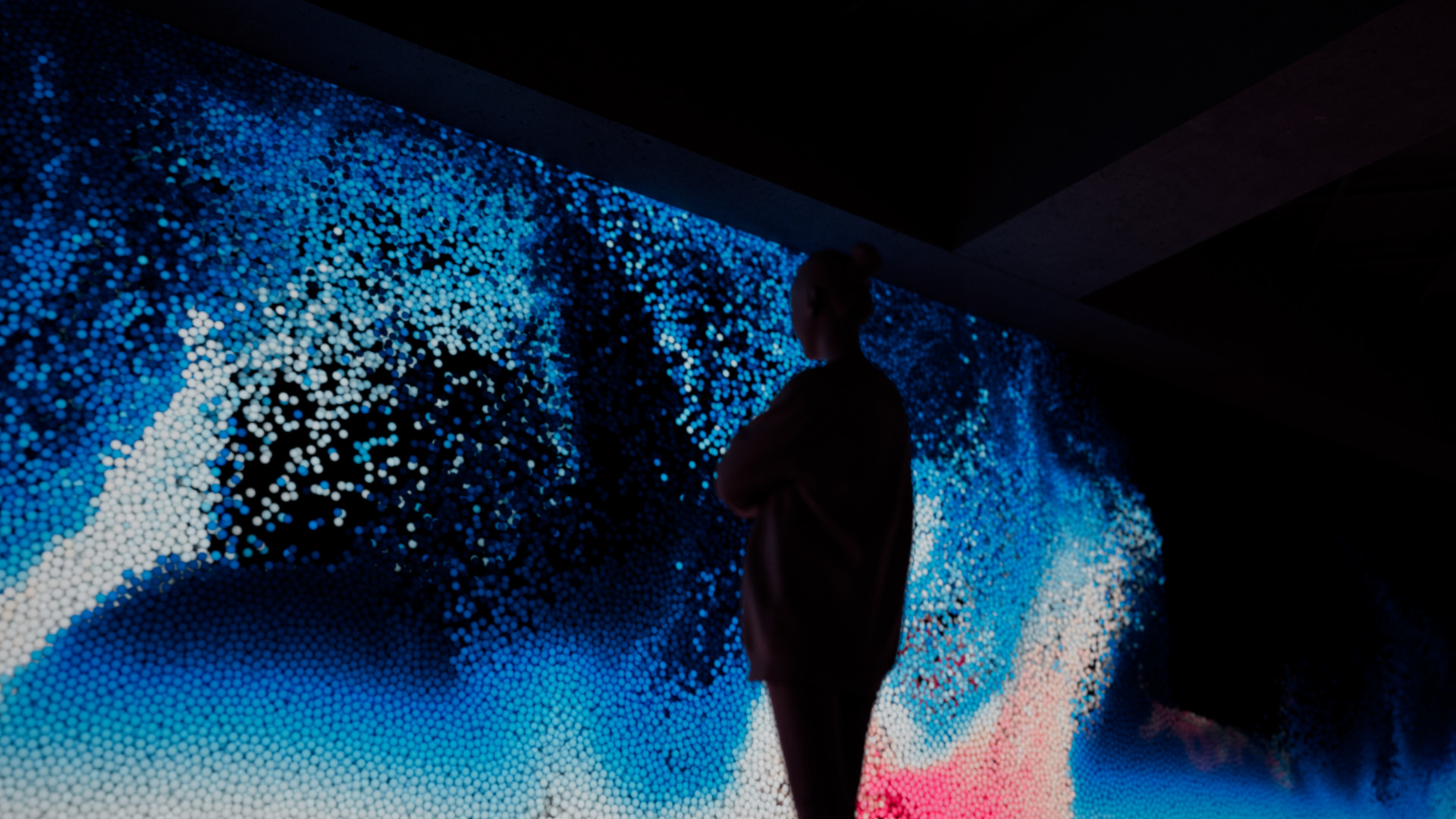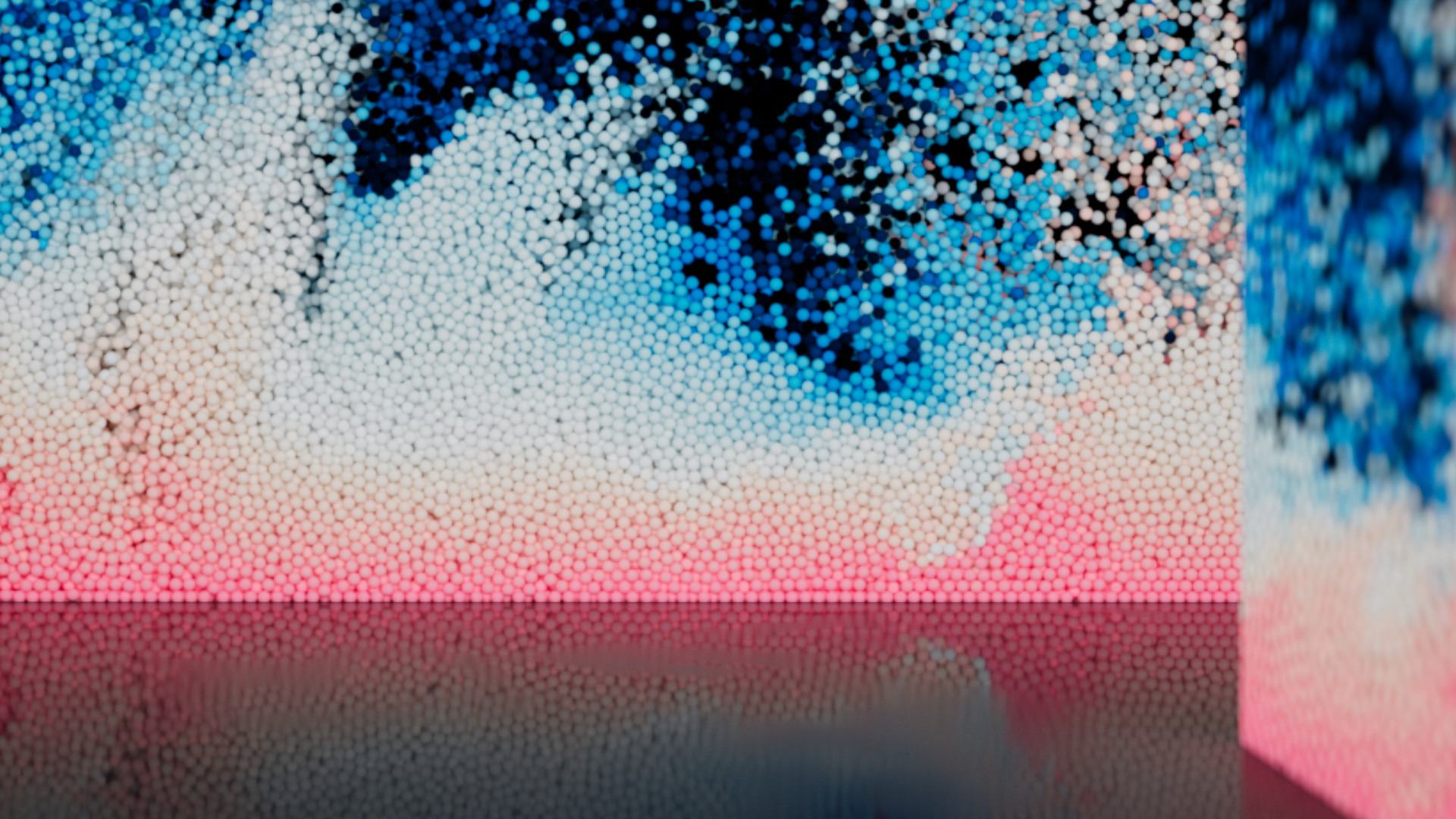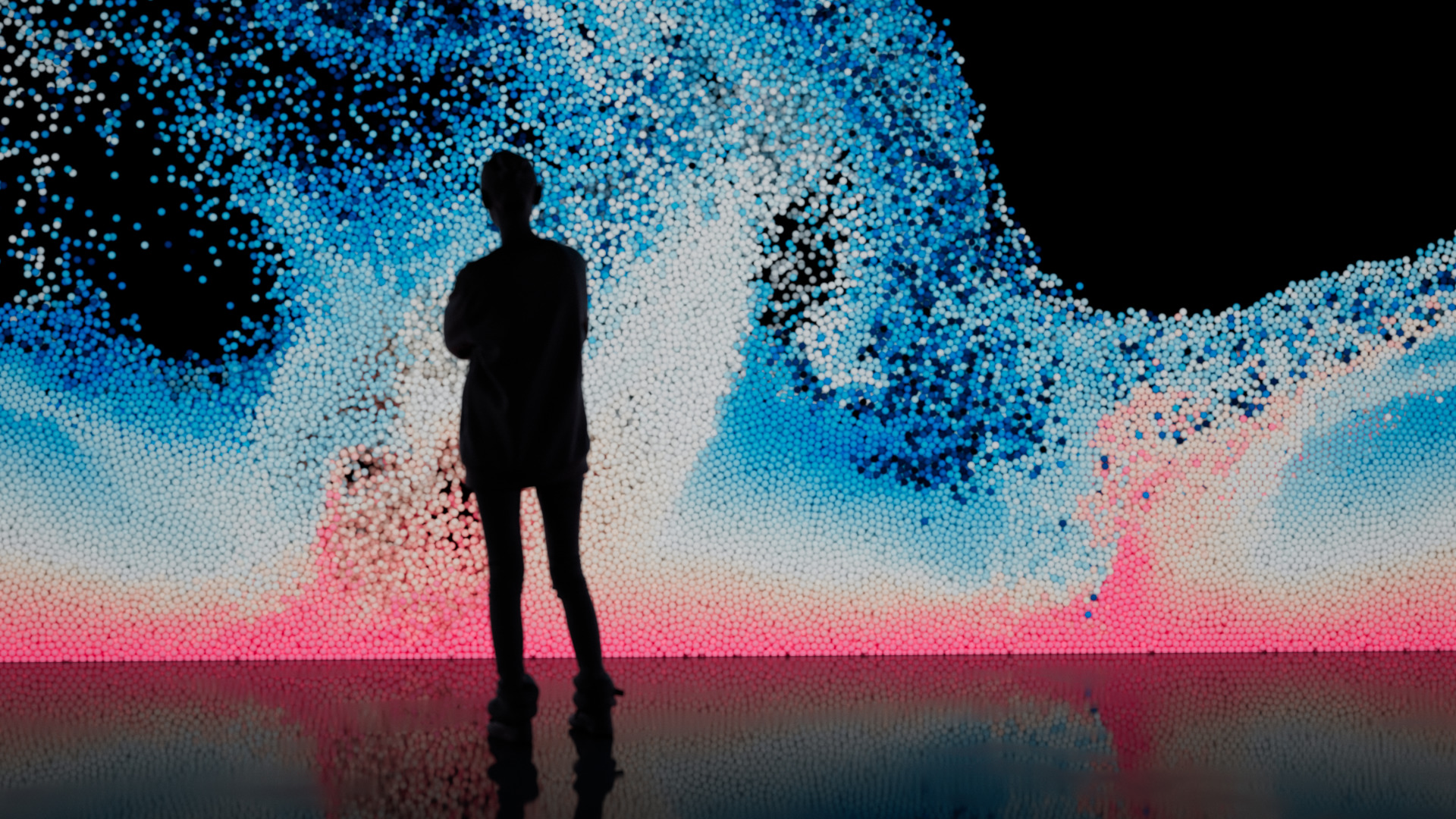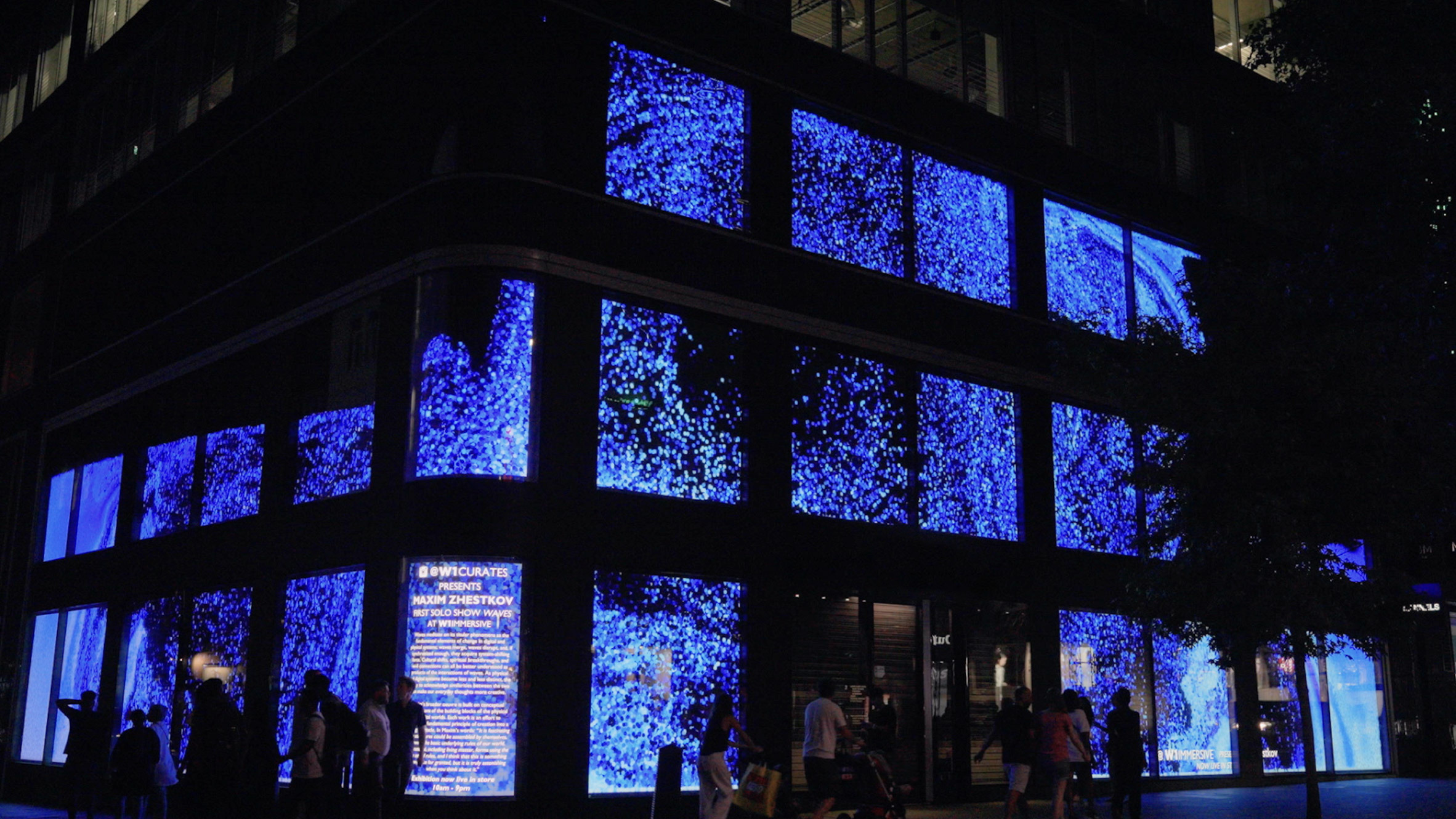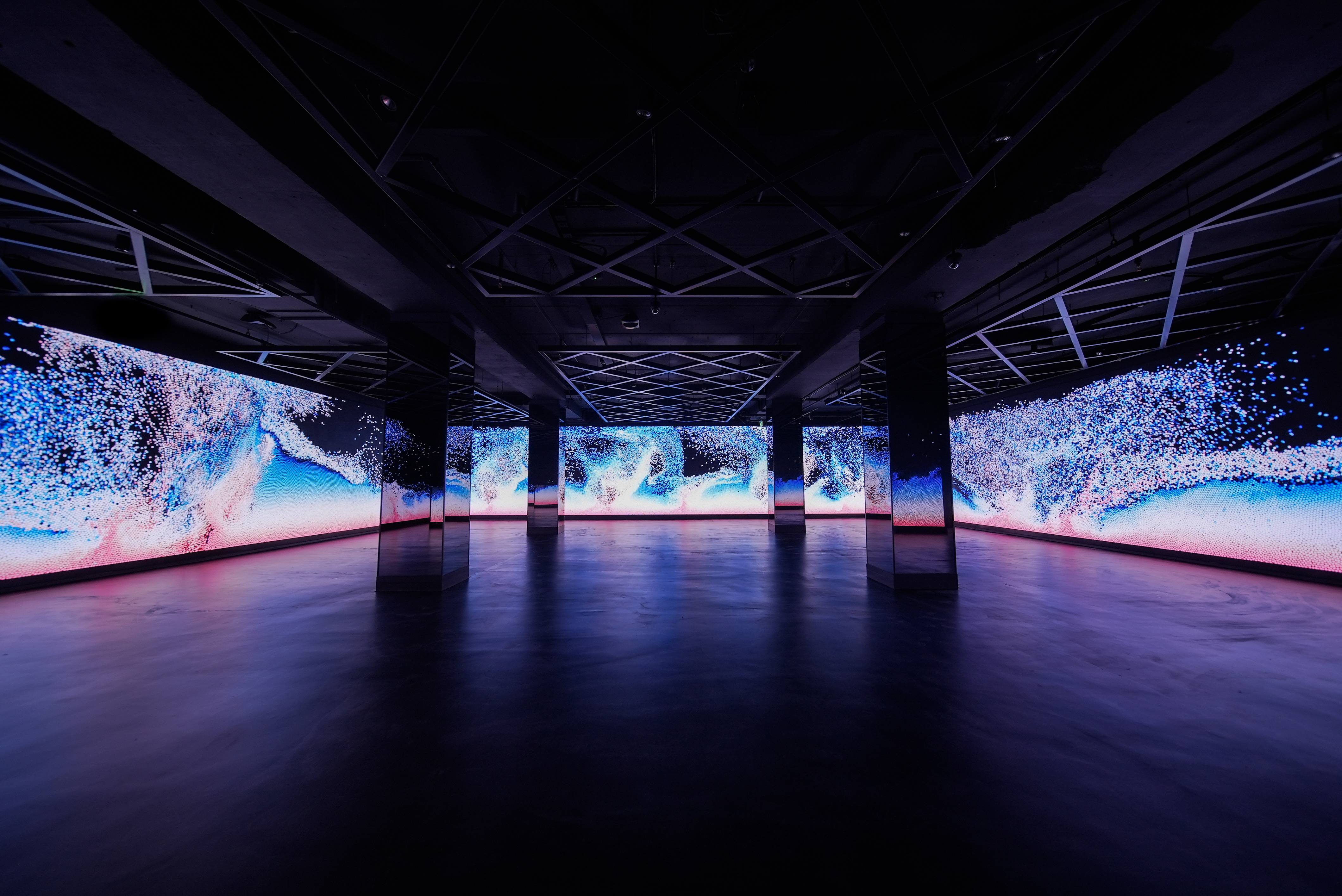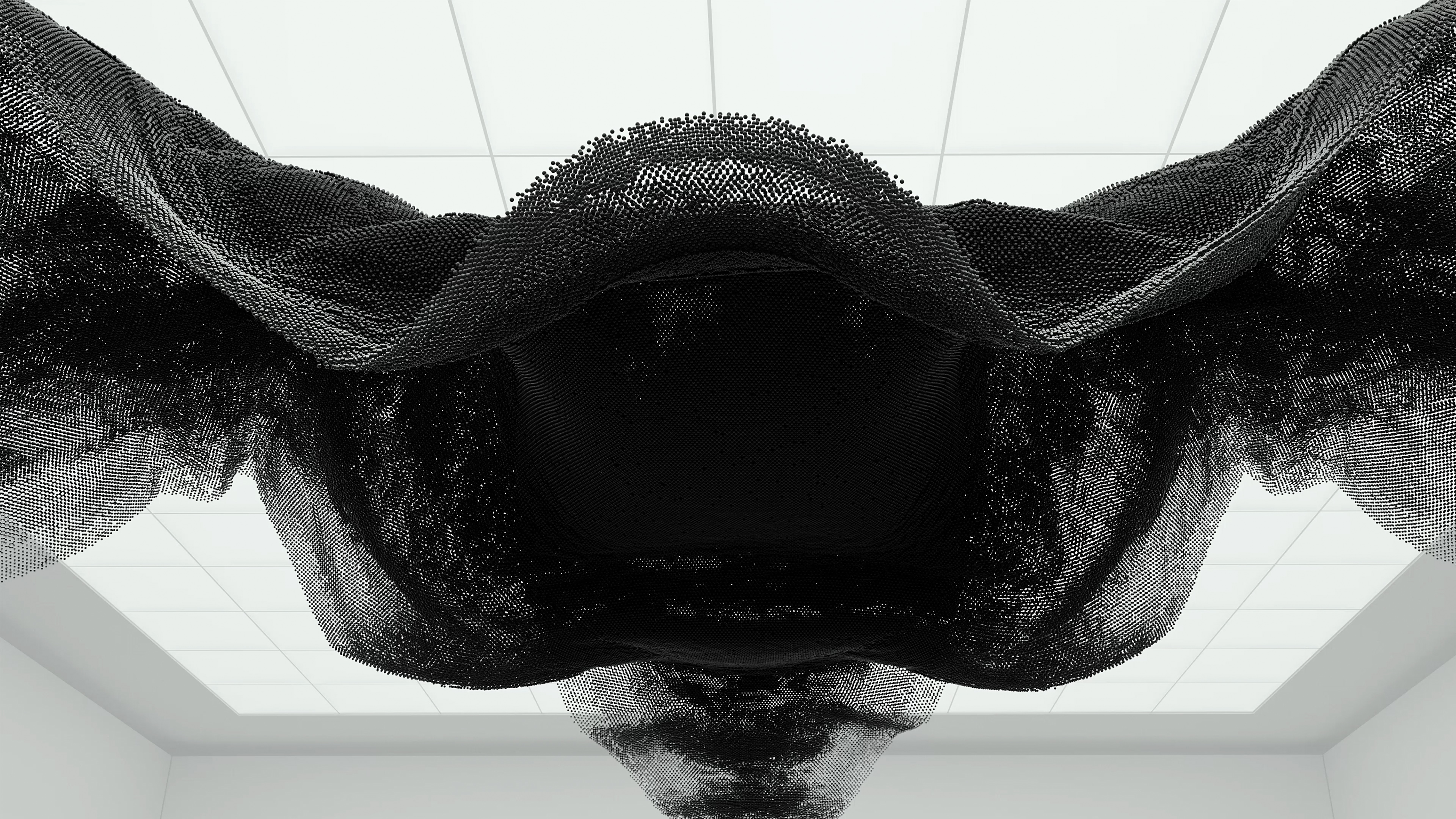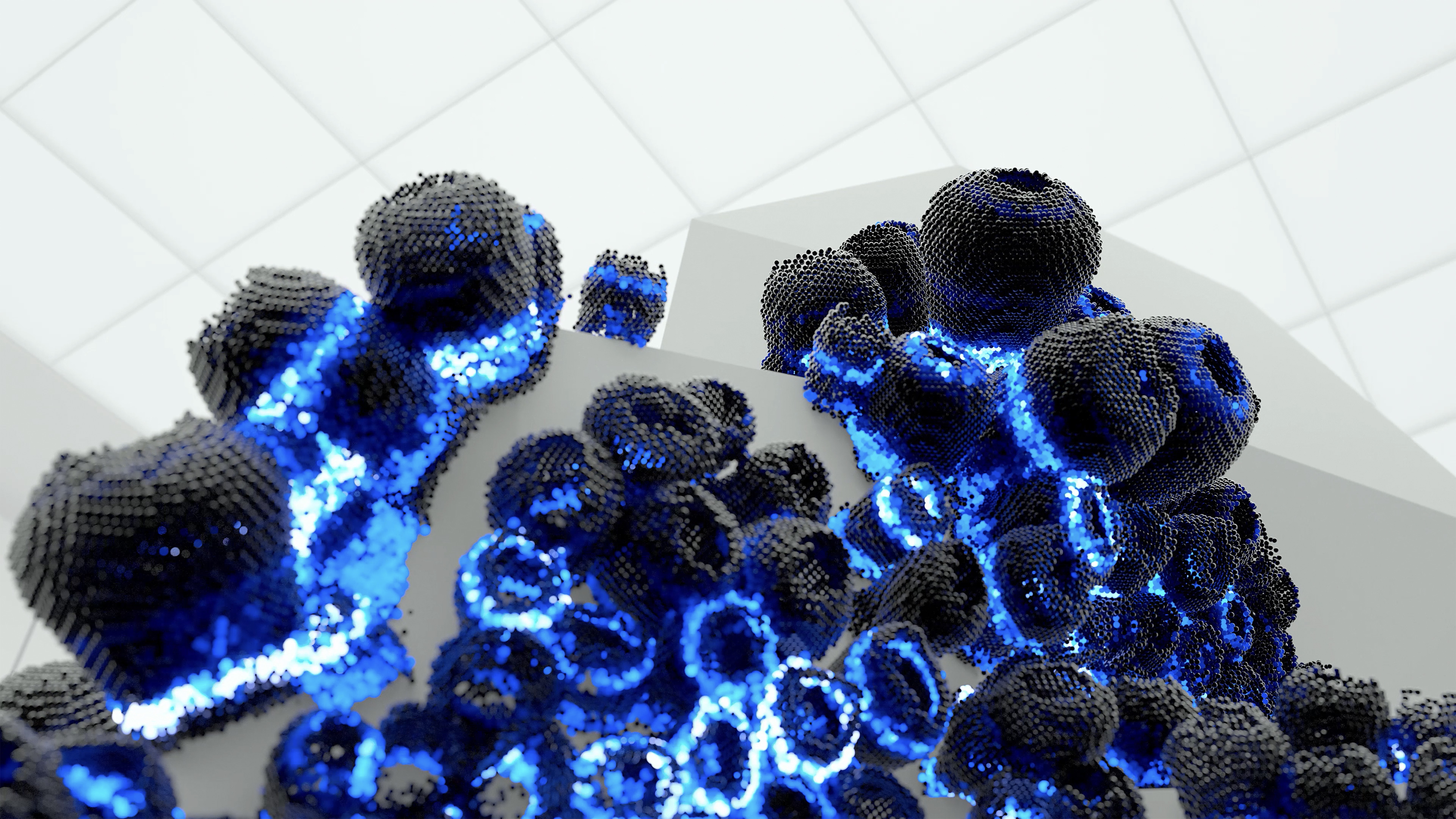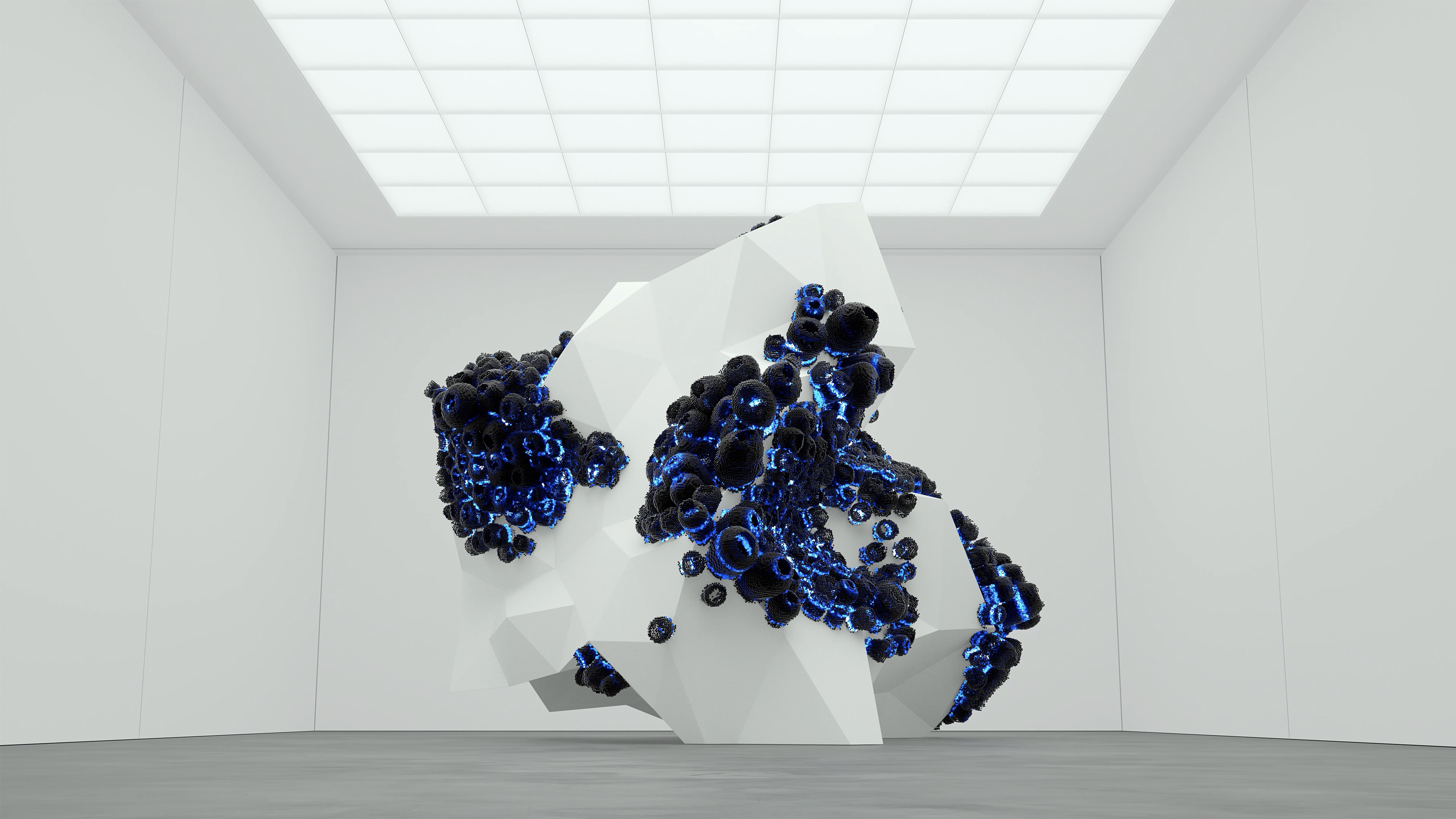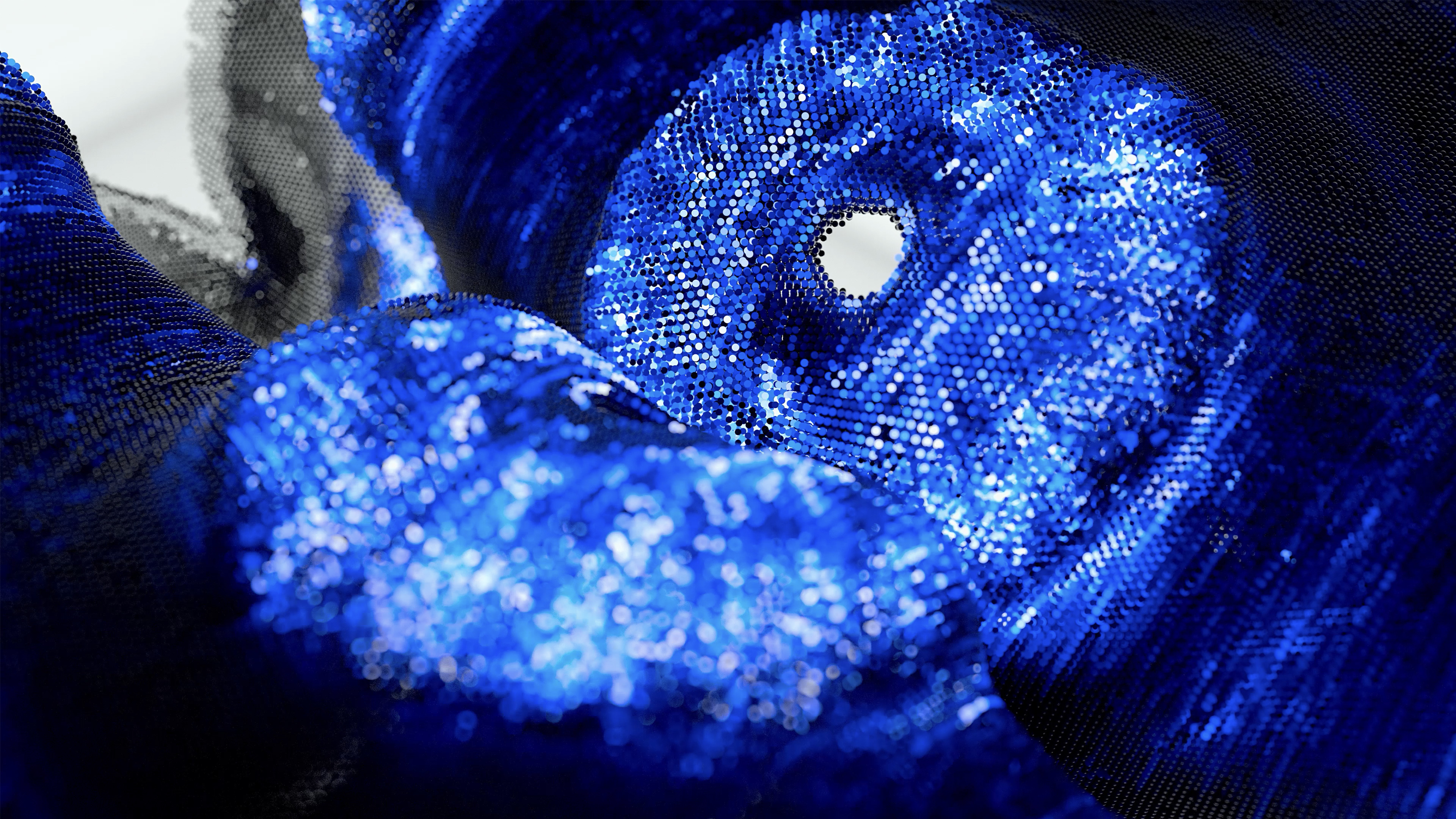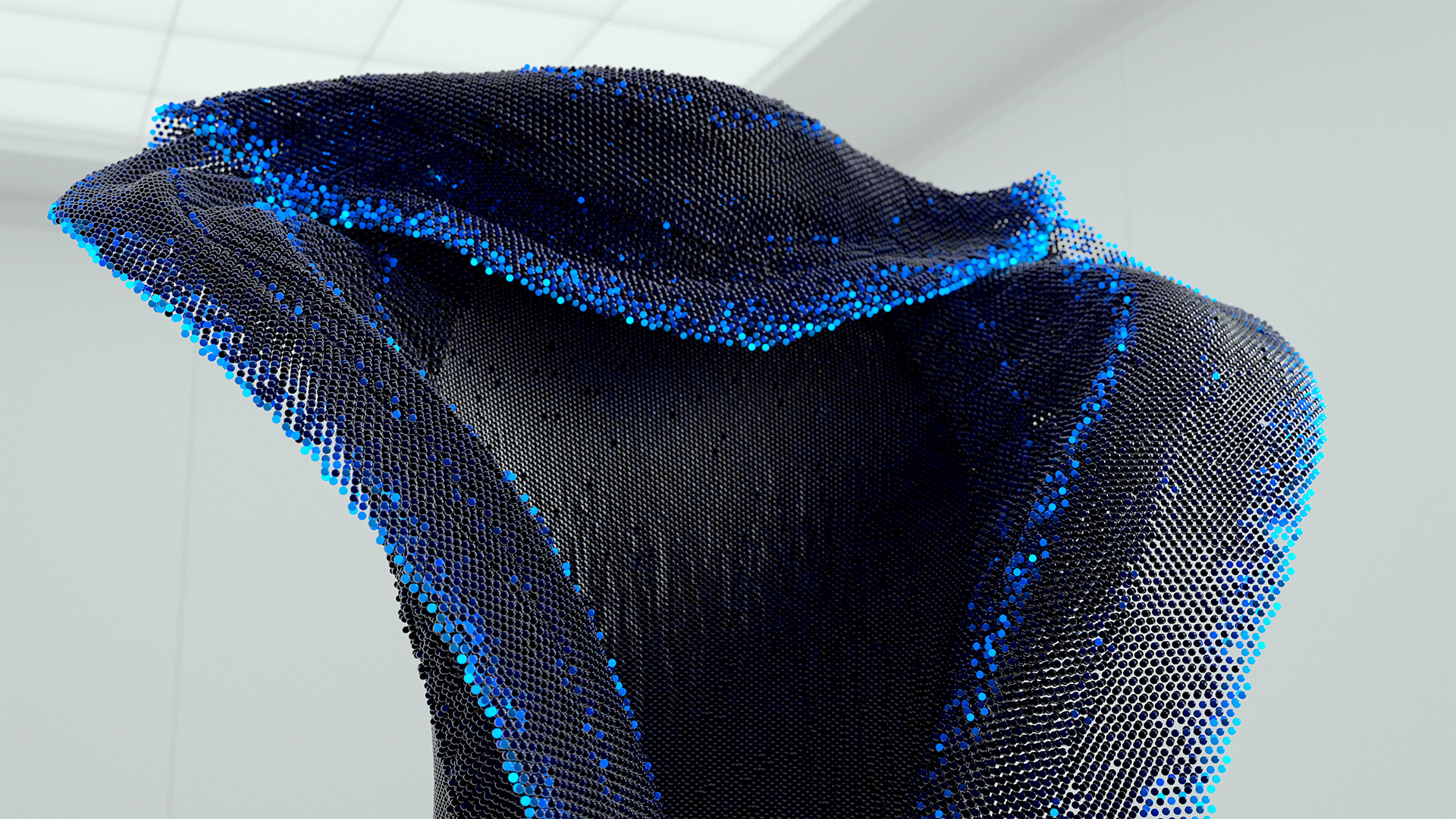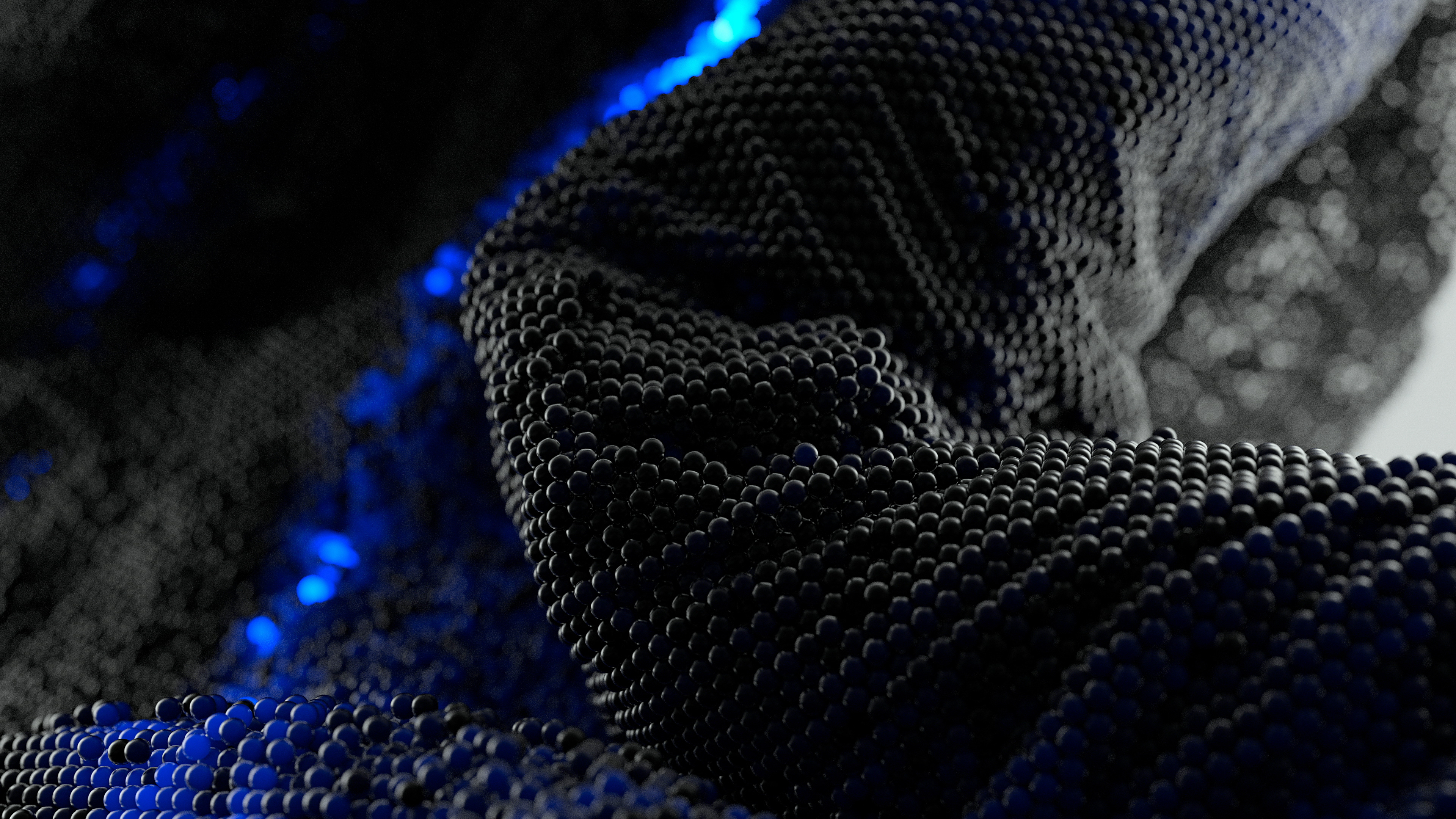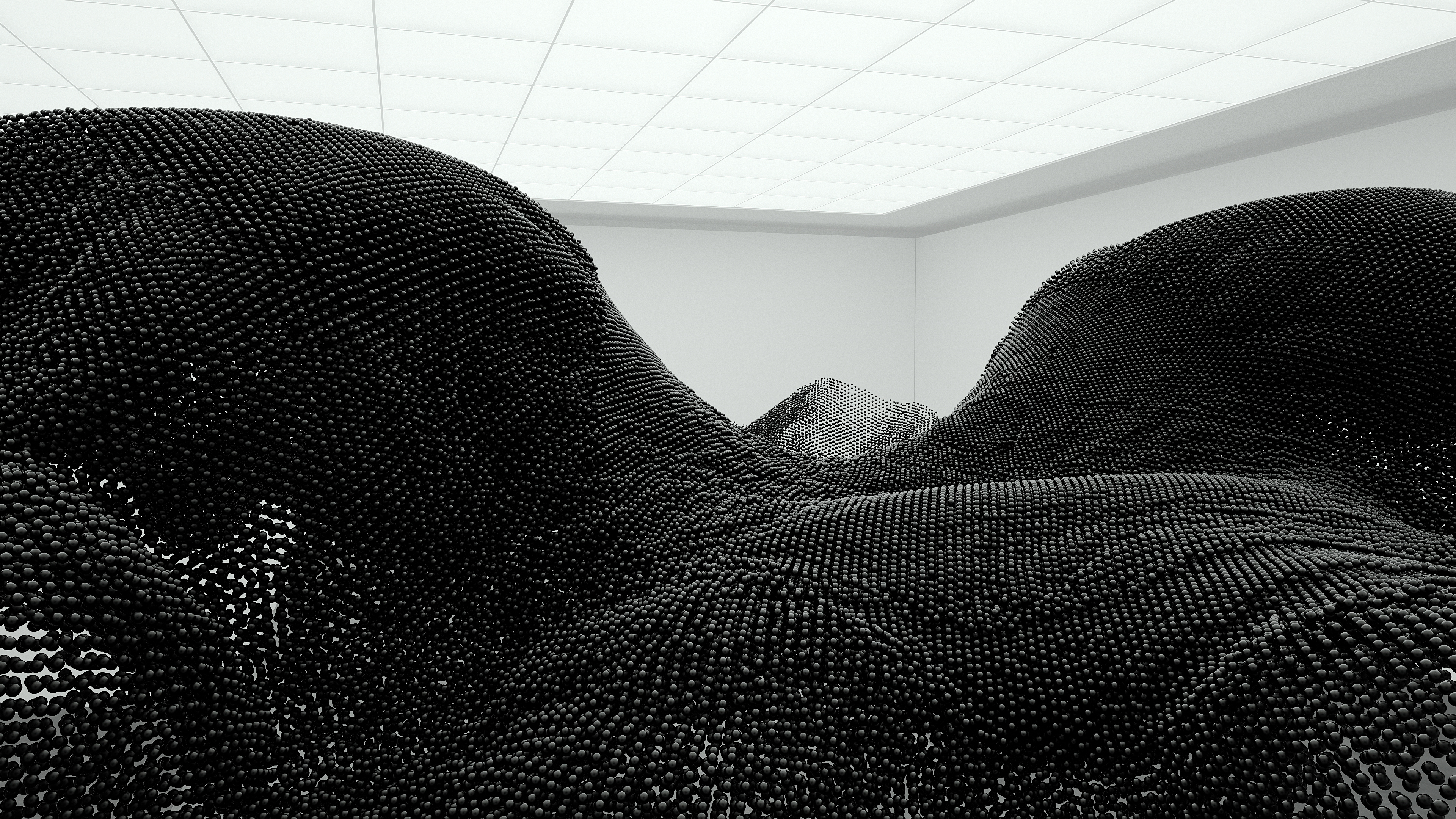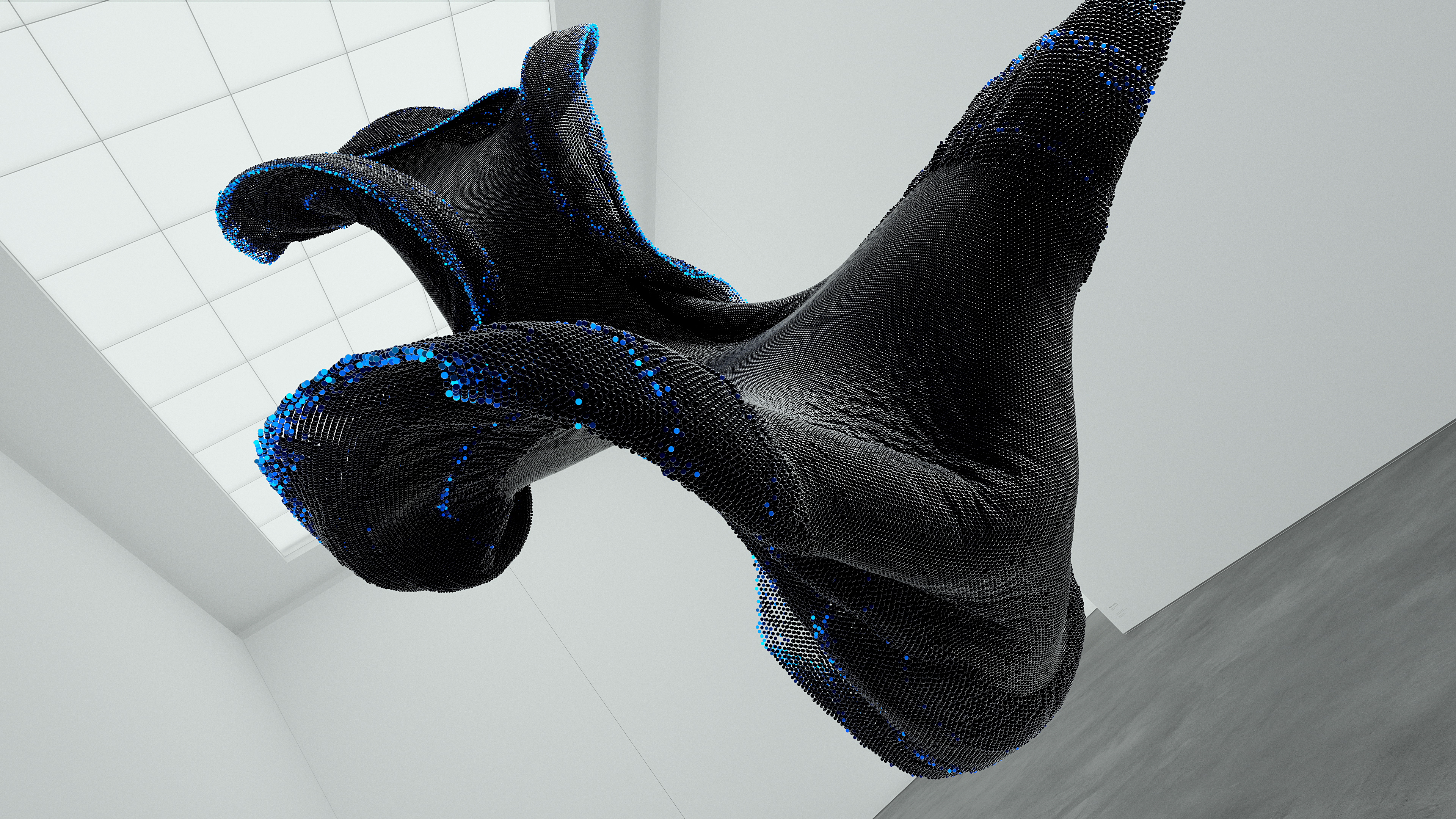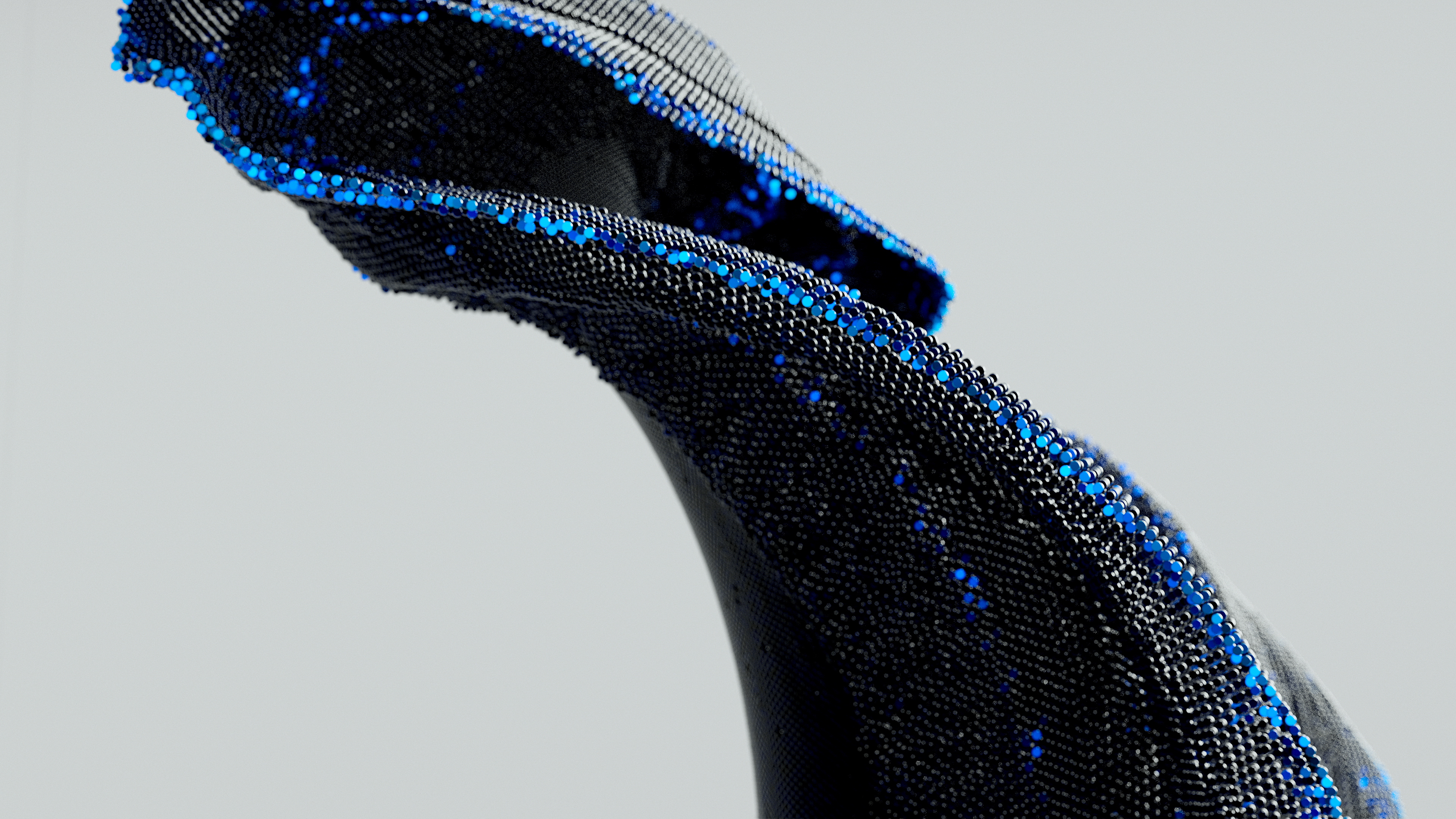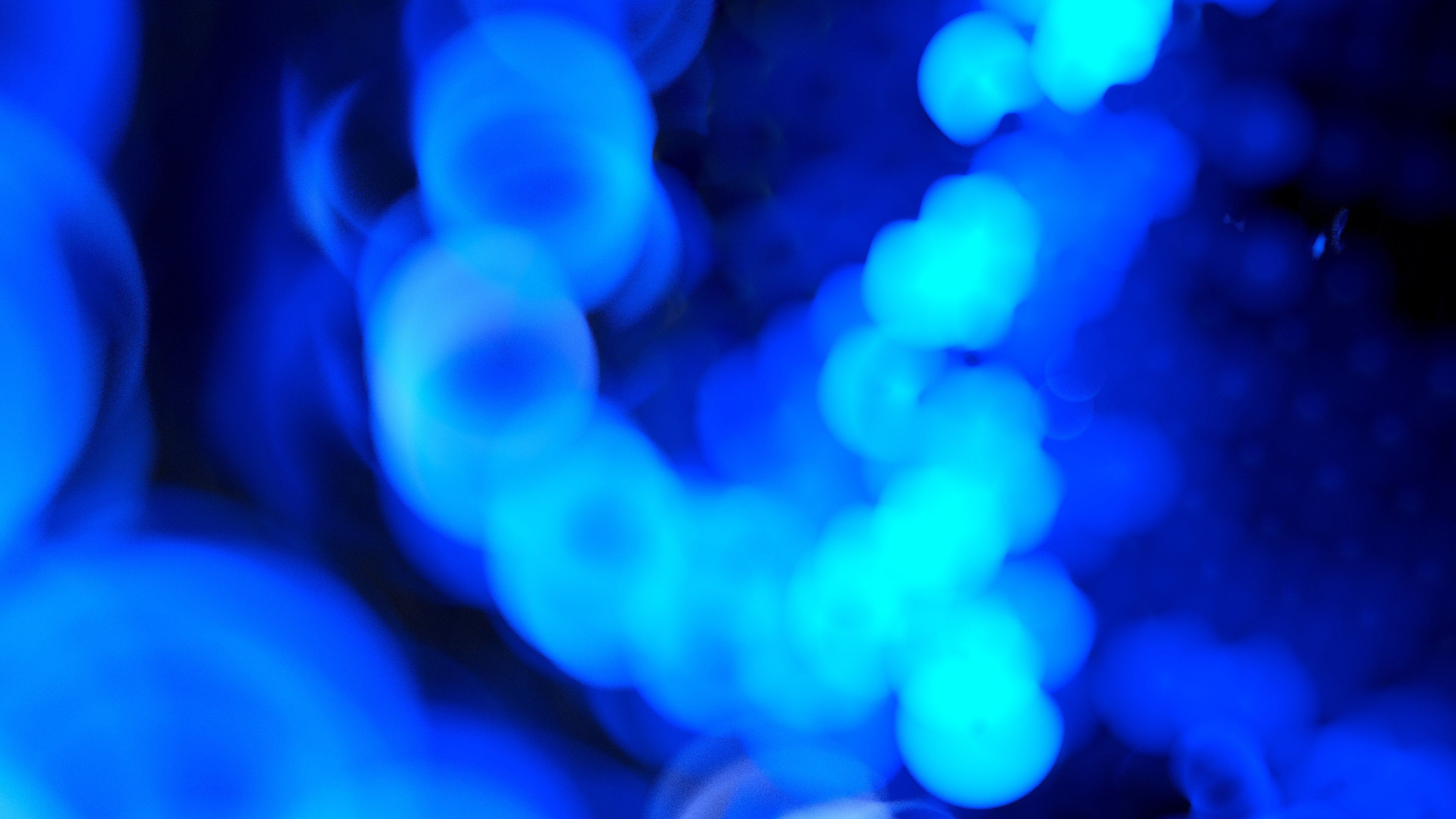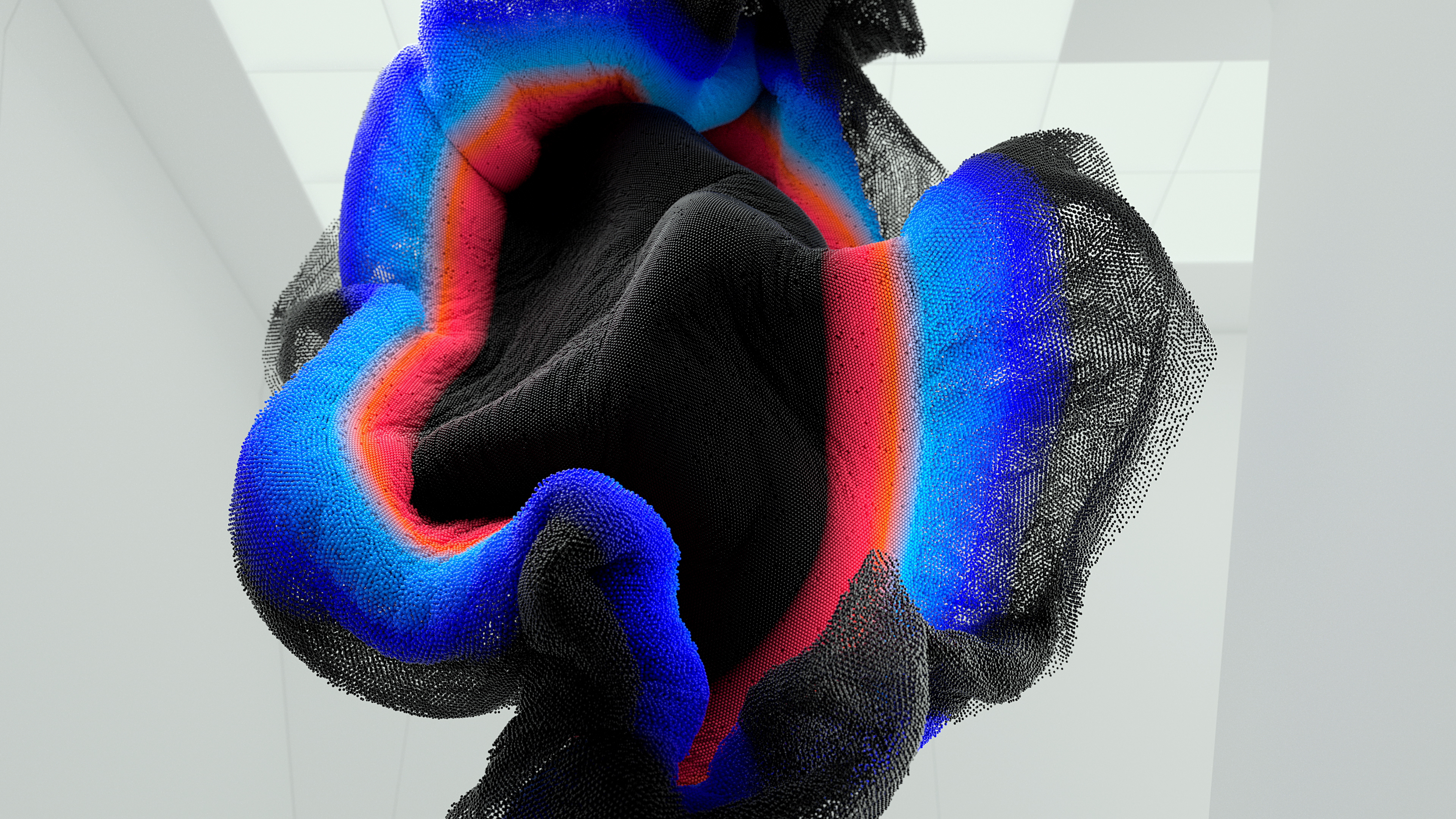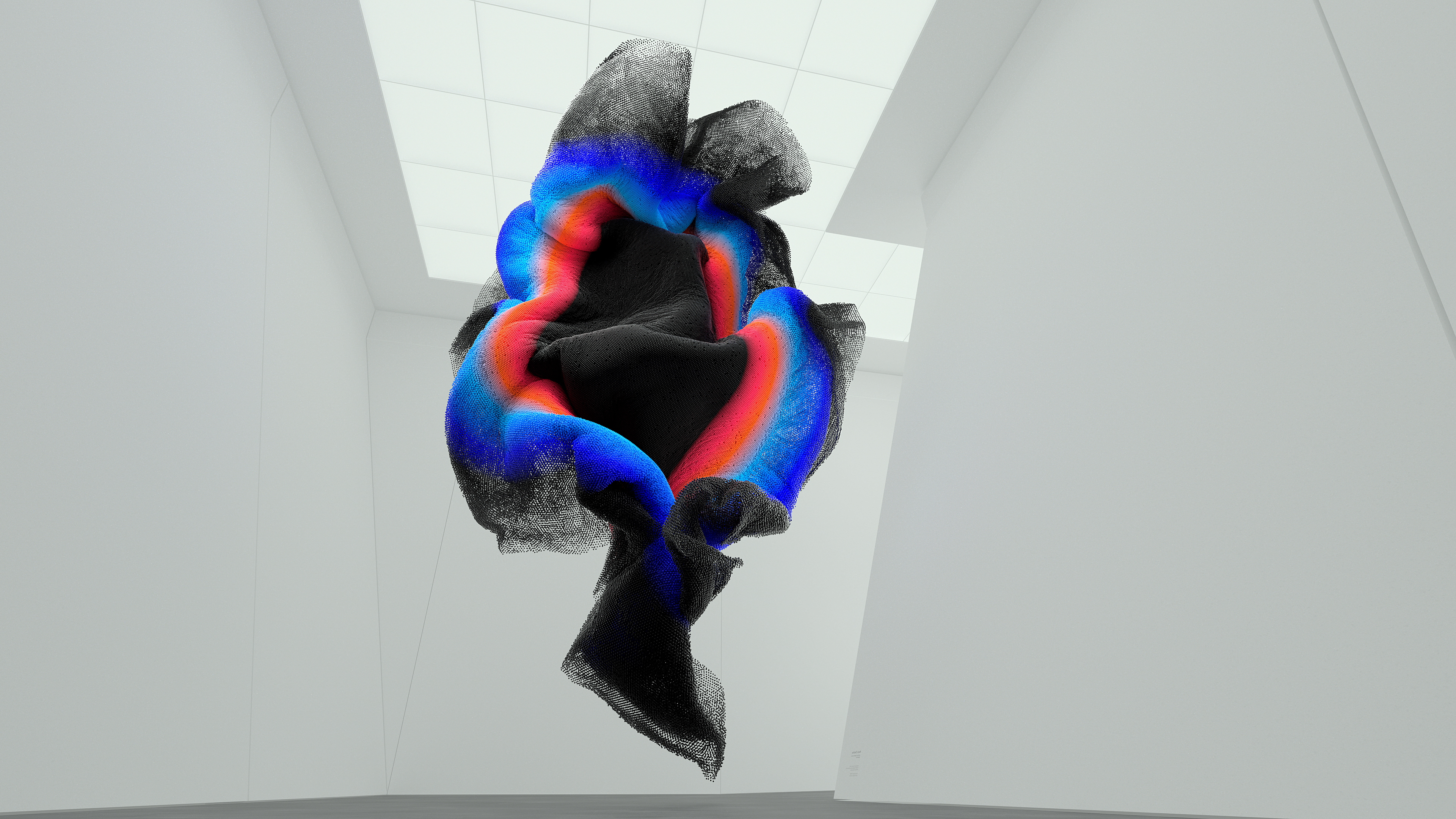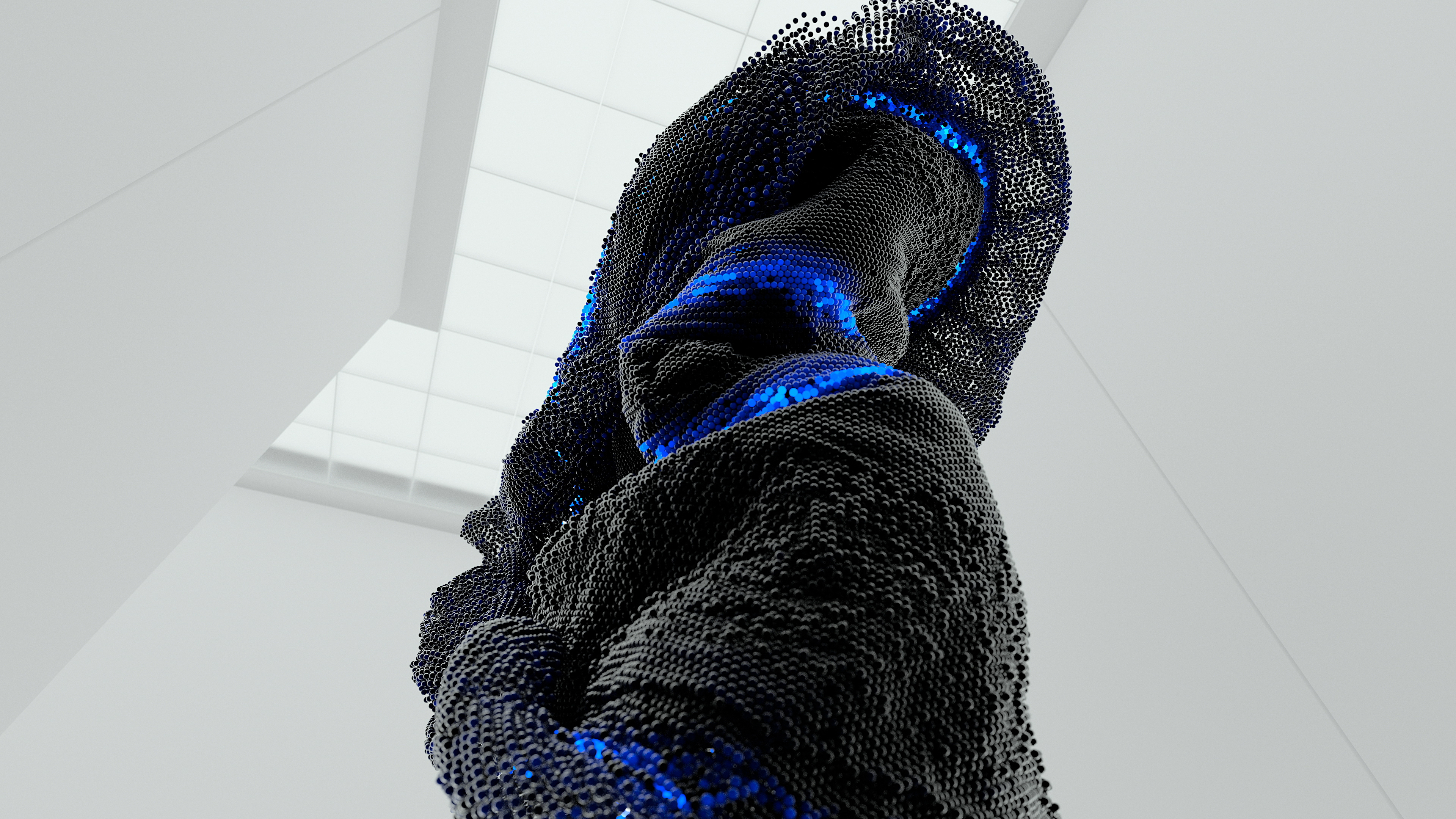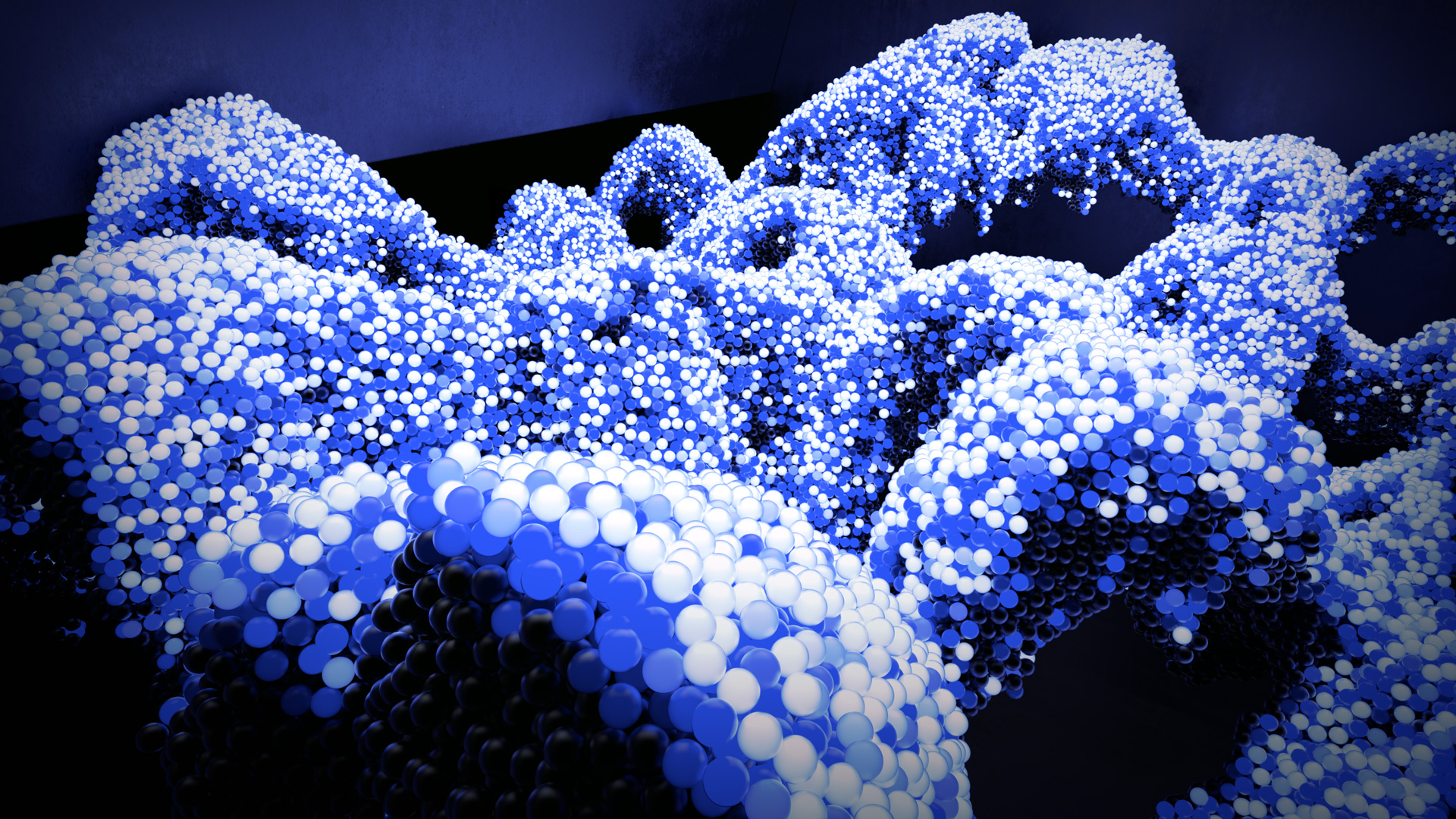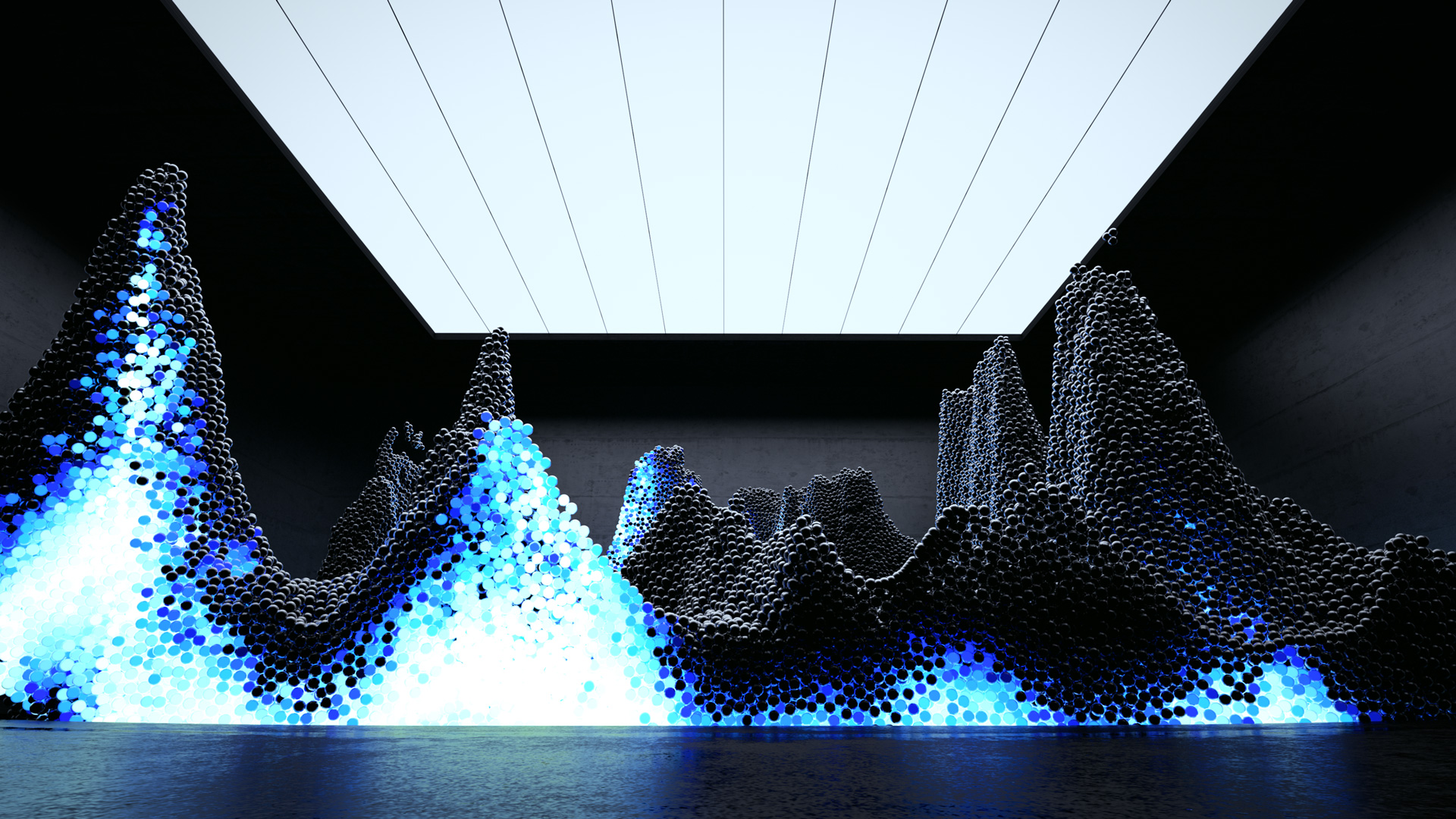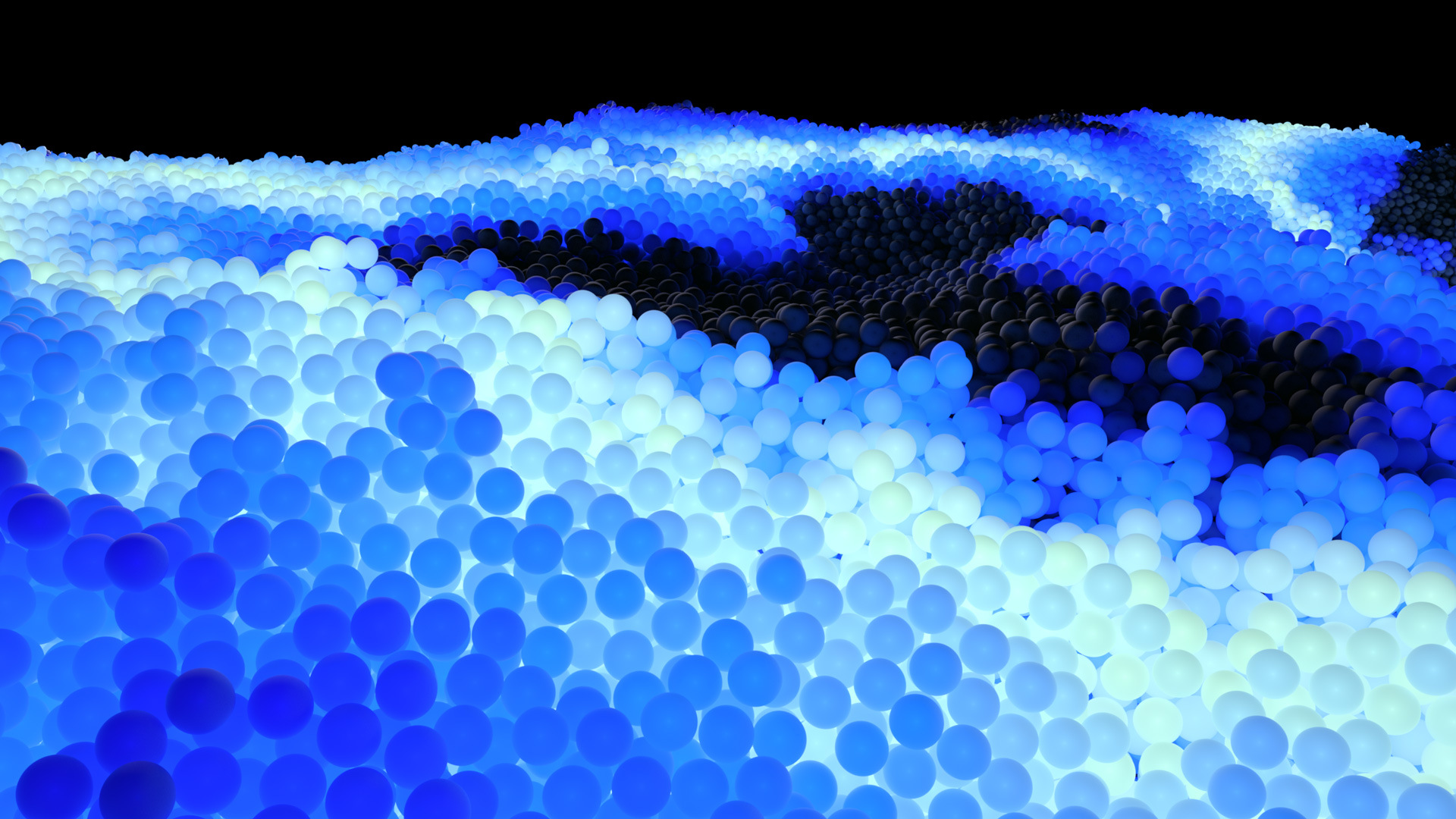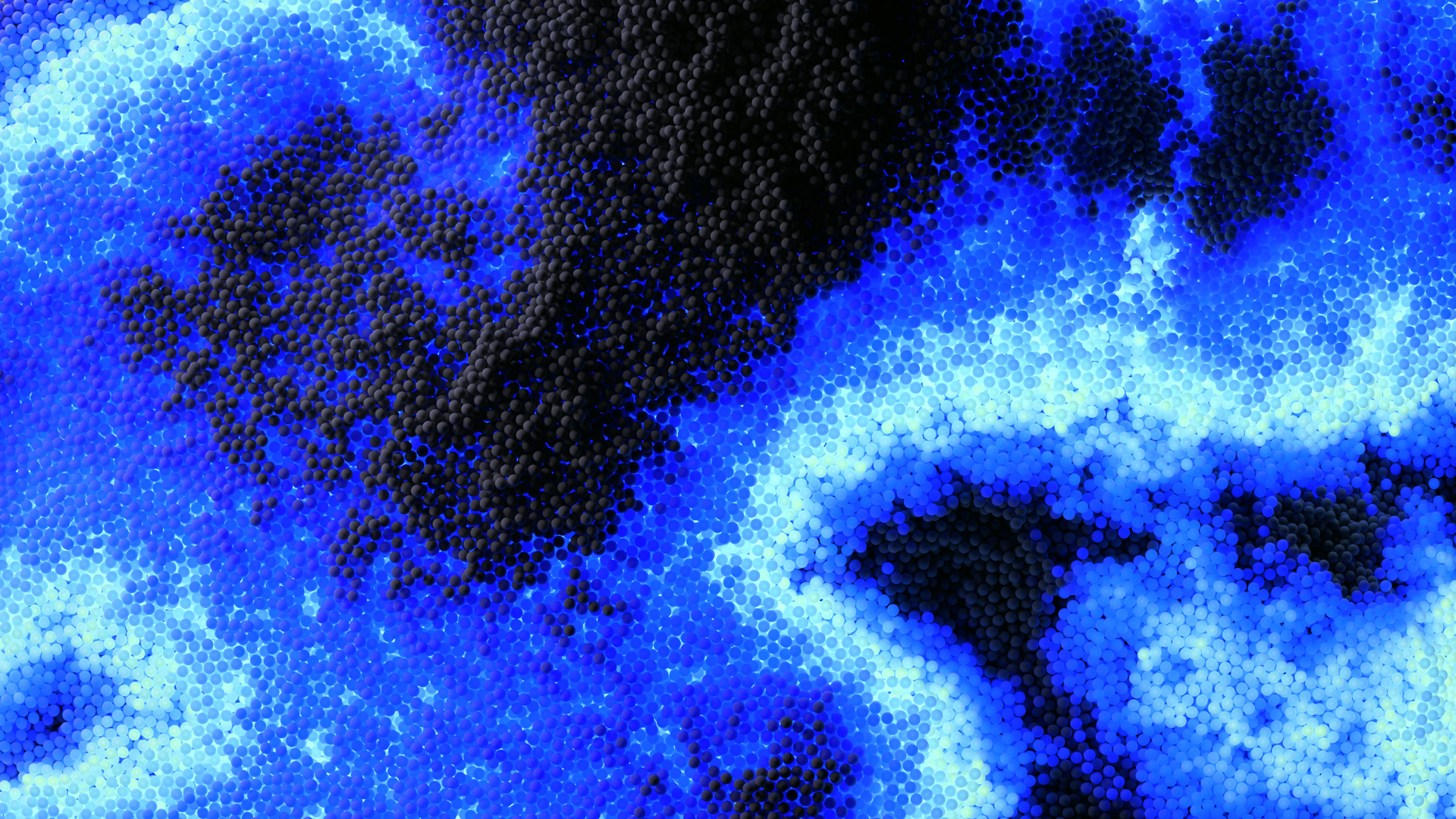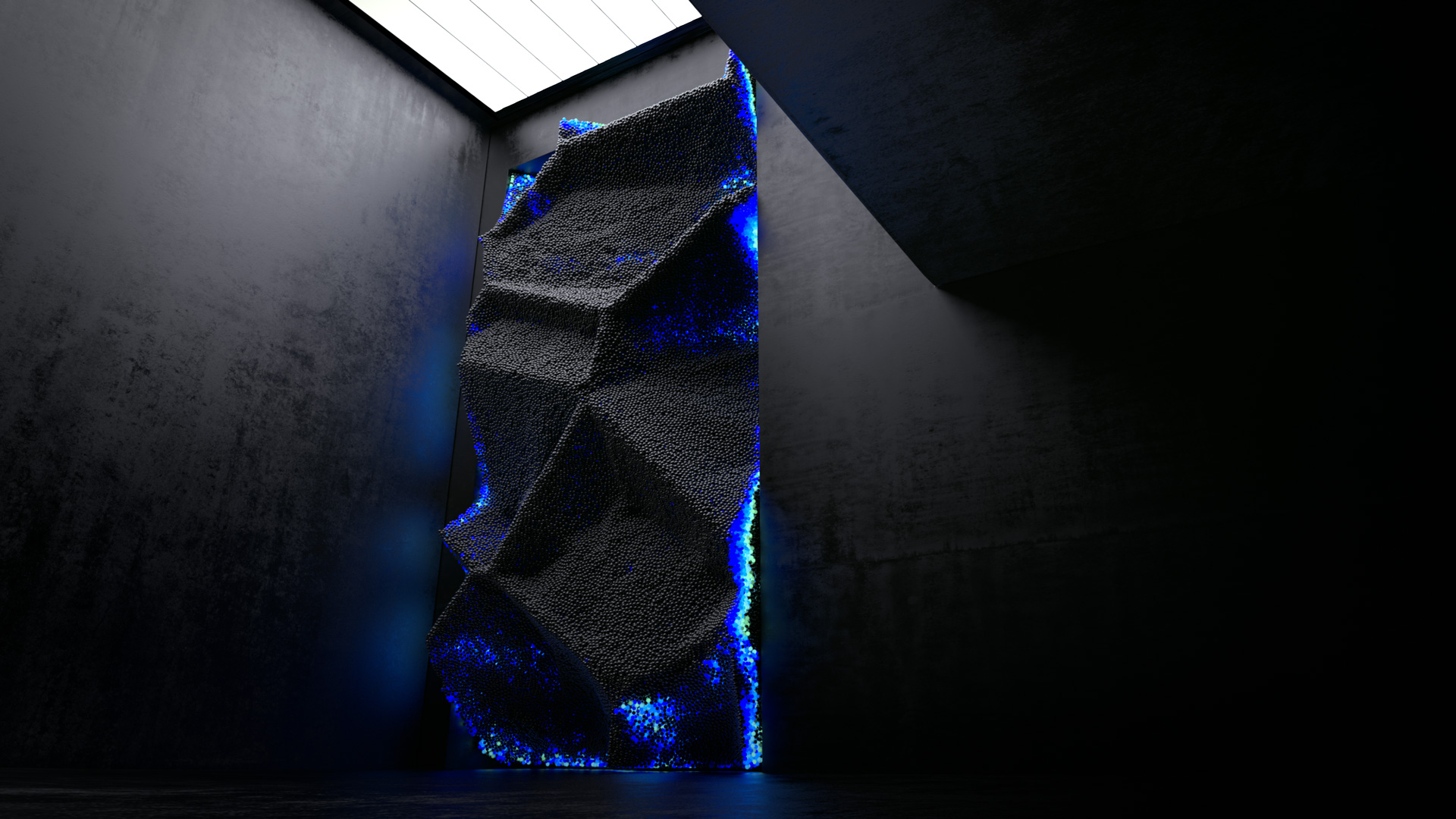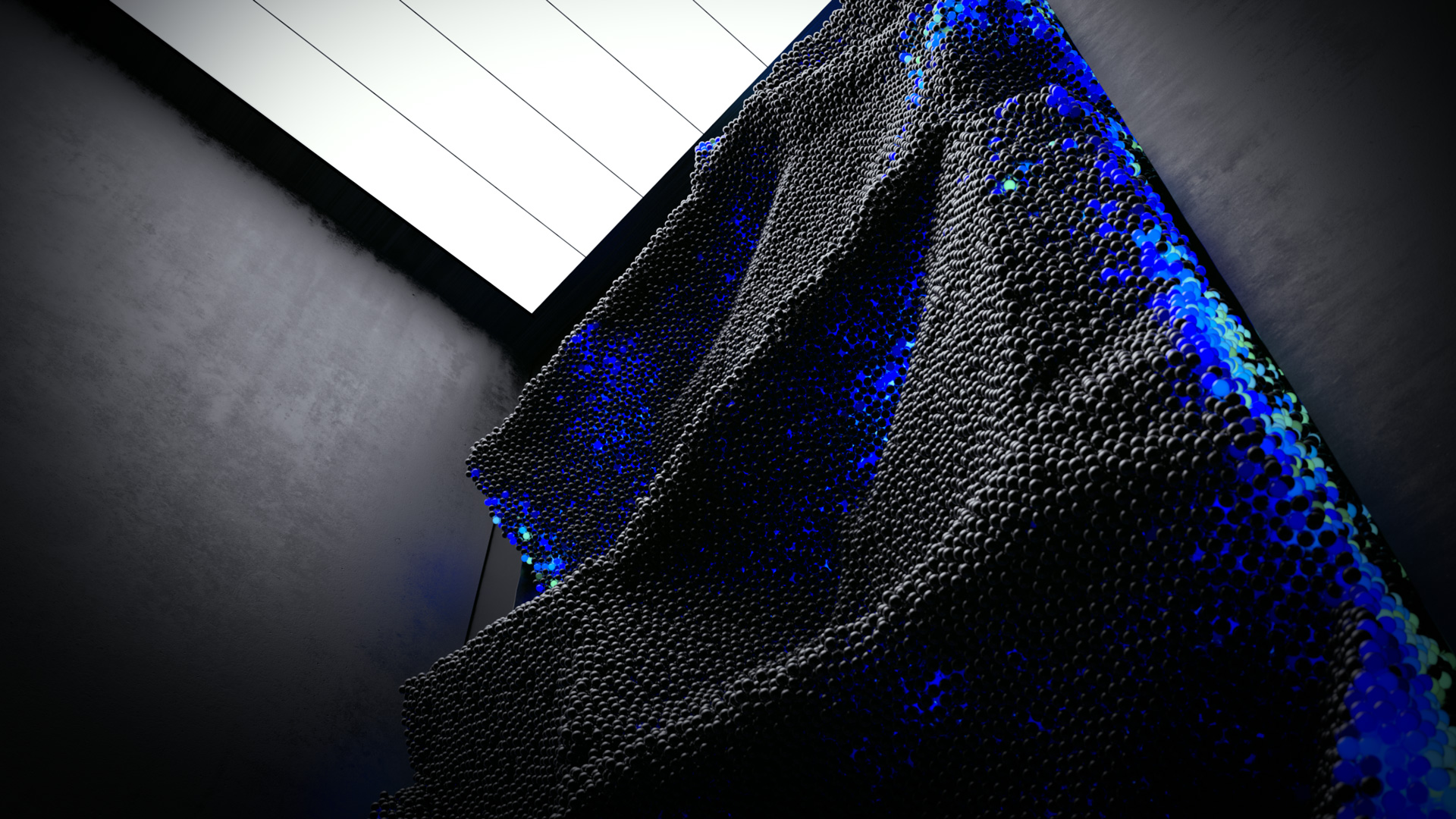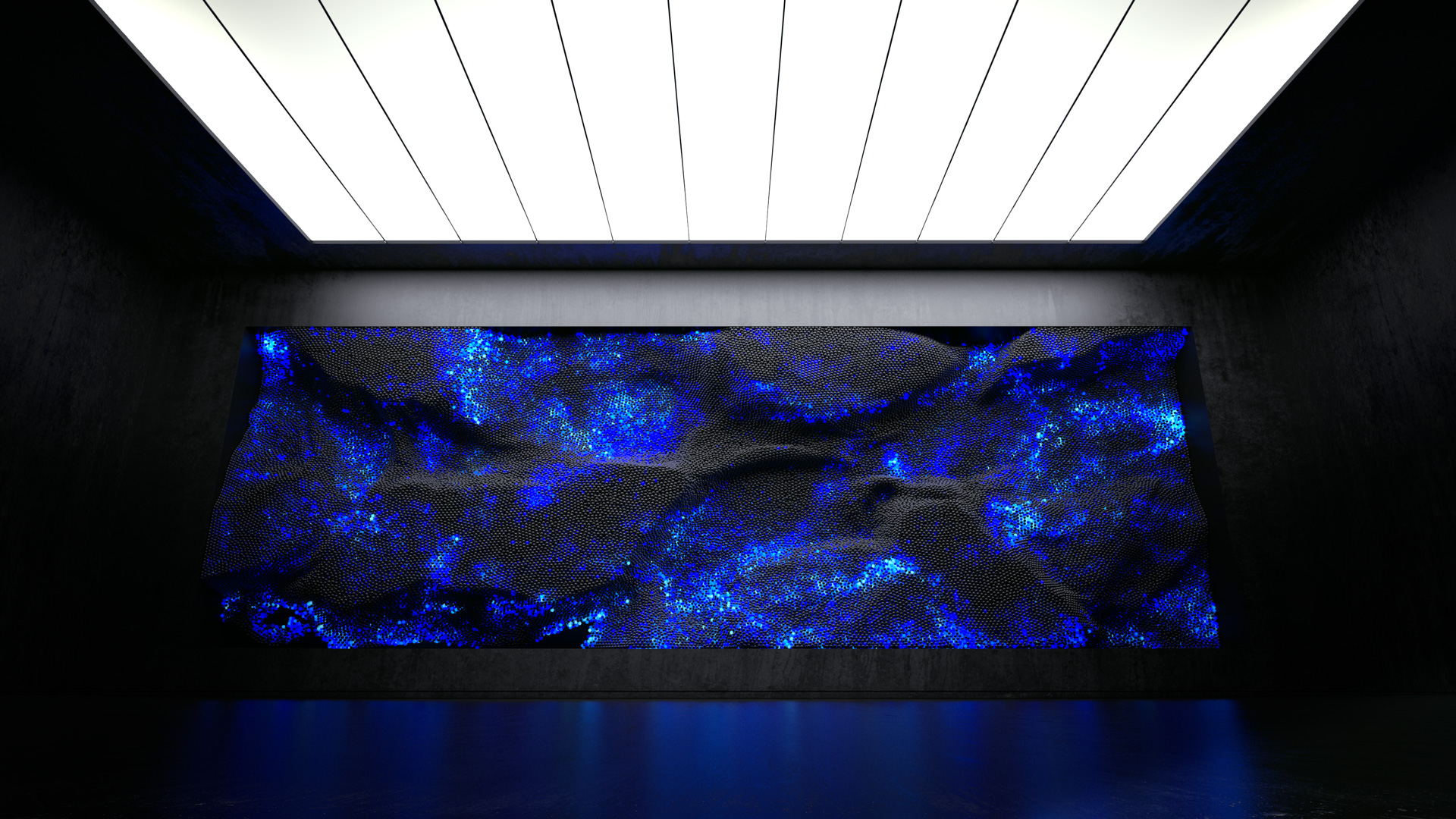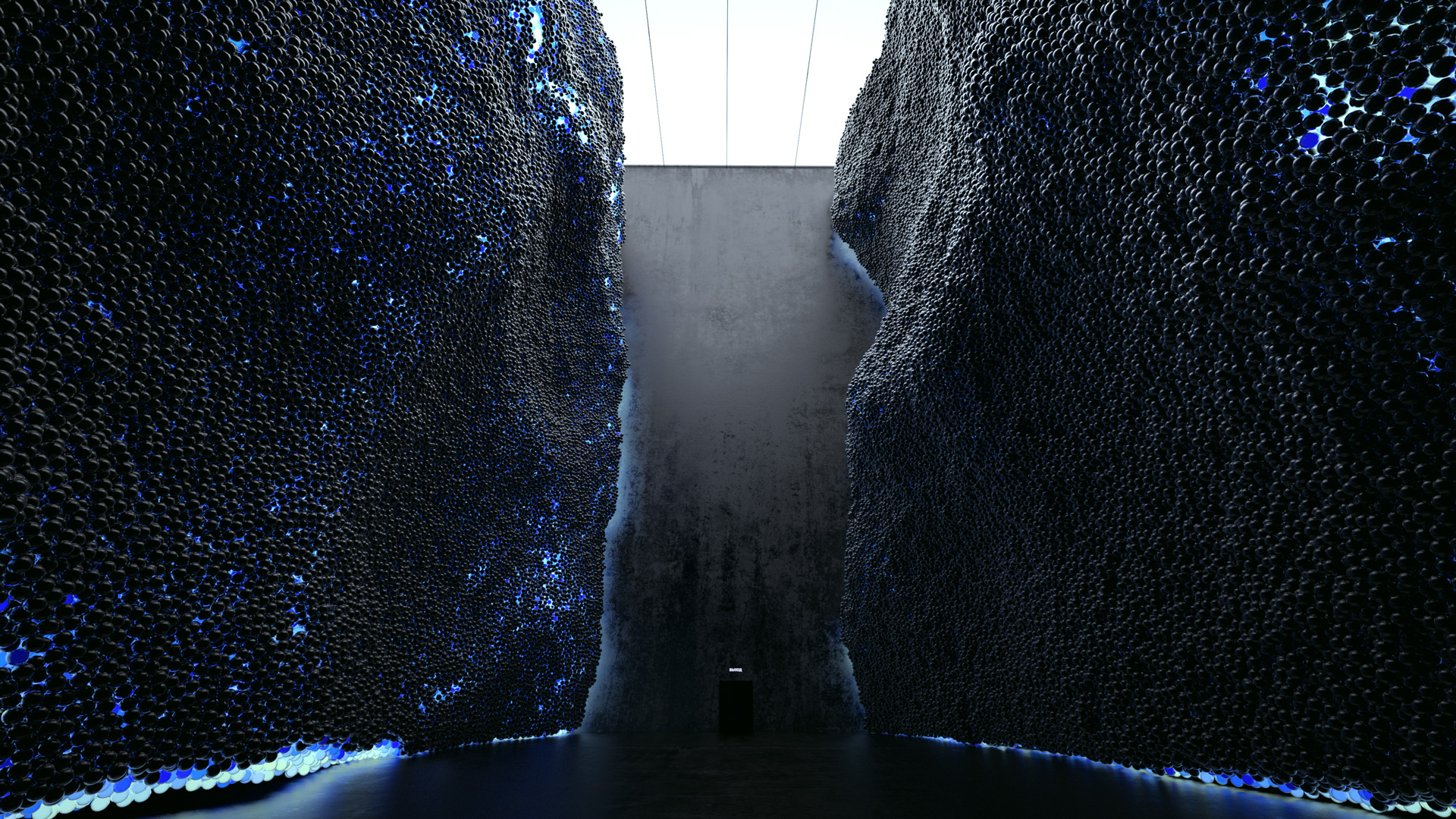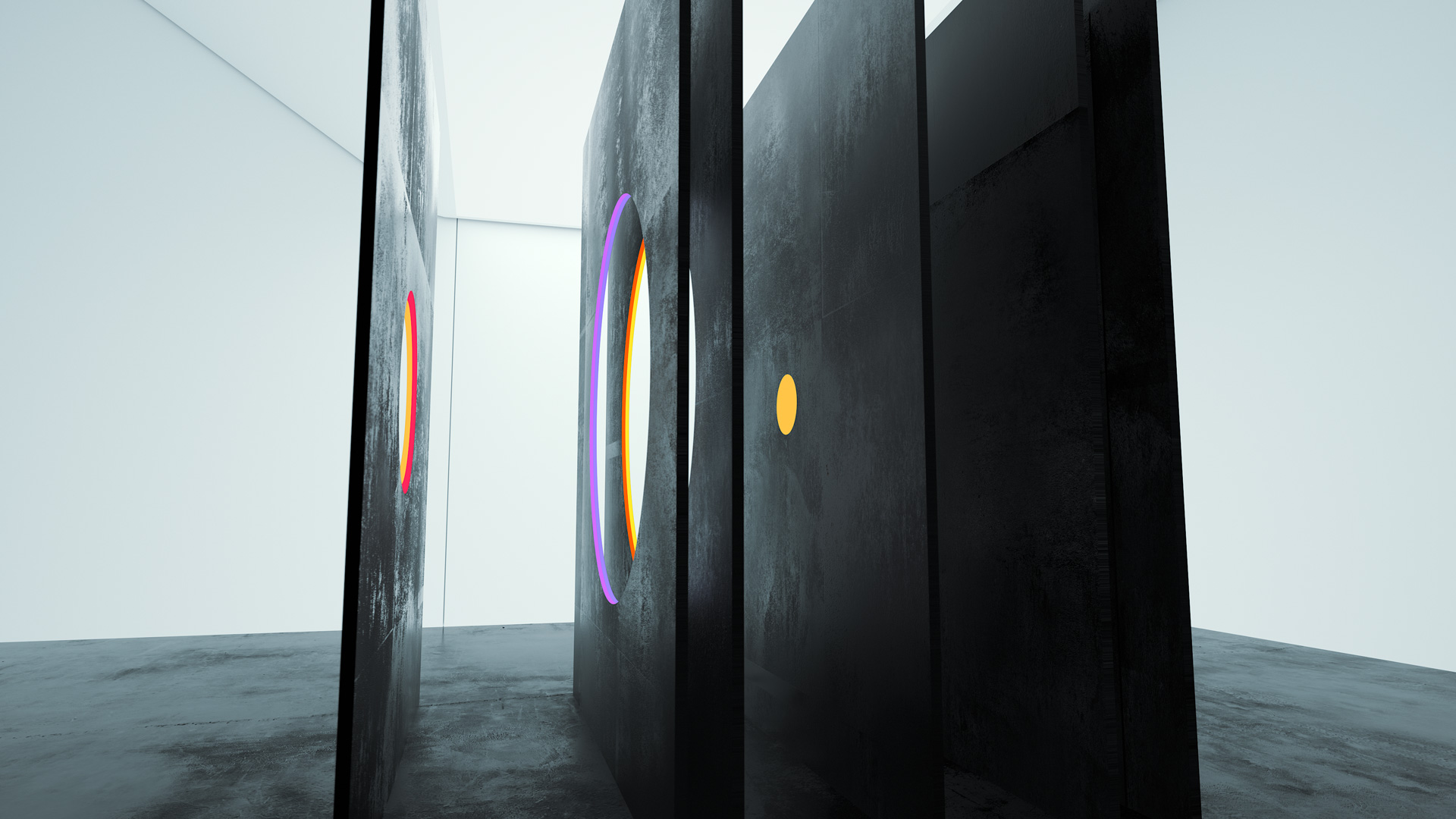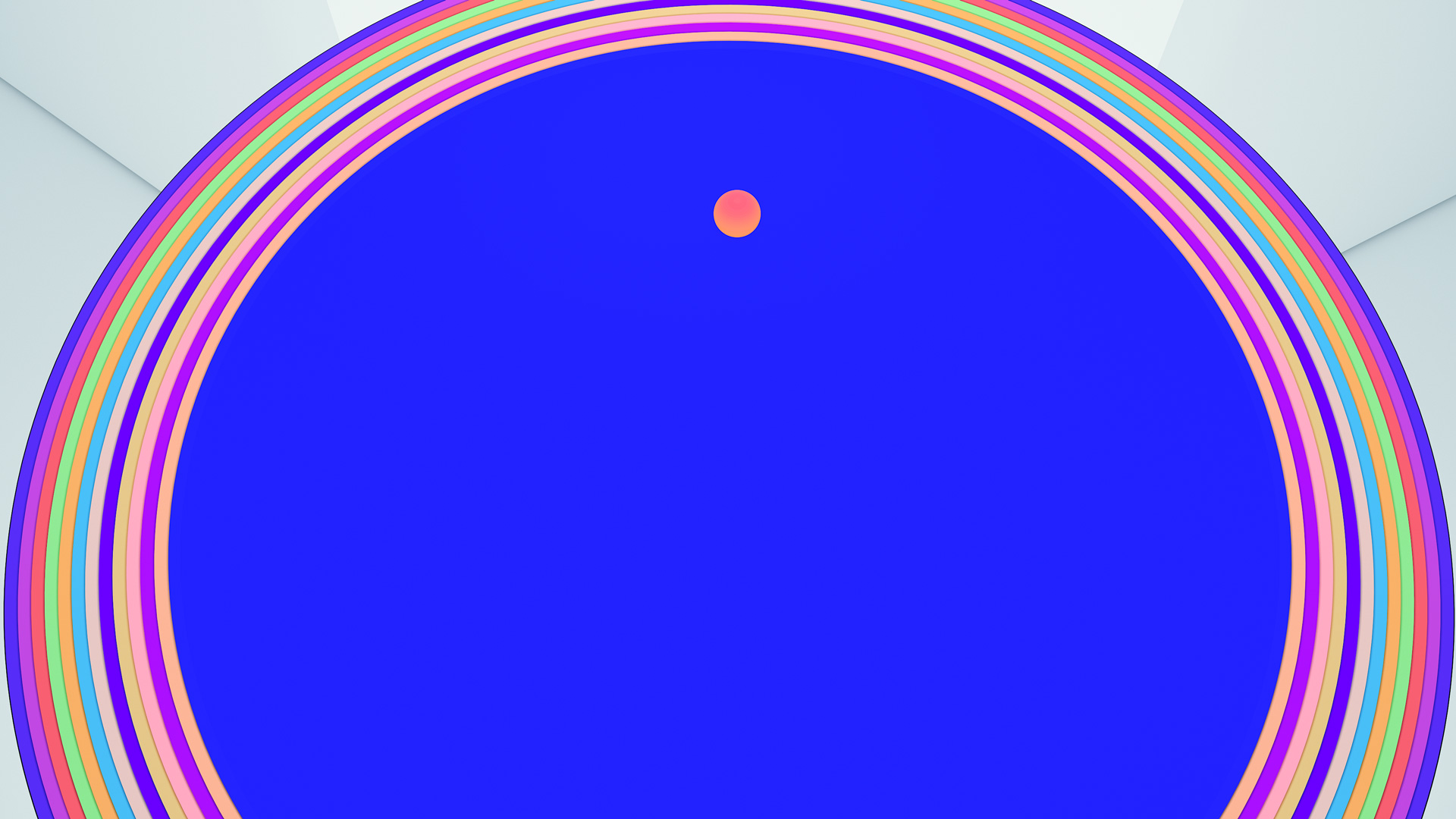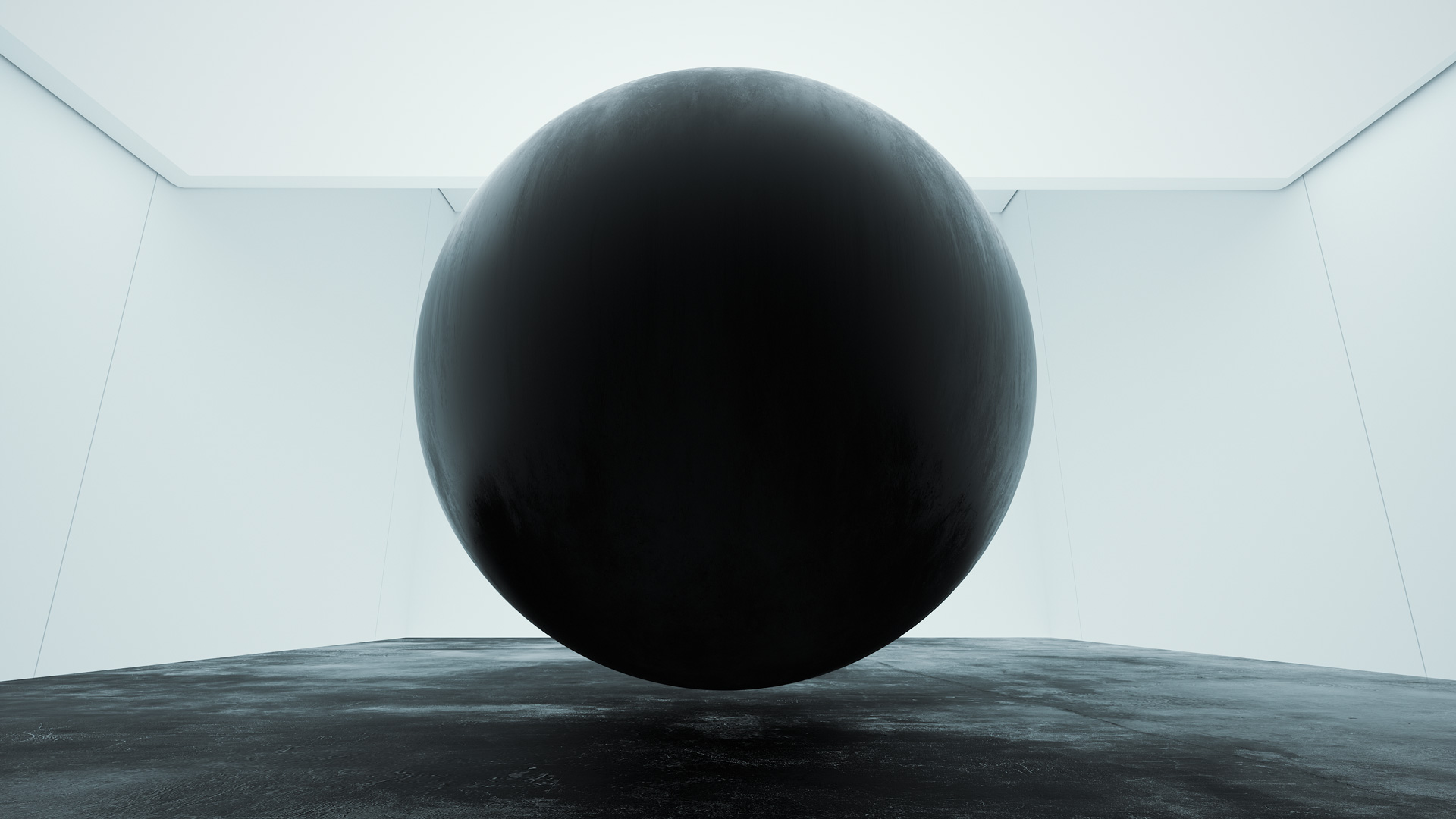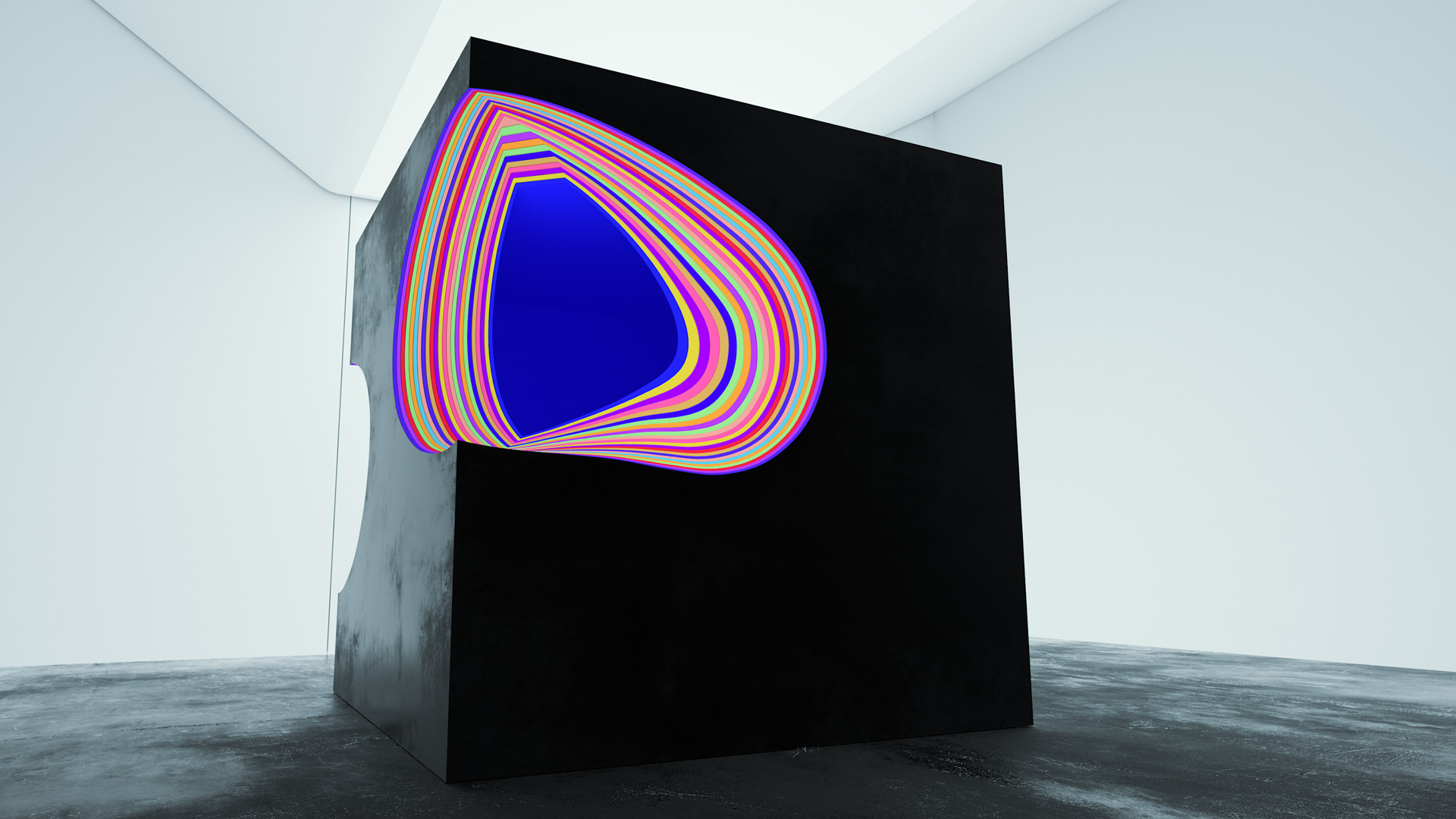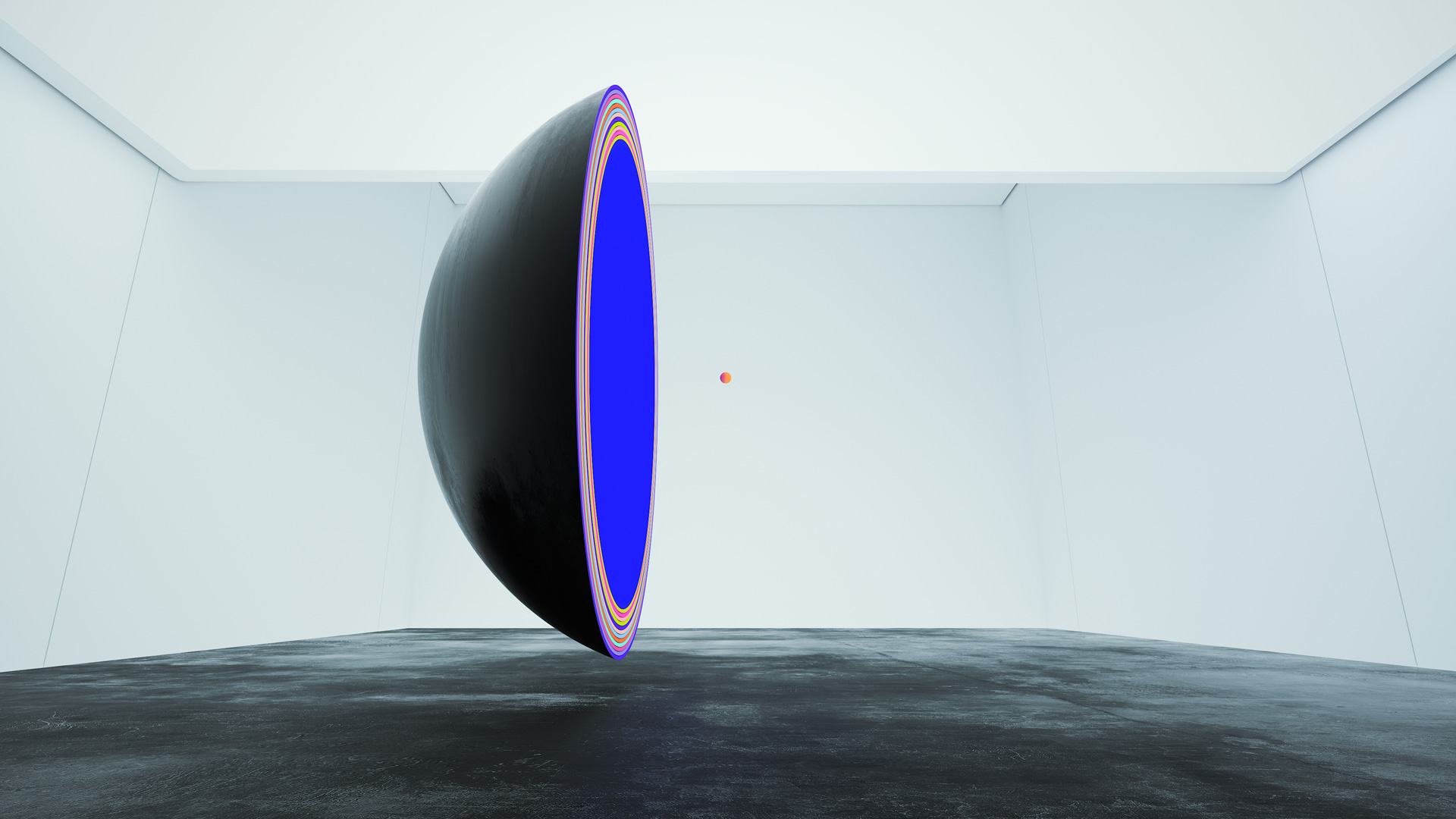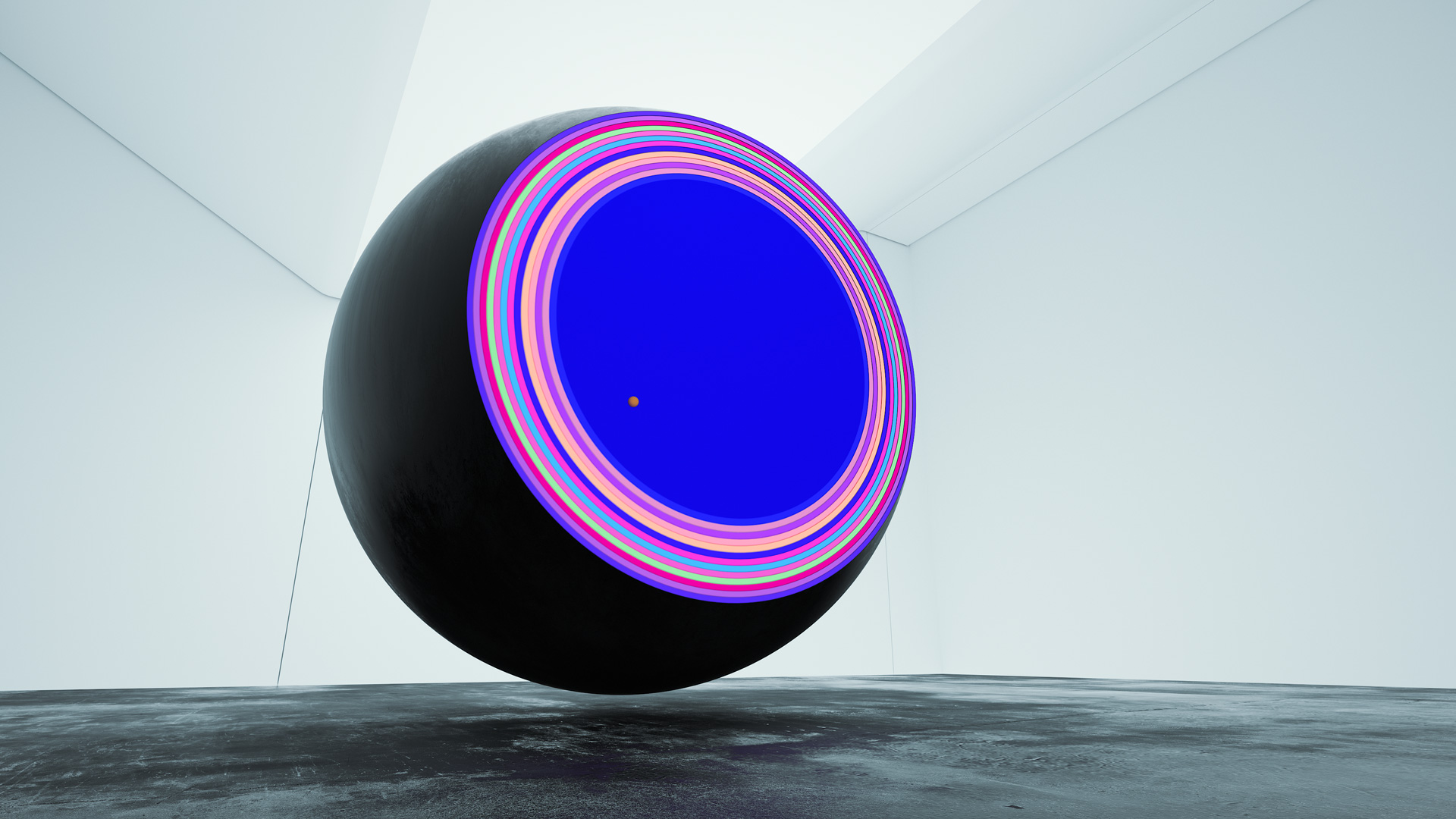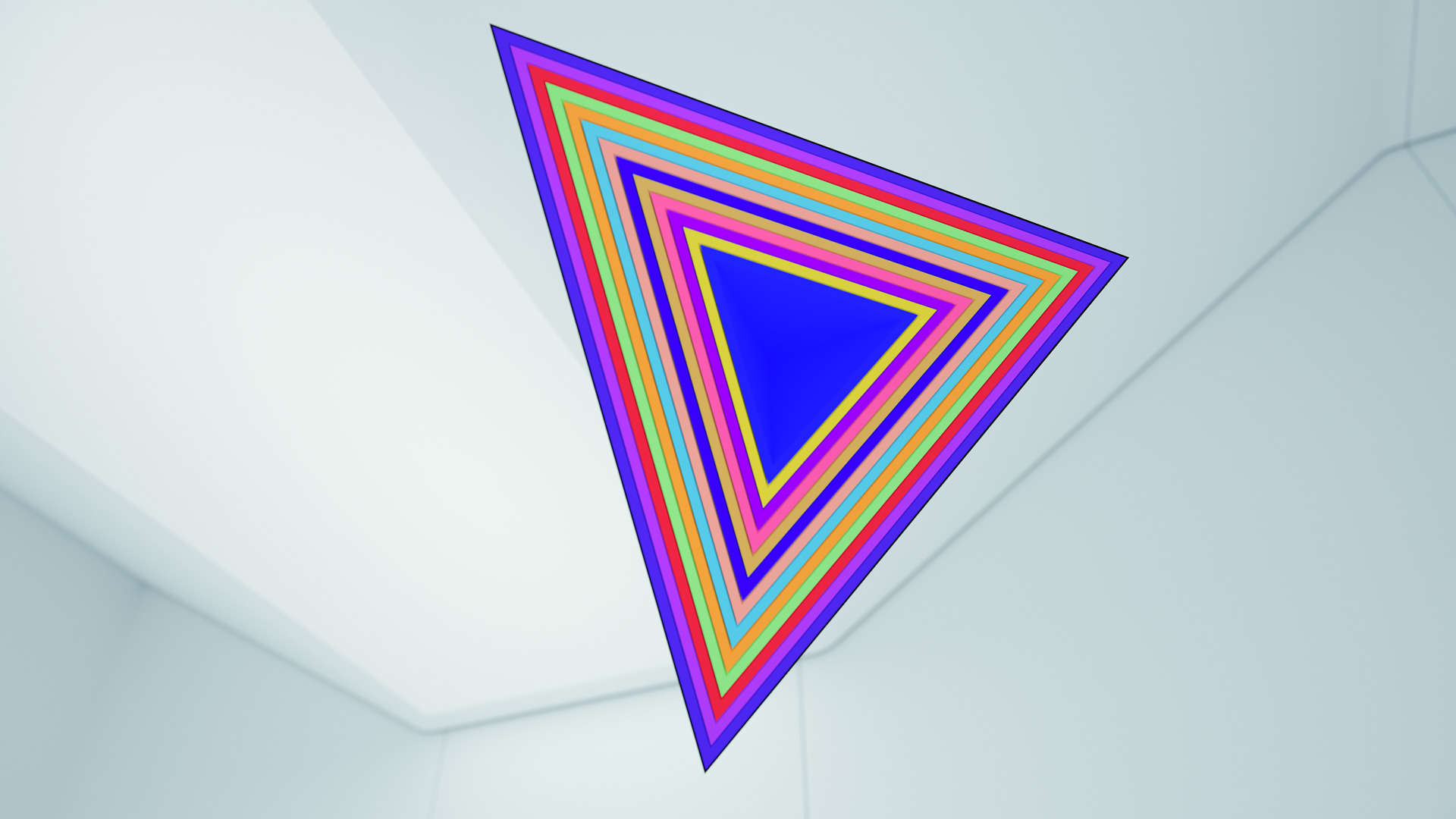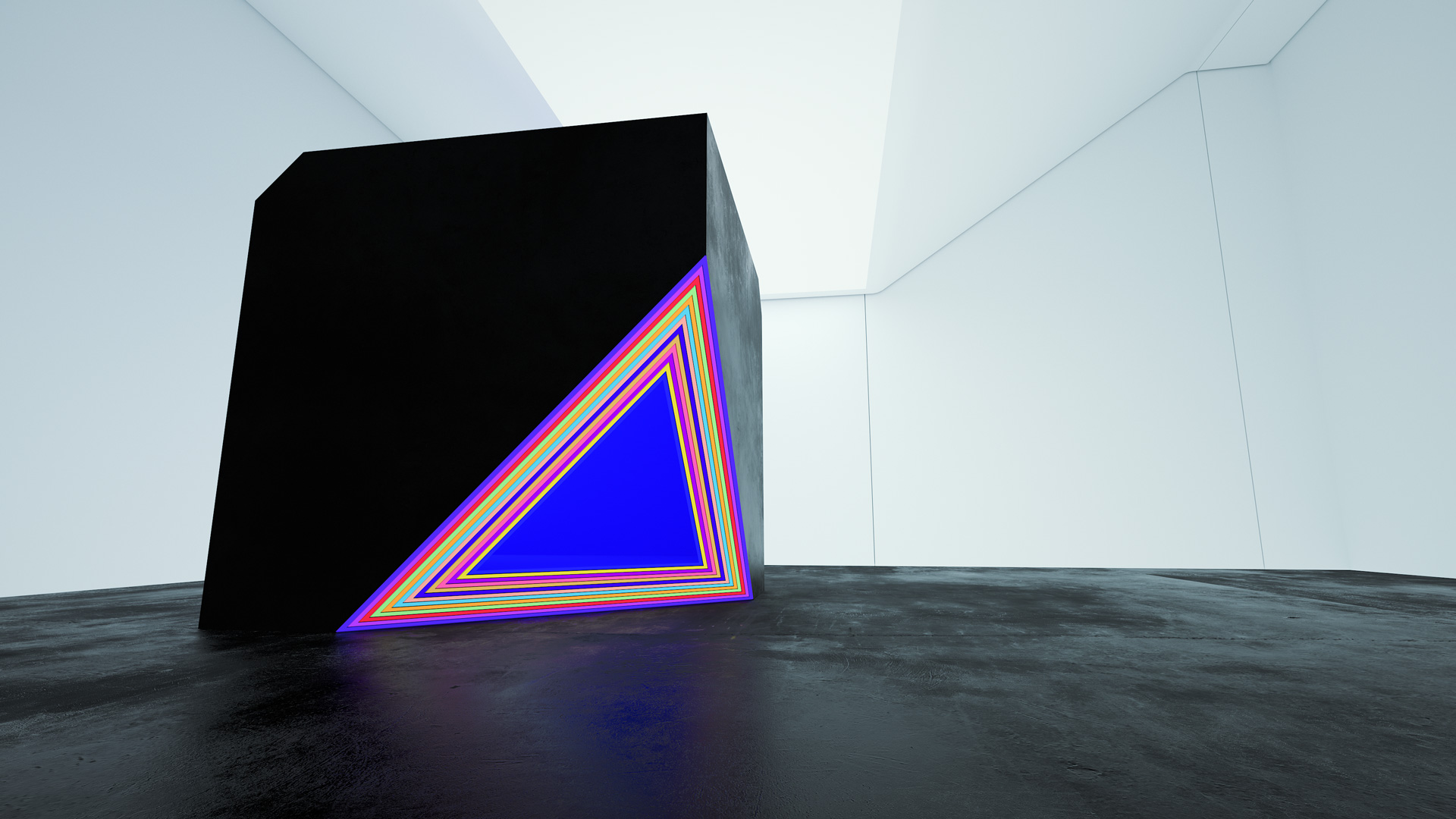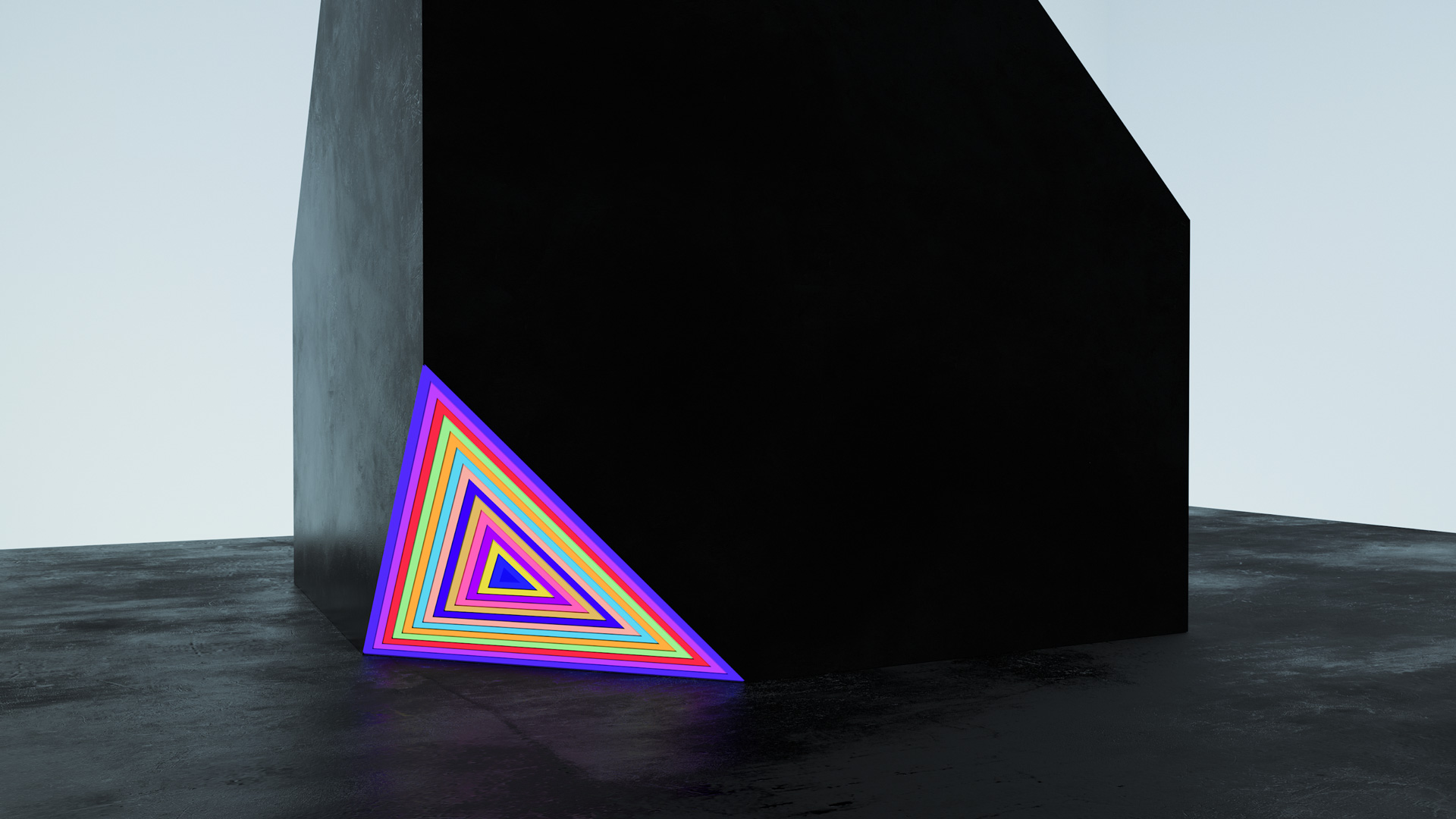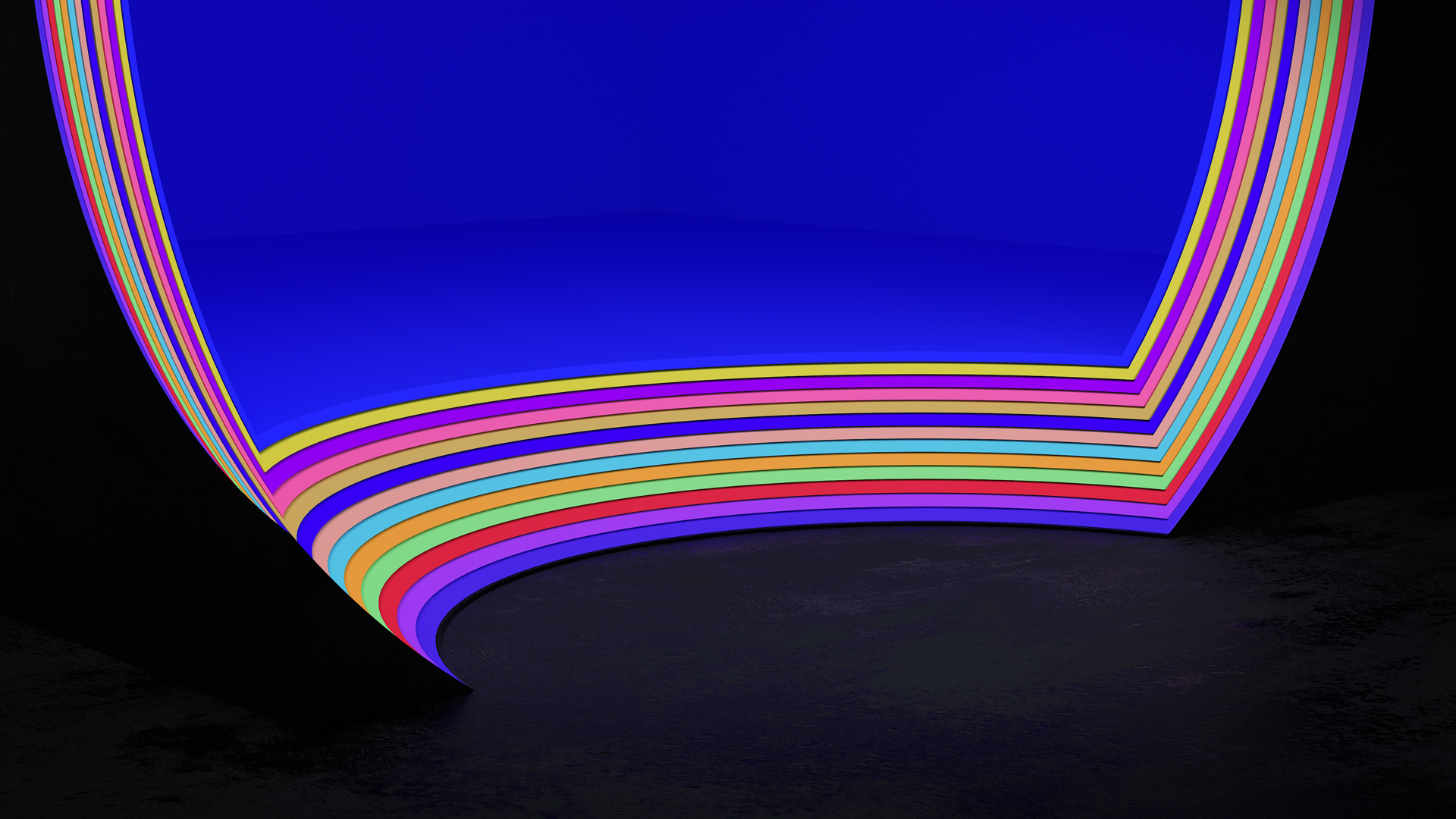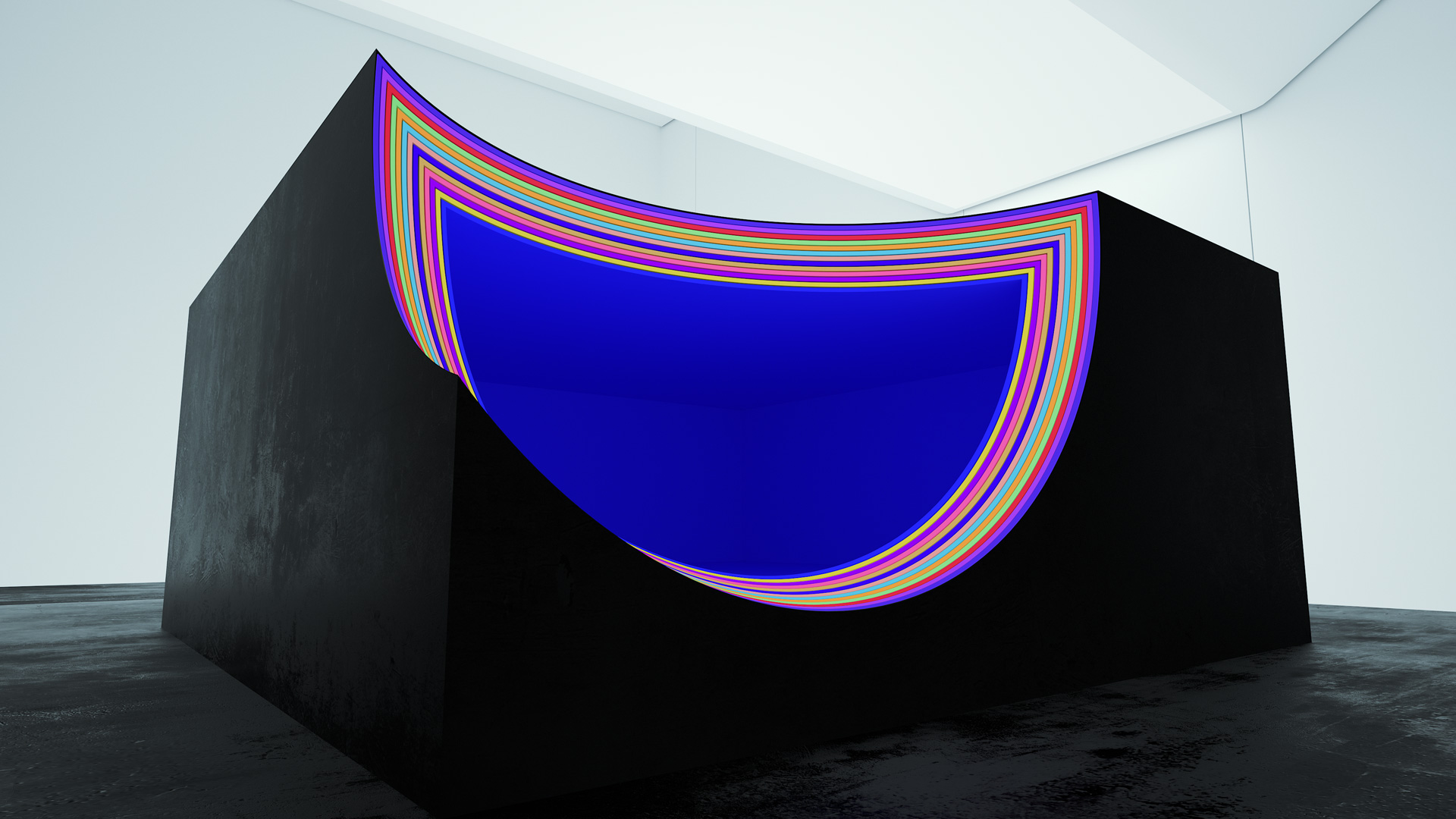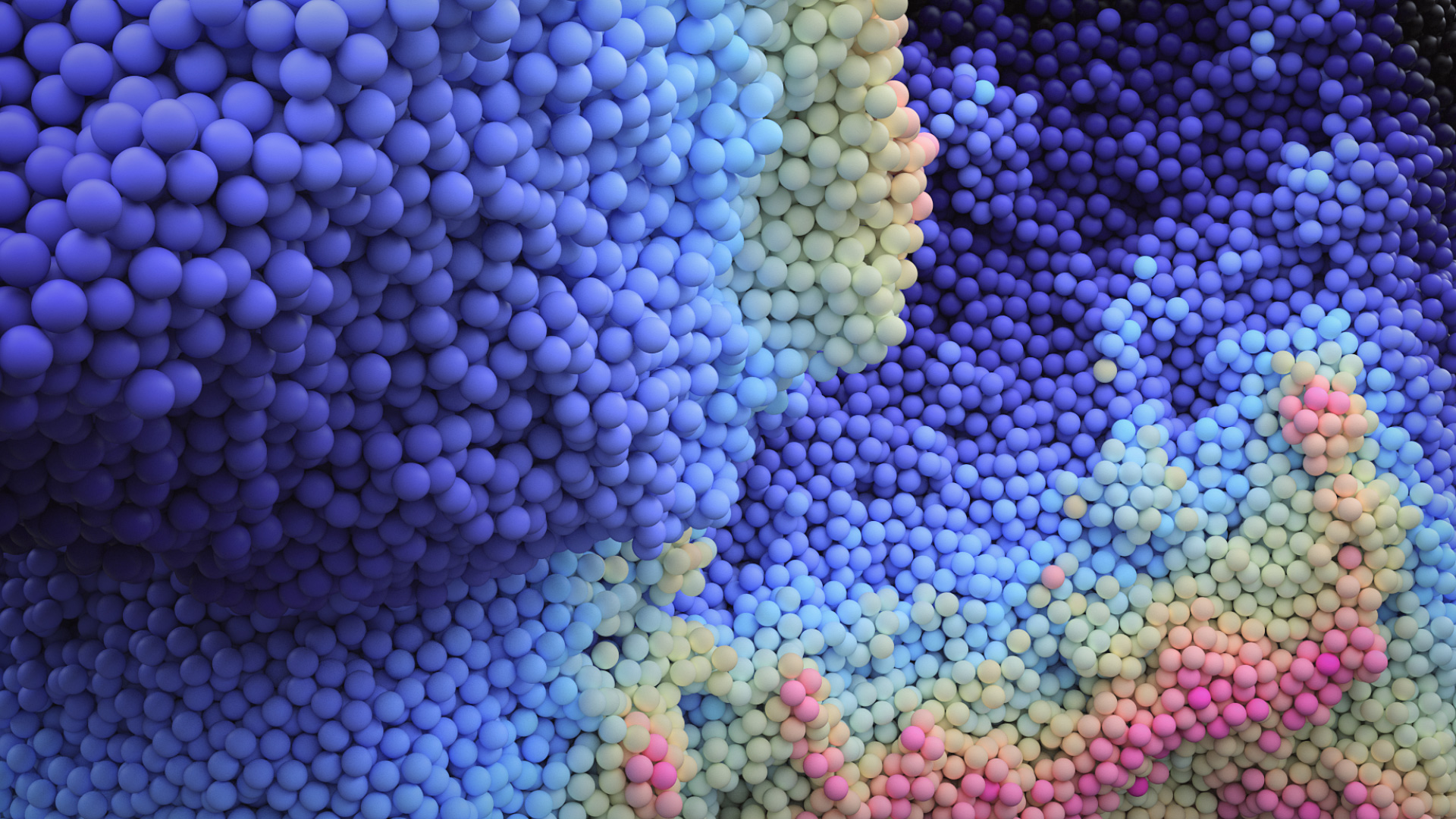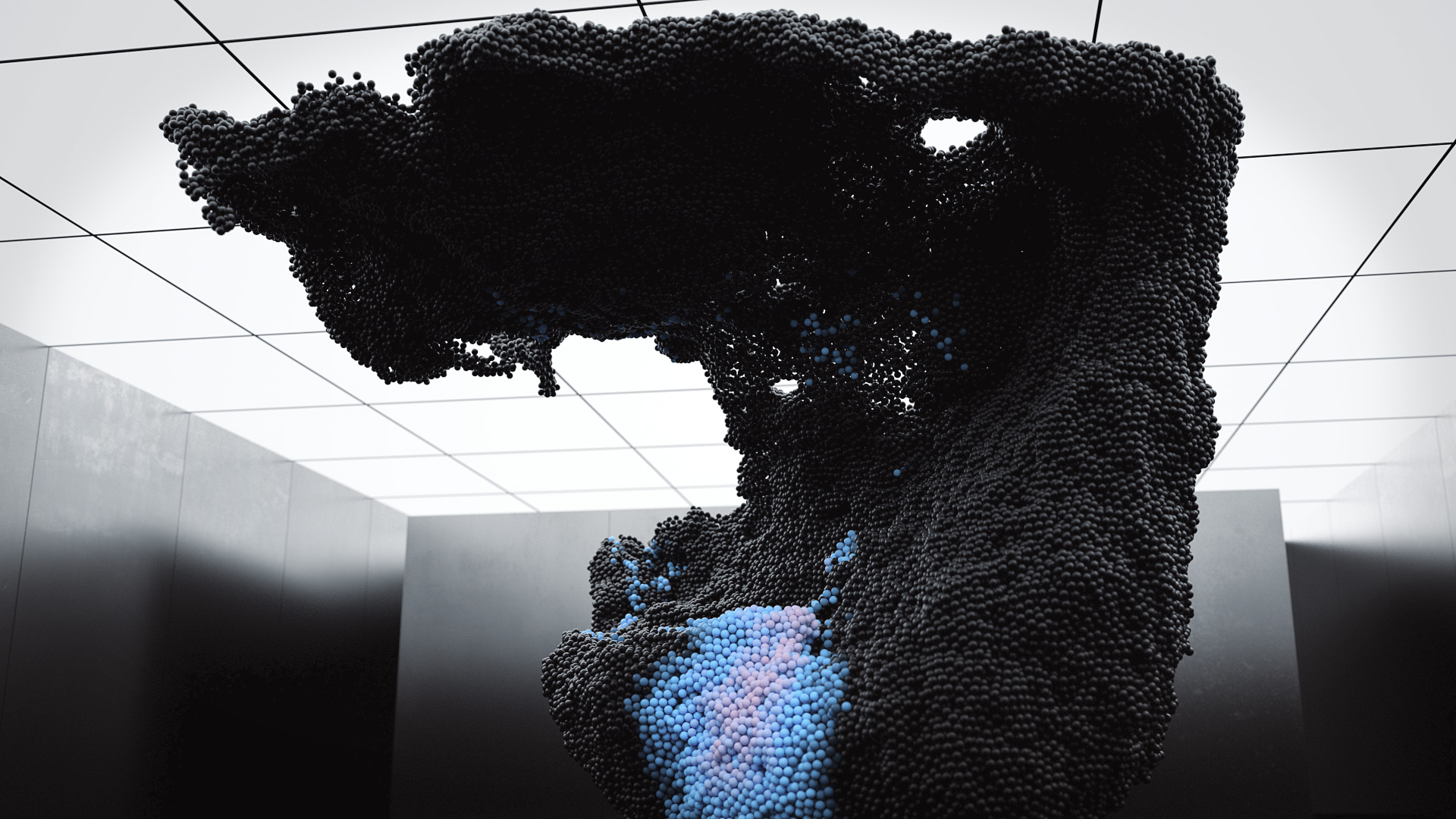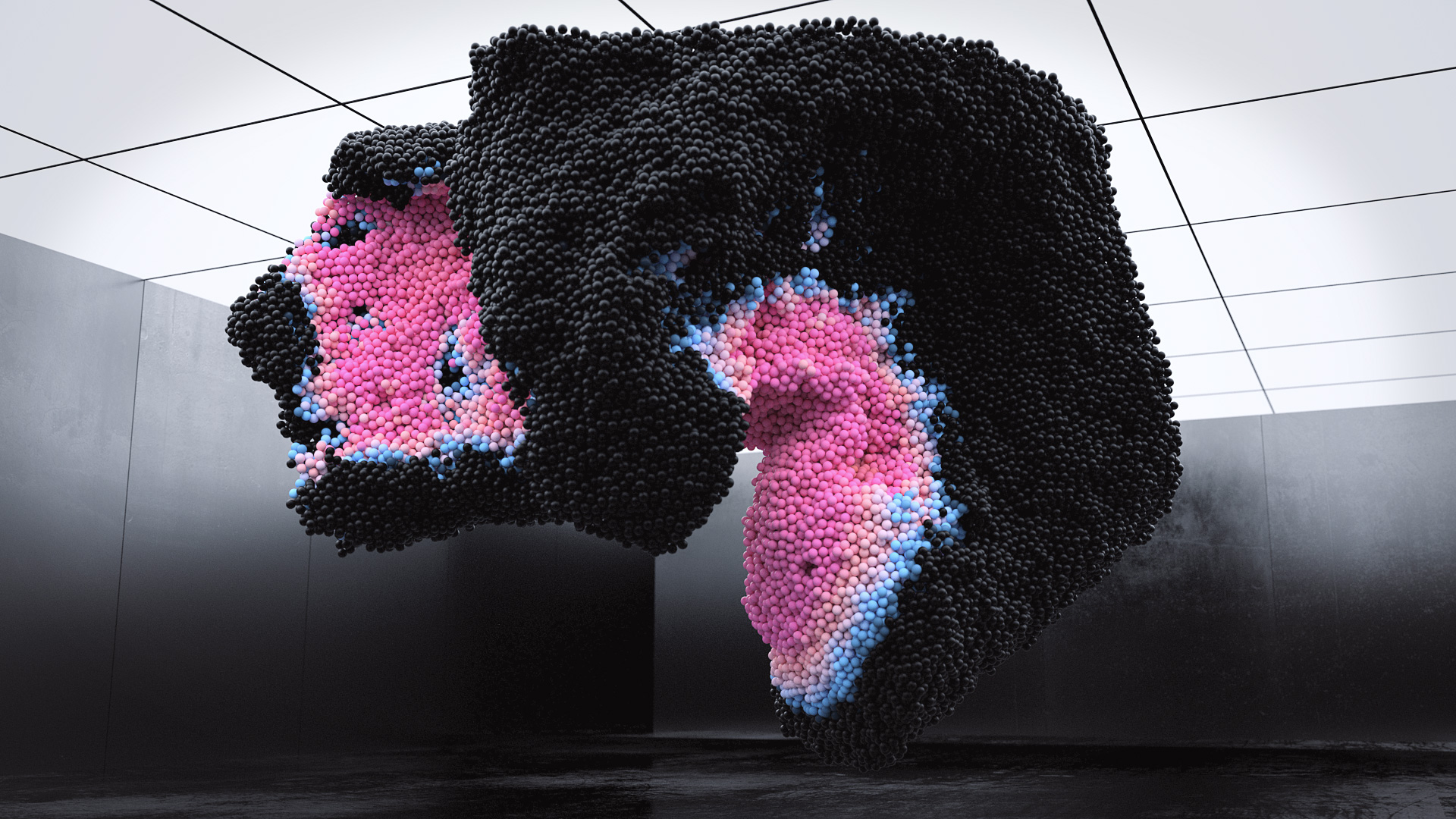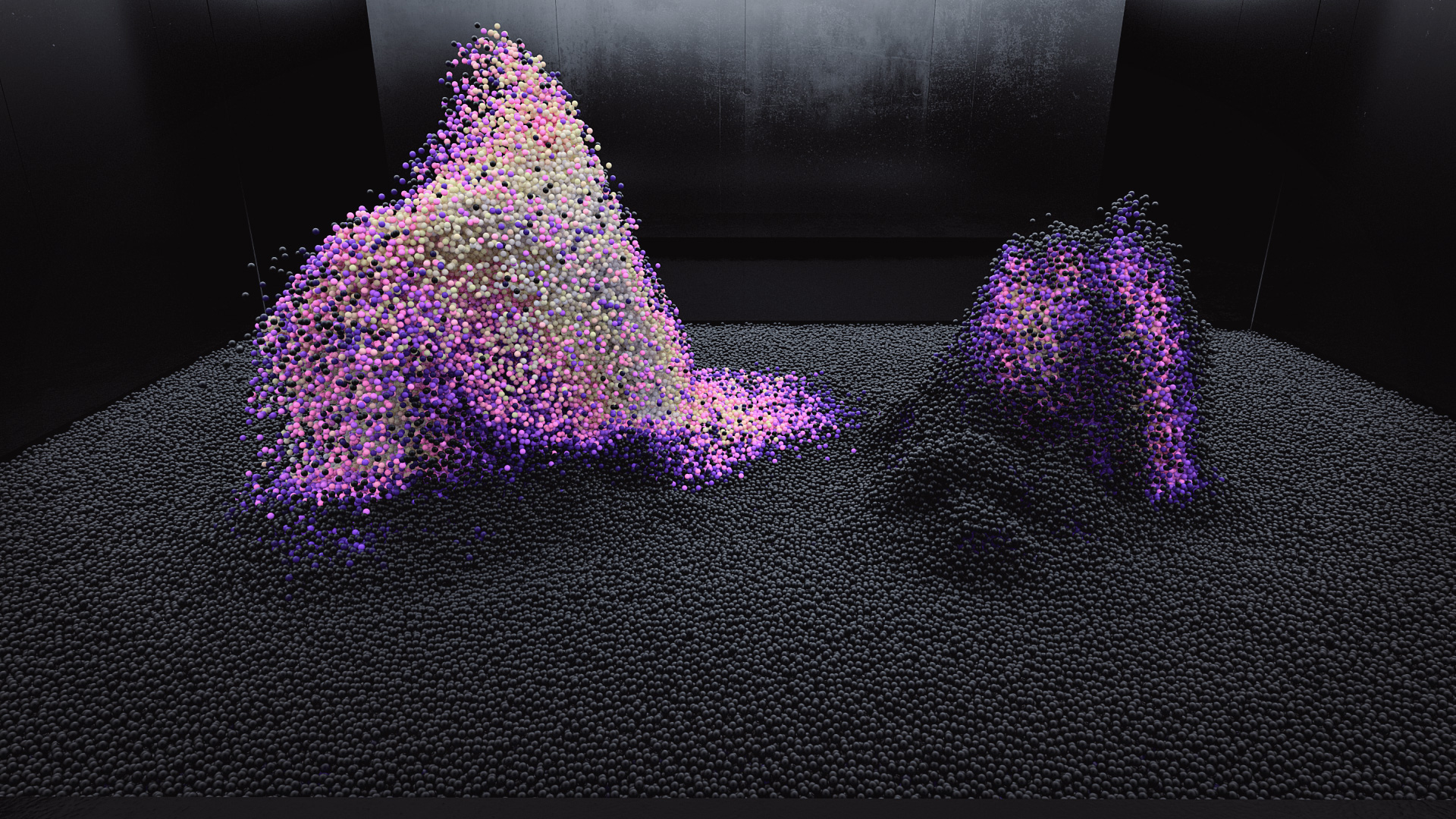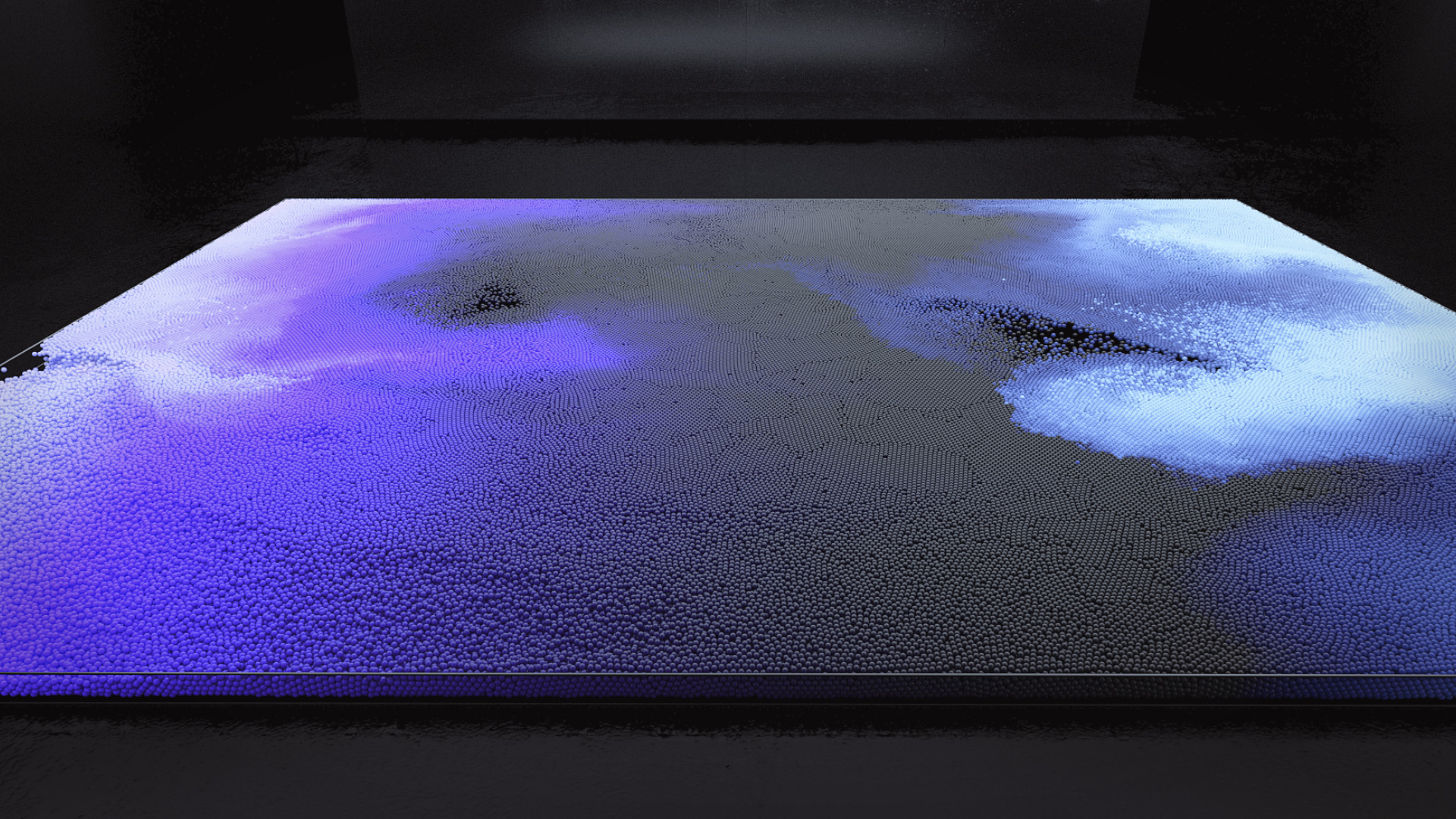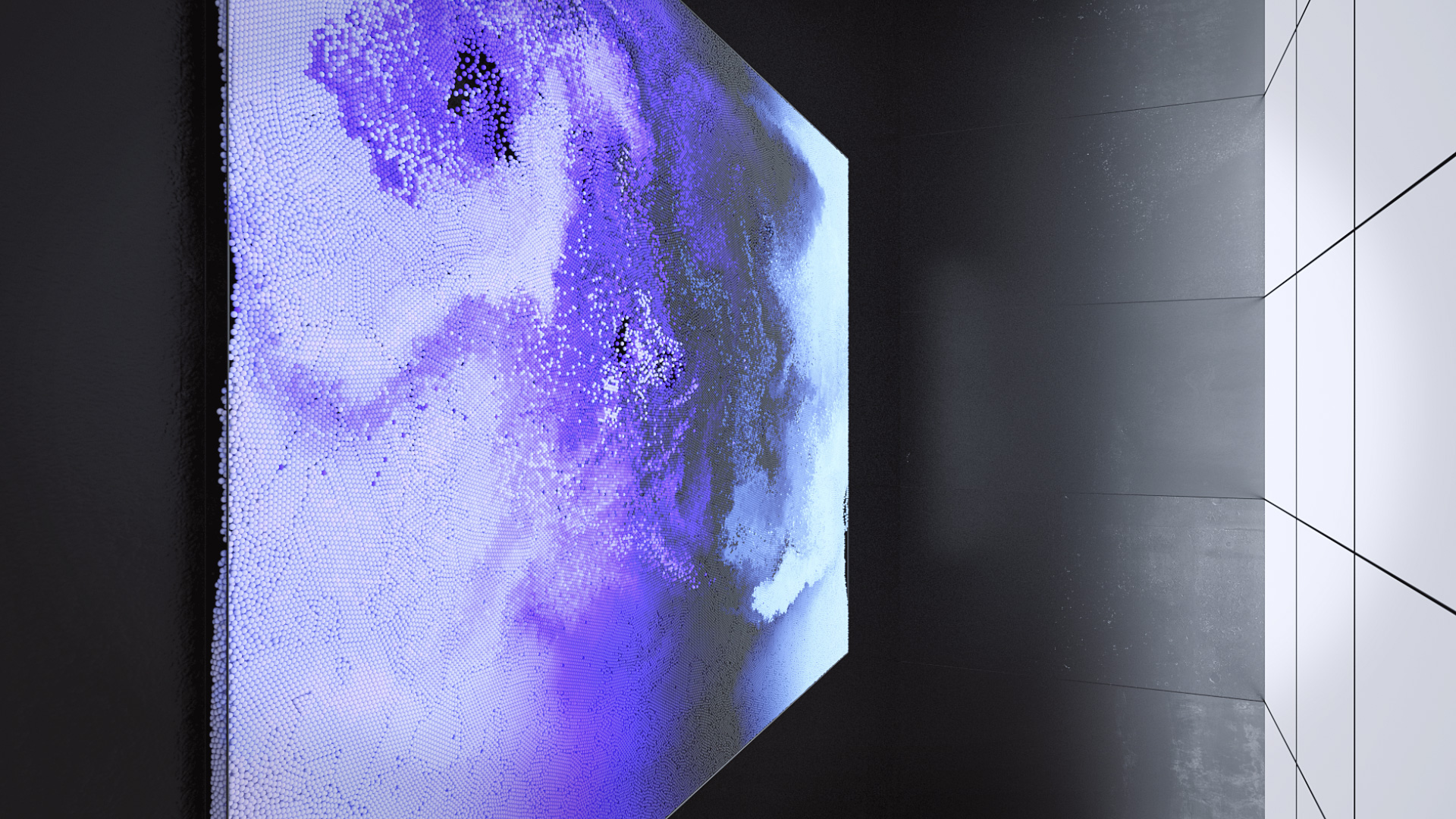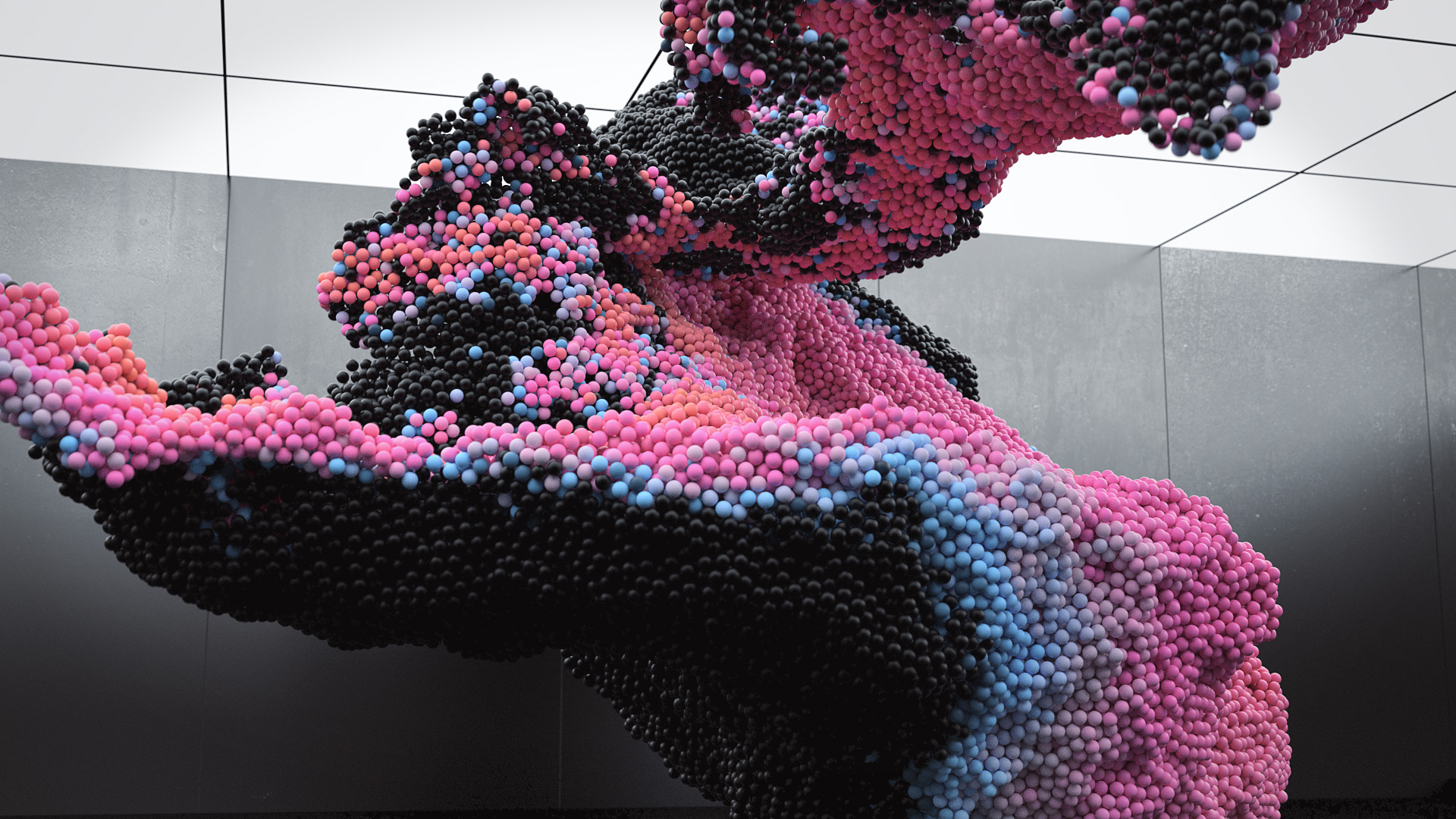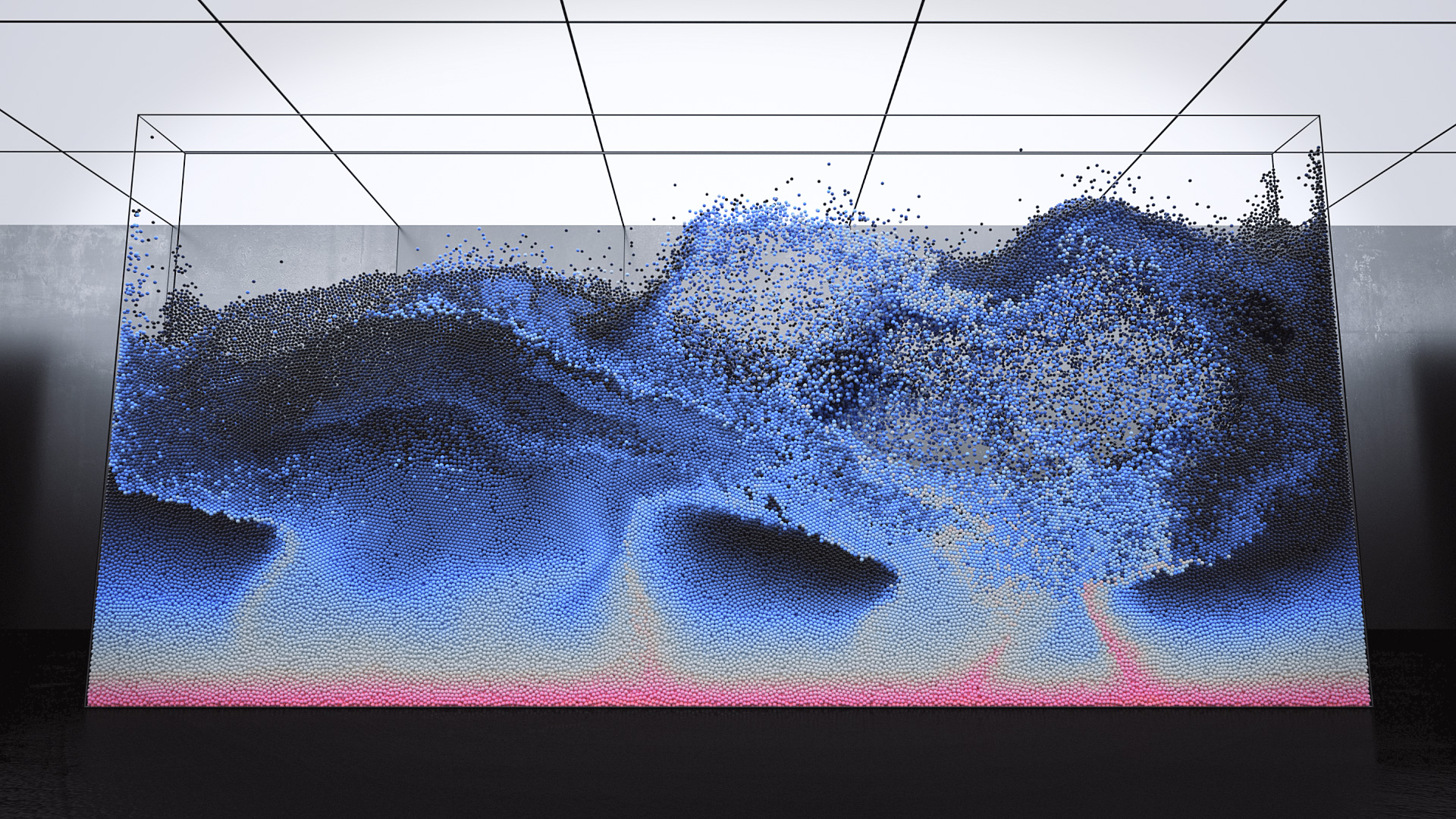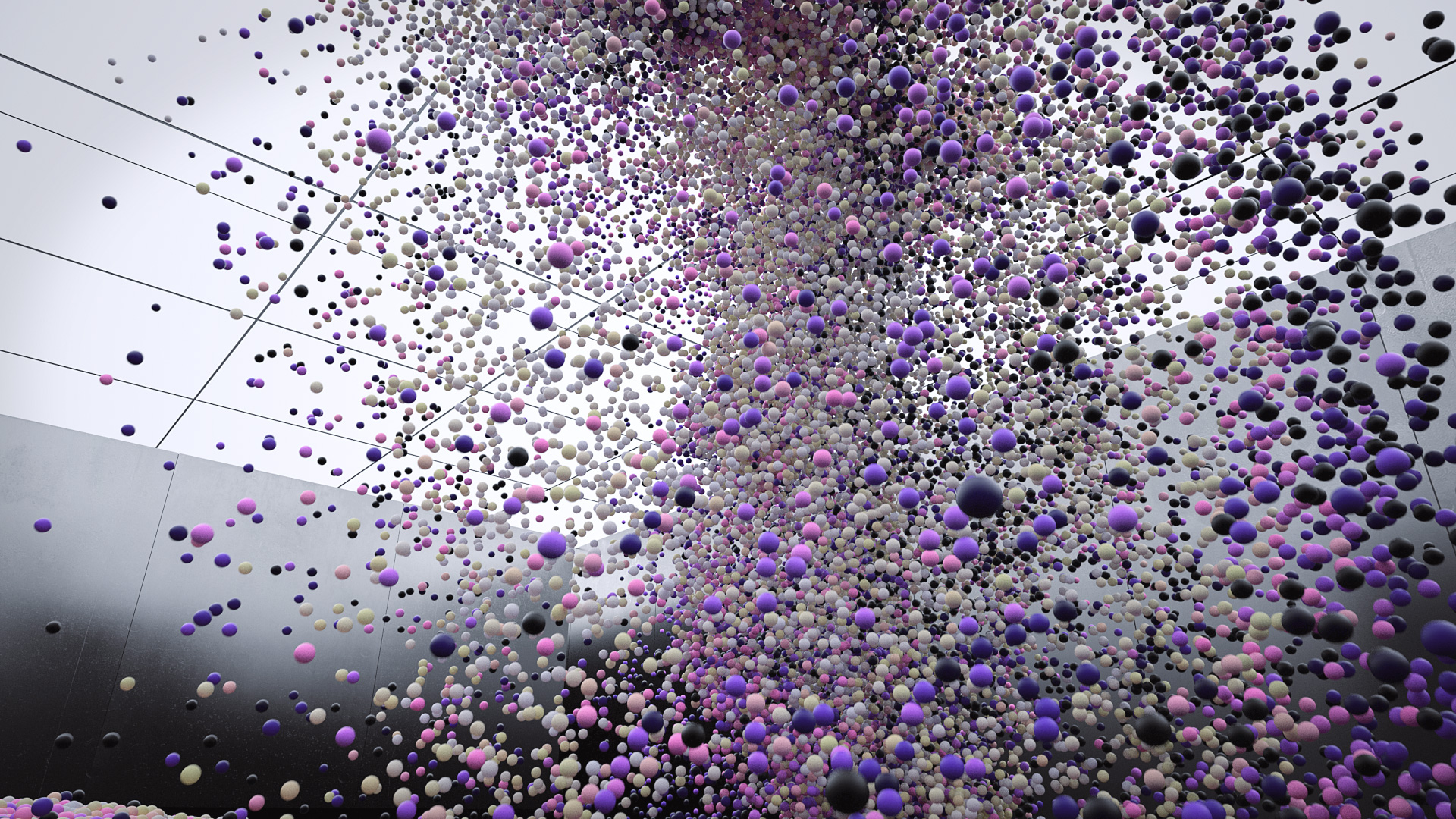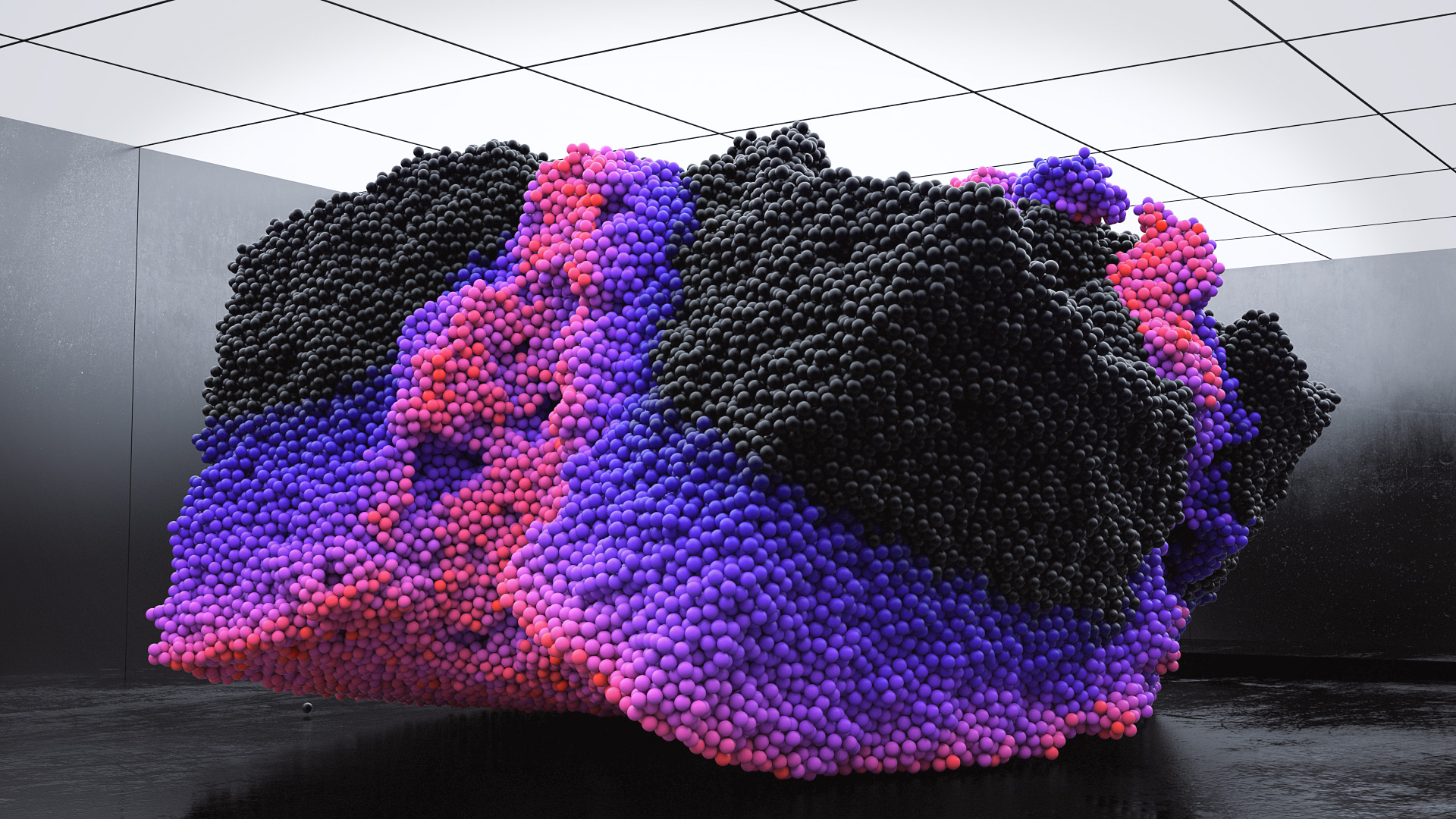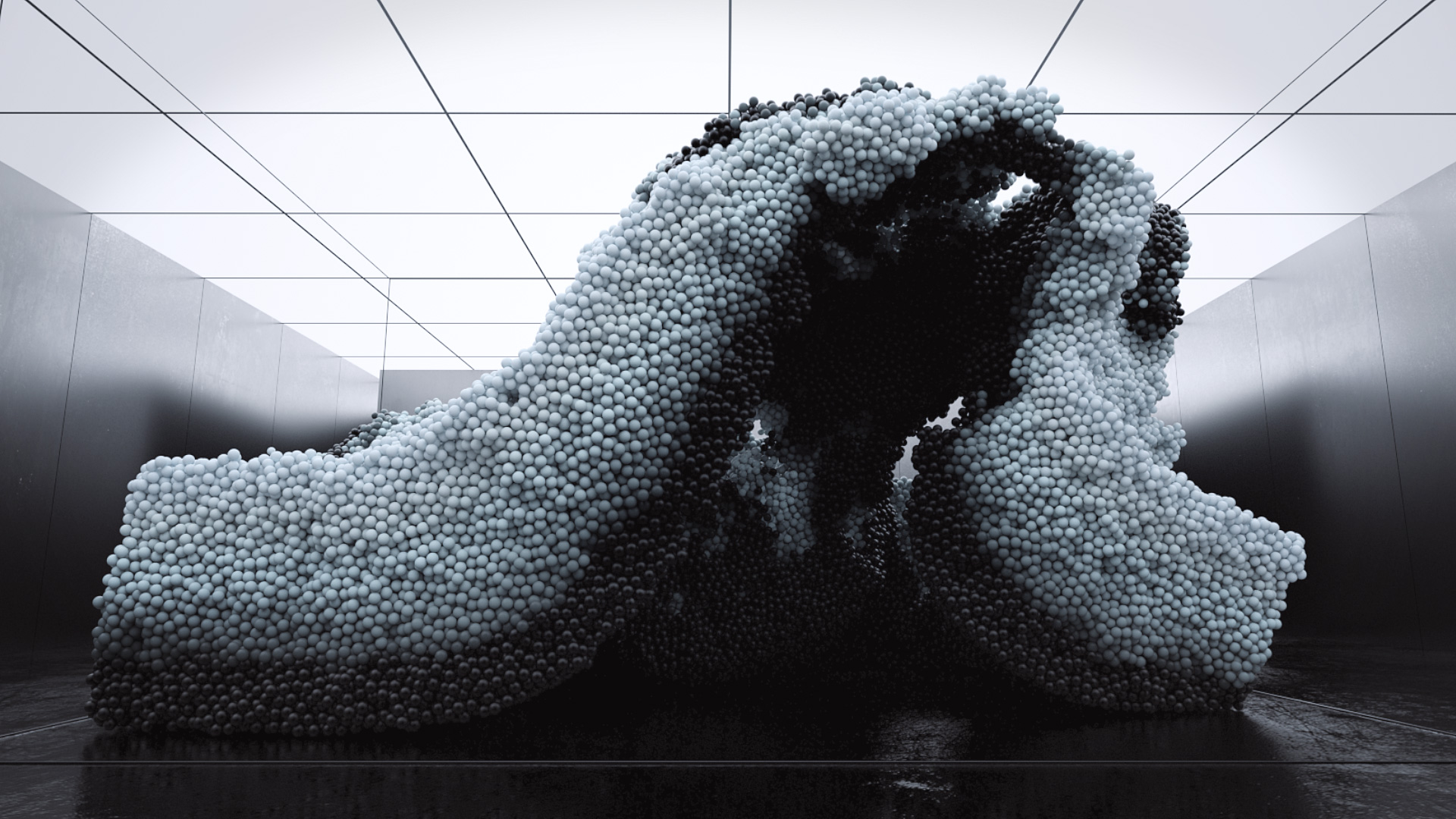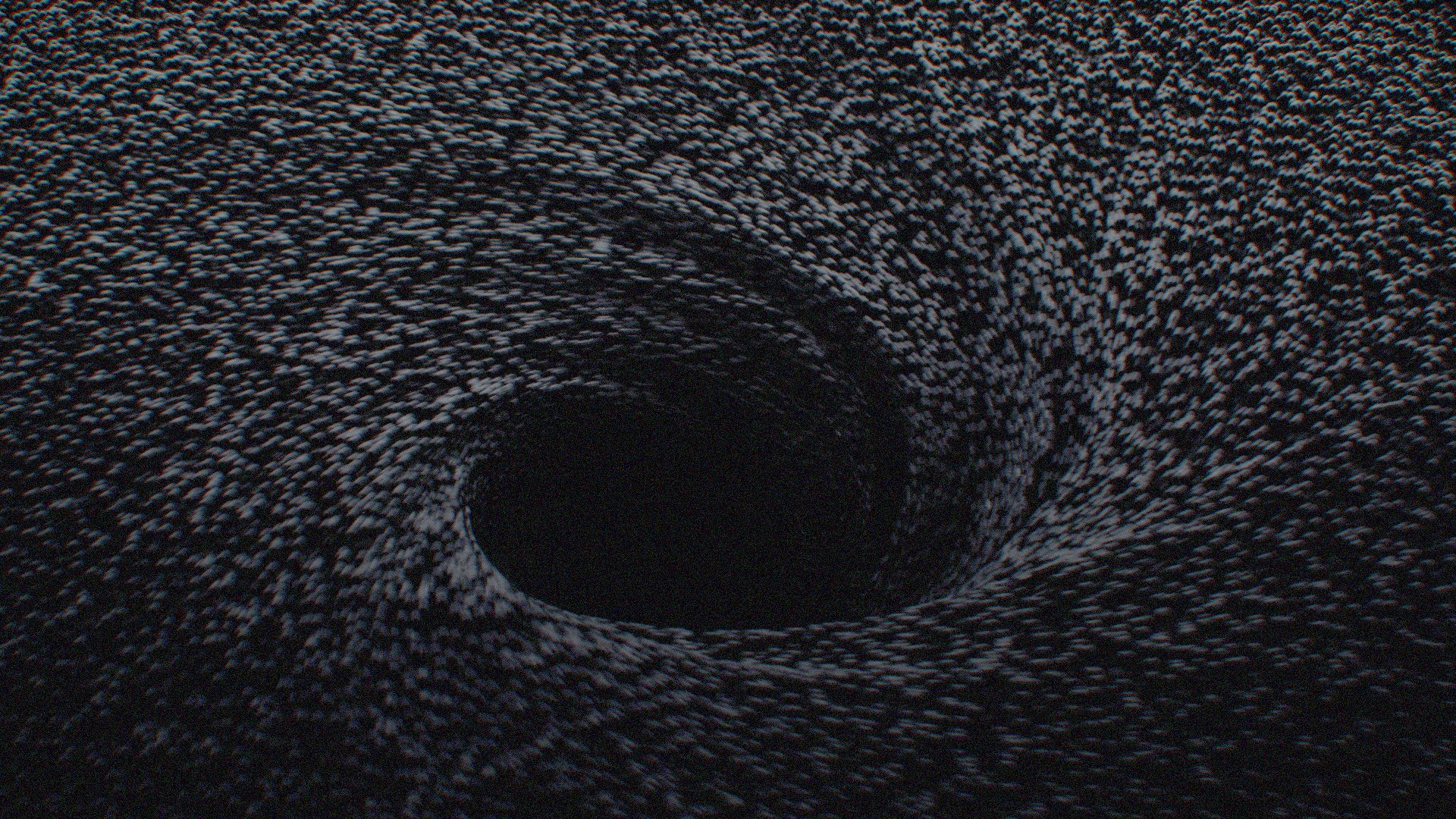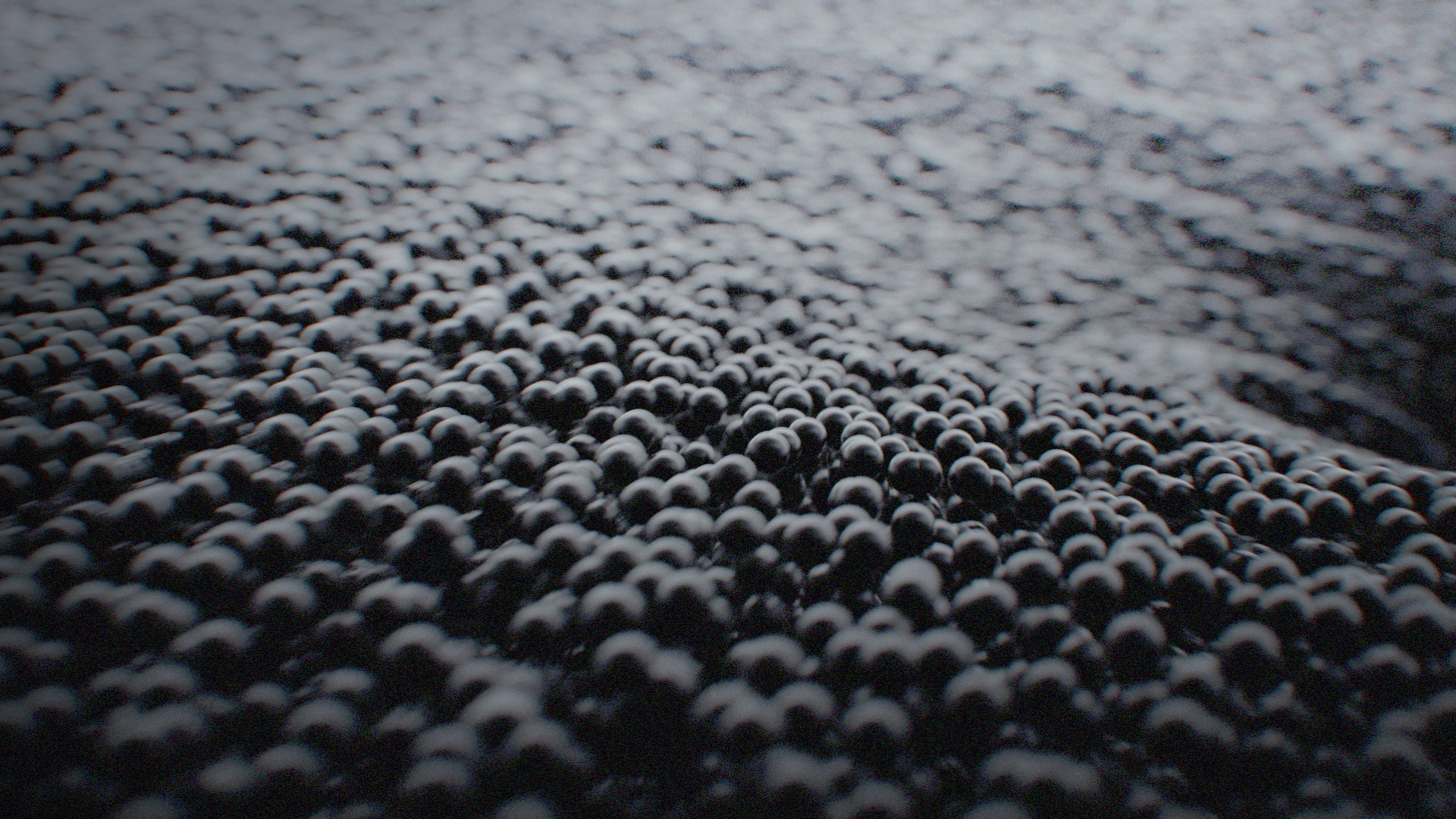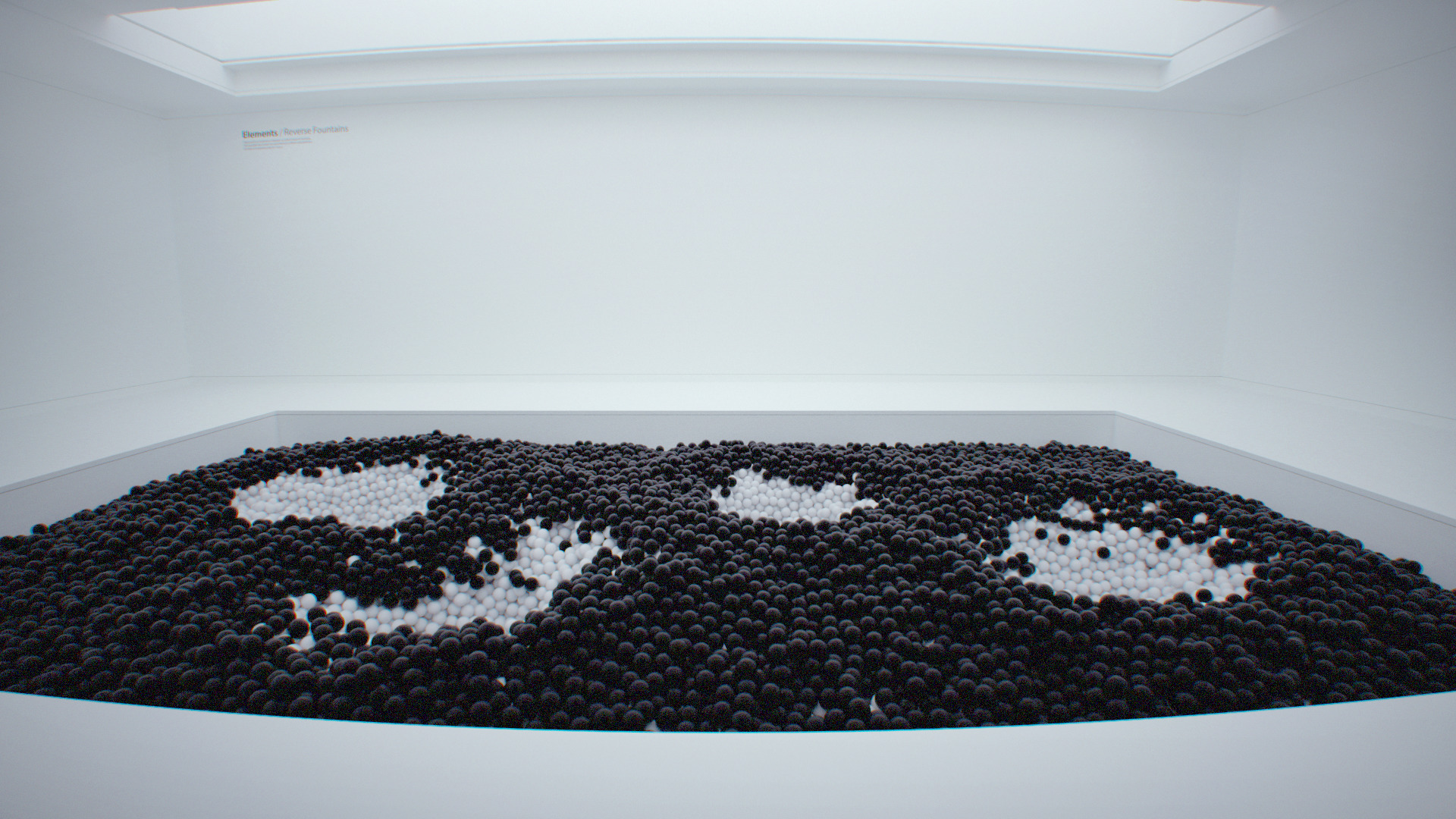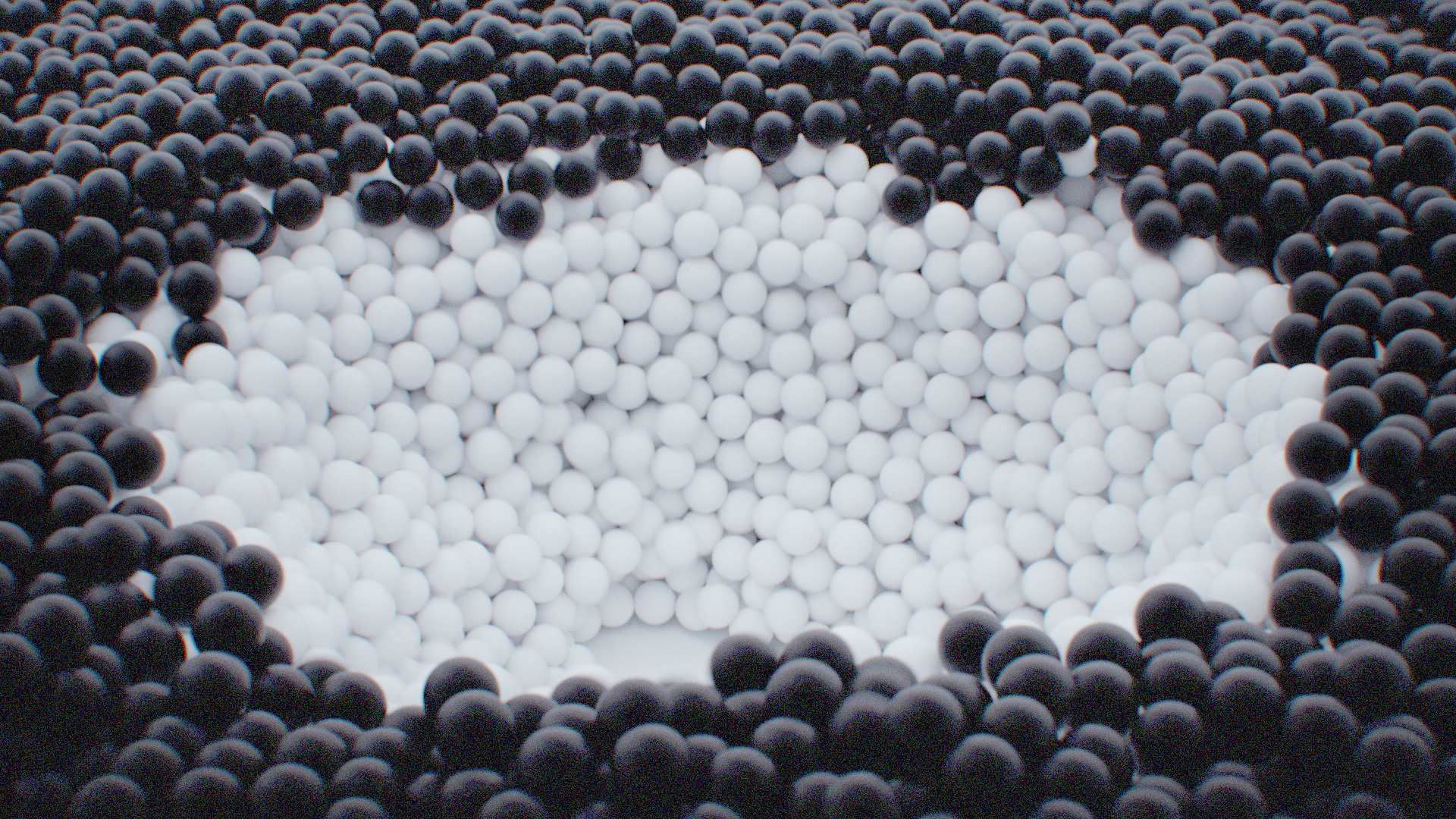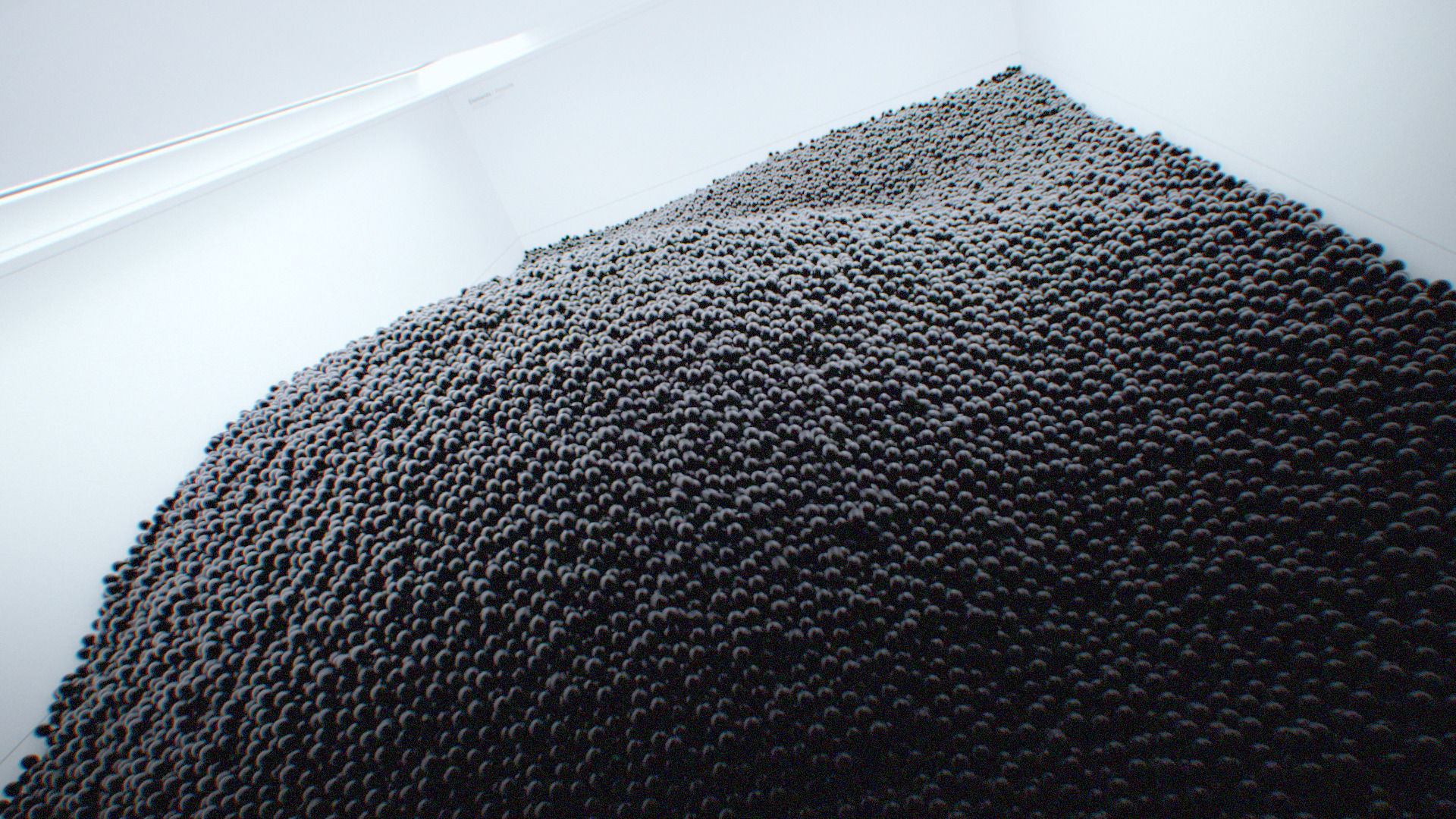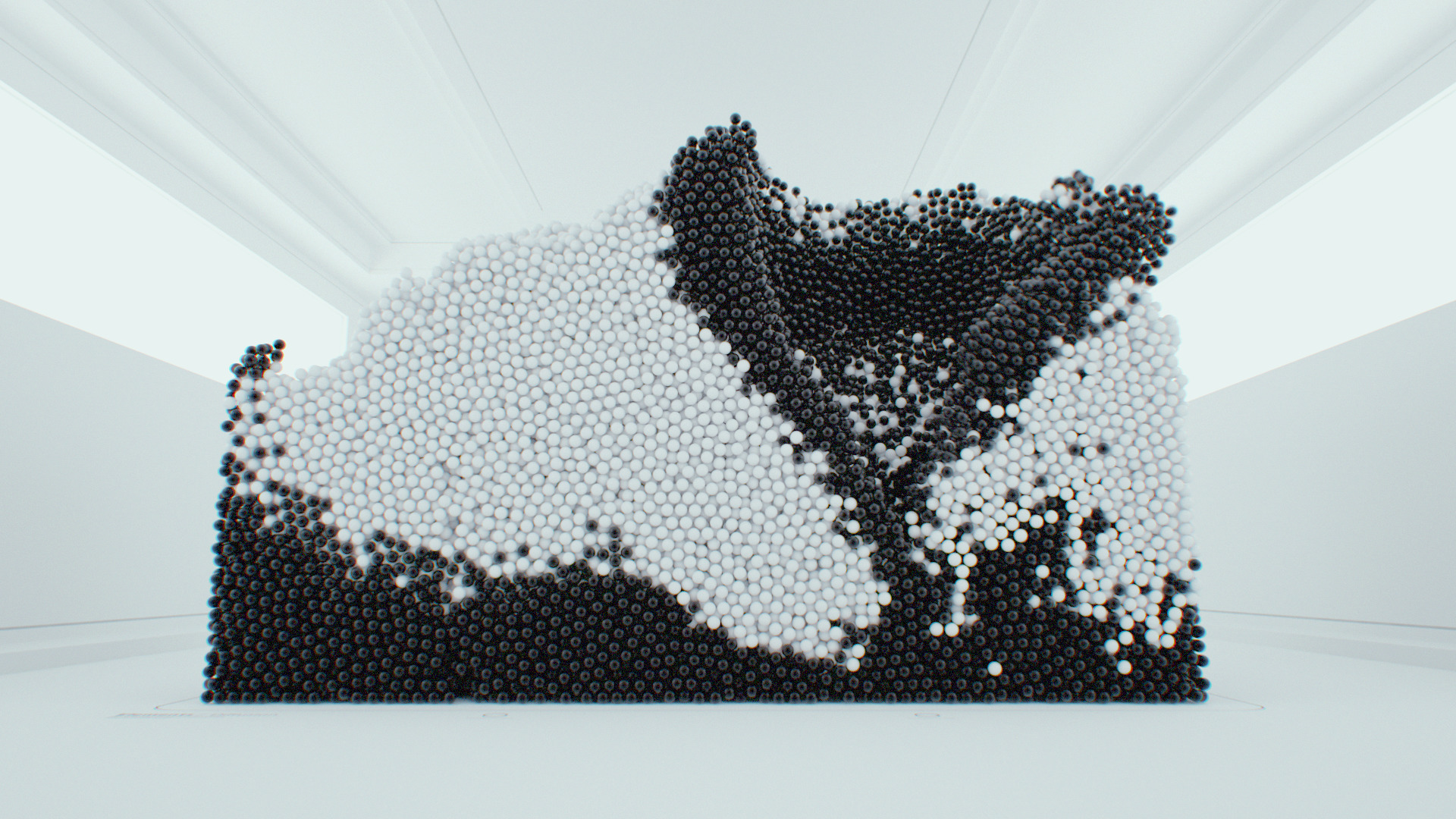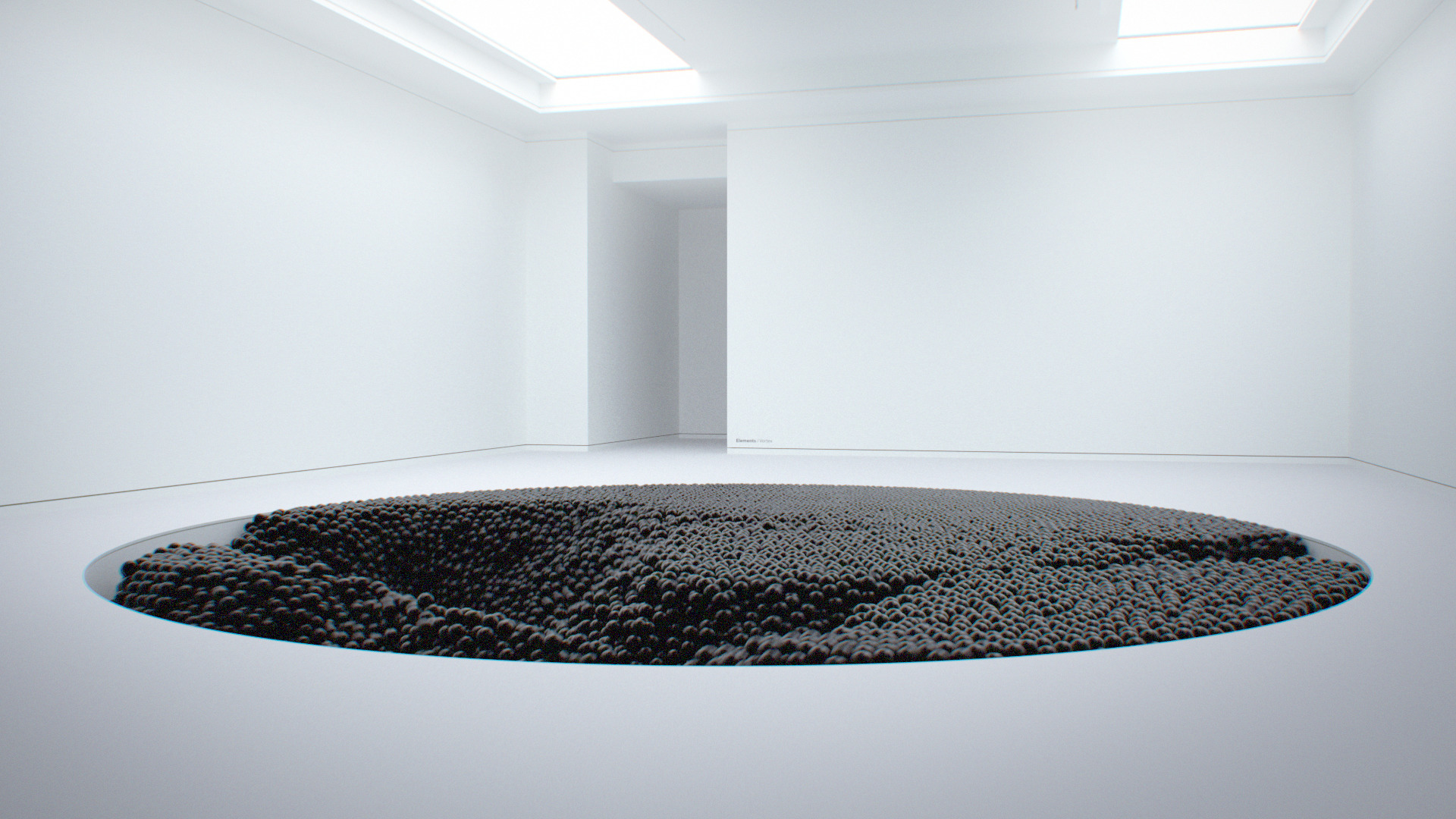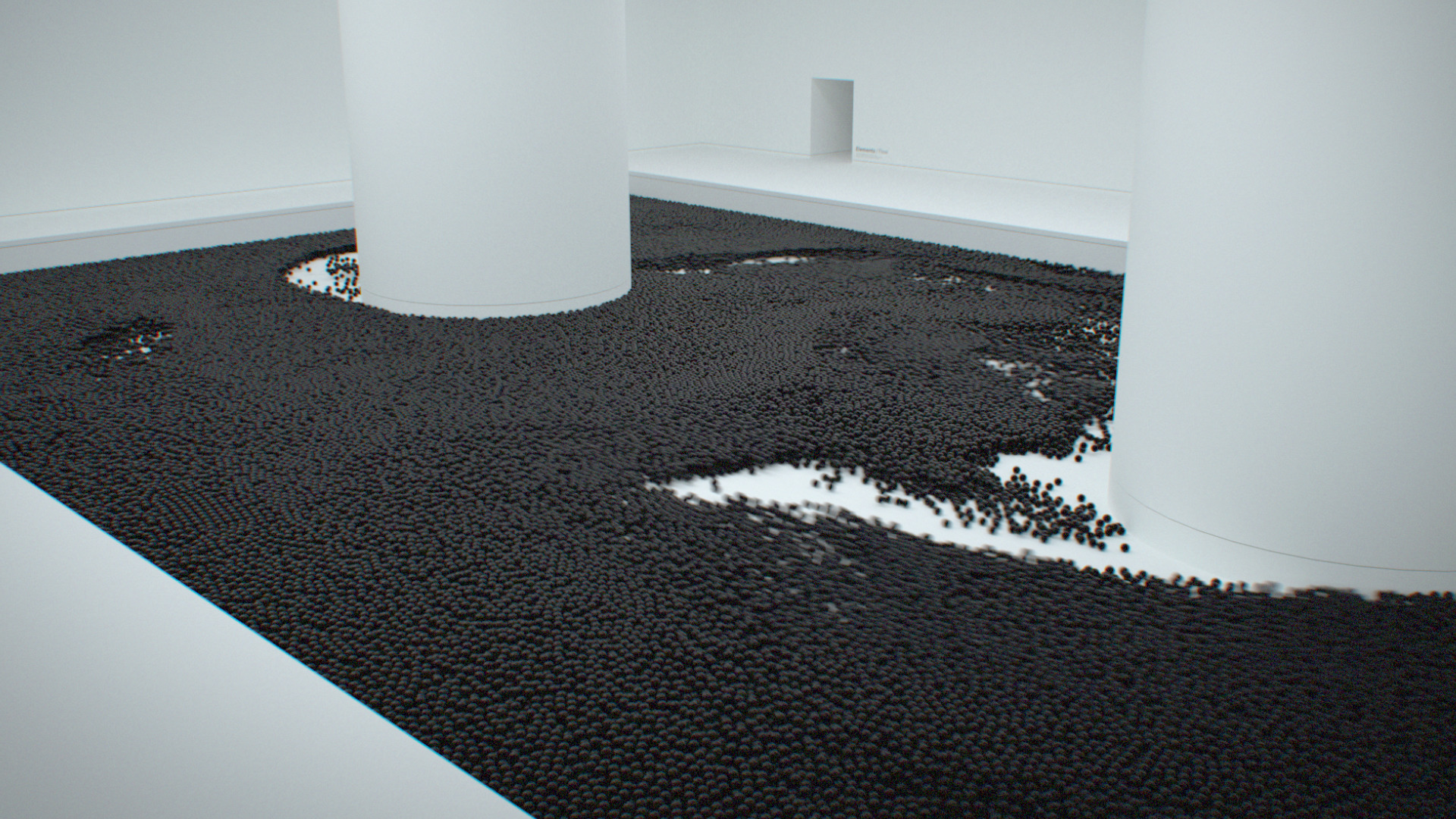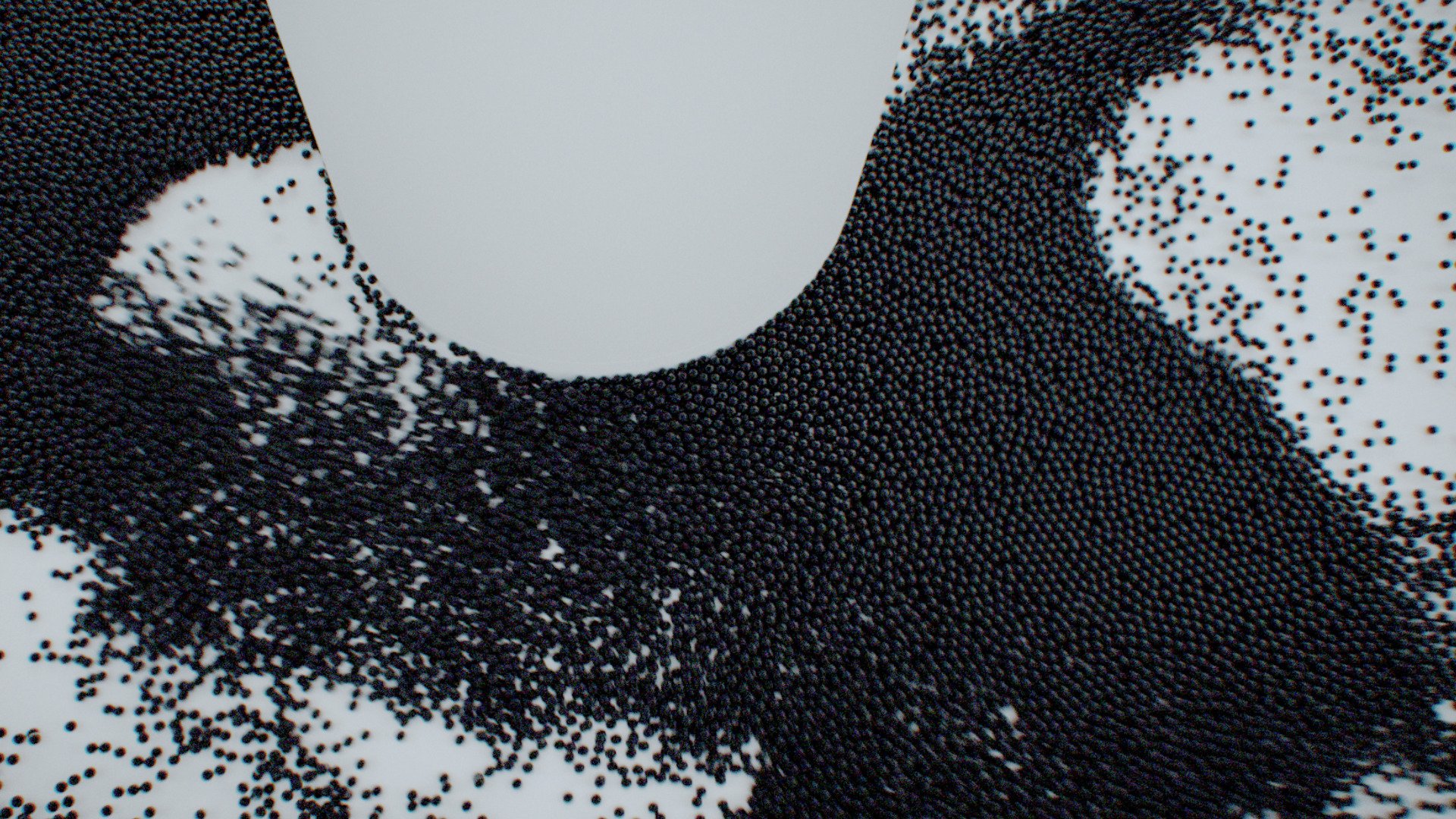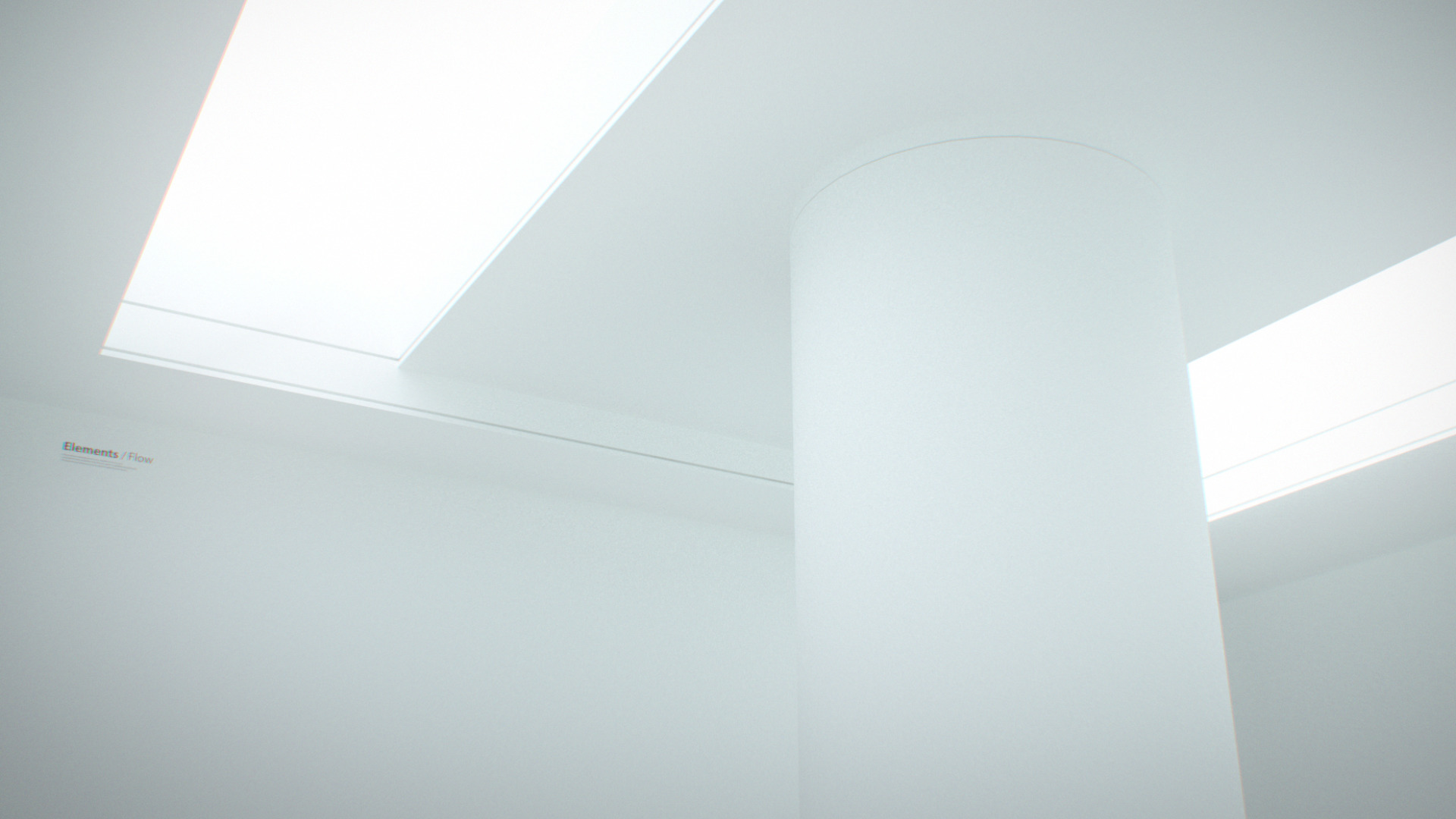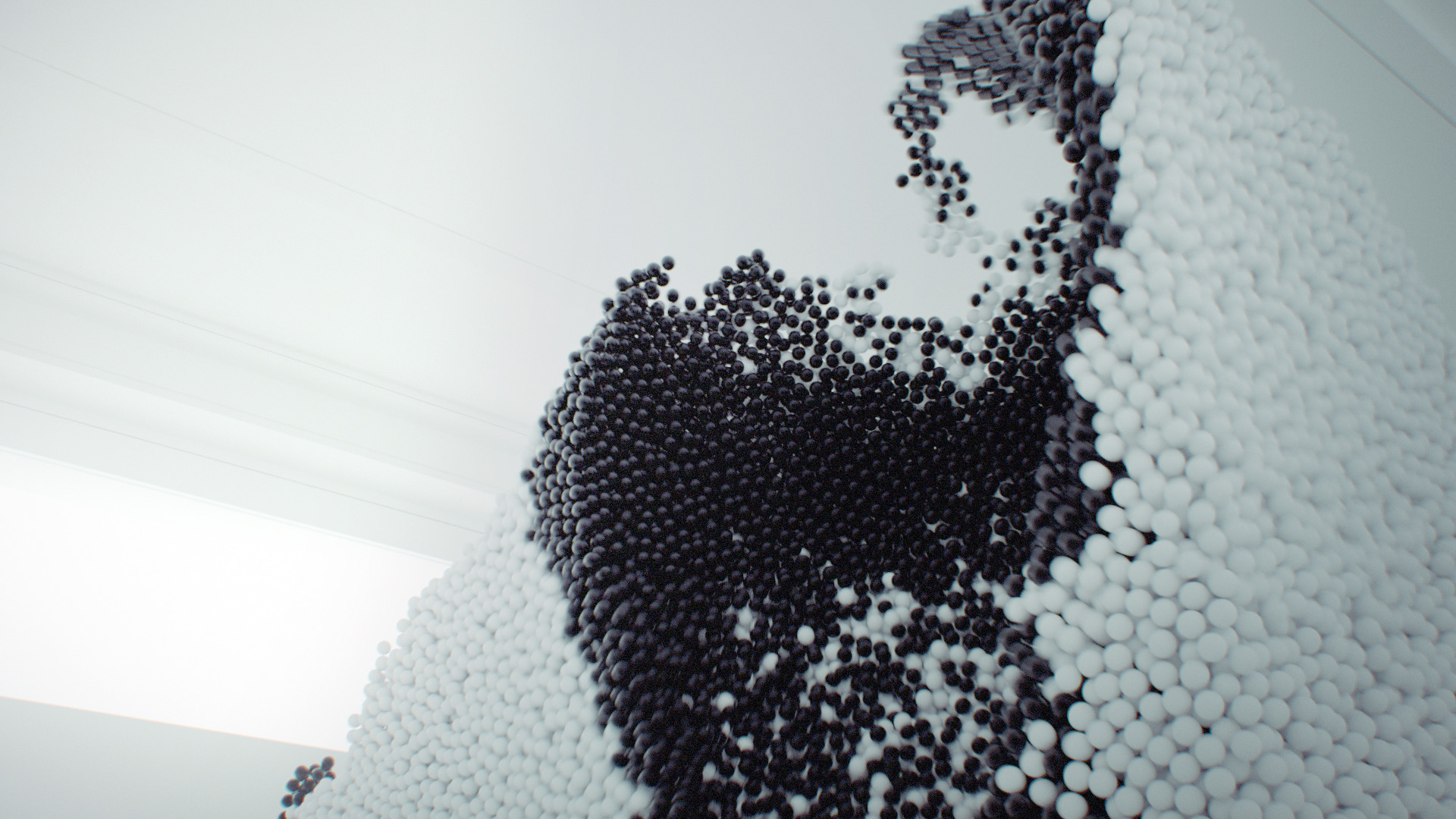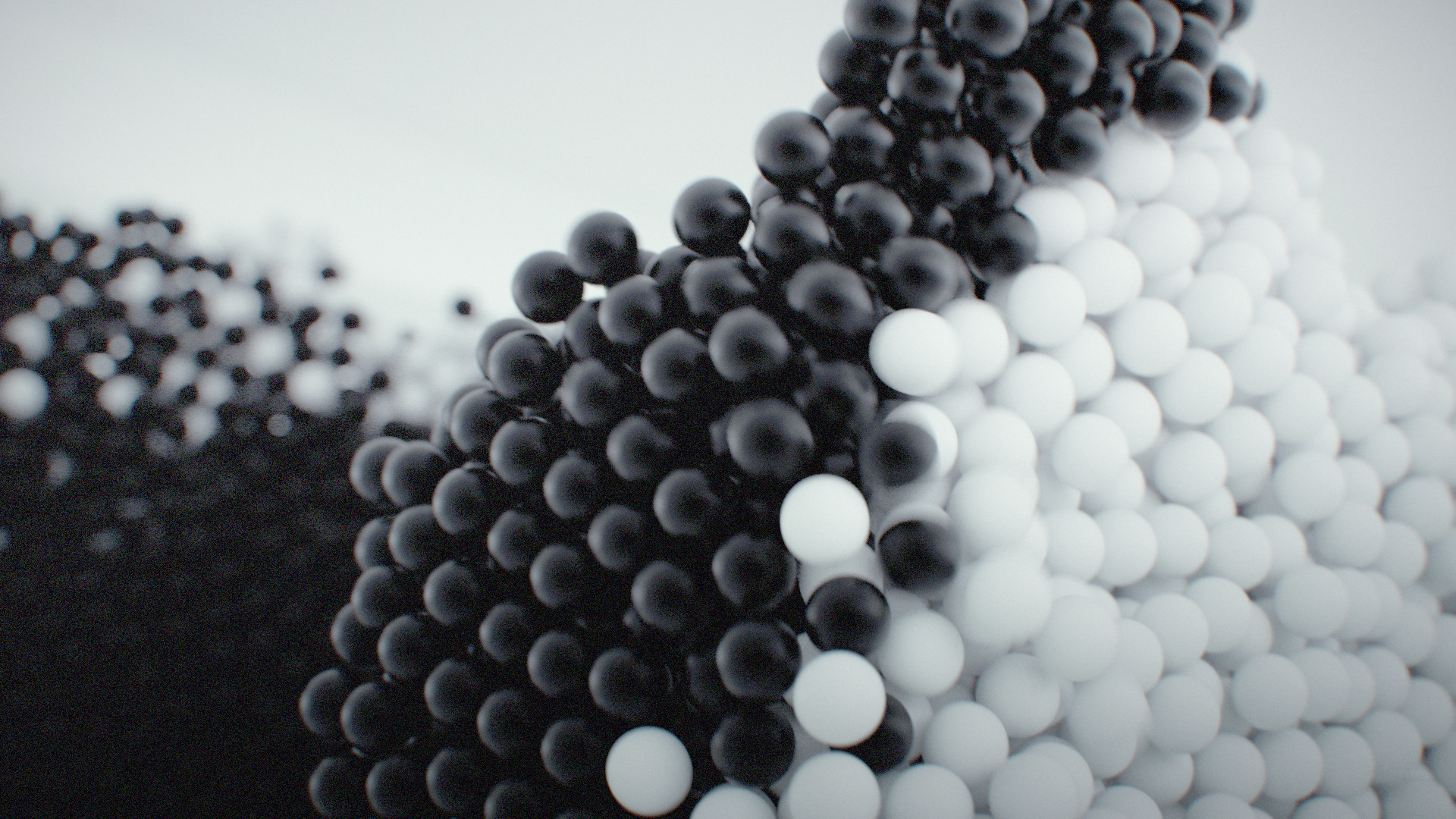Volumes
An abstract representation of transformation and resilience, Volumes is an observation of digital sculptures consisting of millions of spherical particles.
Art film, 2018
Acting as universal symbols of elements making up complex systems—be it networks, societies, or entire galaxies—the spheres flow, attract and communicate, engaging in endless dialogue.
Affected by forces from the outside, the structures mutate and, eventually, resist destruction. External influences are concealed by the artist, and one might perceive them as time, entropy, destiny, or anything else—uncontrollable and unpredictable, superior and indifferent. Collapsing the pieces of digital fabric and tearing them apart, invisible agents of chaos initiate a reaction in the structures that adapt to metamorphoses.




Examining the ability to change and recover, Zhestkov uses simple yet expressive visual methods. Starting with the quietness of black and white, he reveals vibrant colours hidden inside the structures.
Uncovered by relentless wind blowing the particles away, the movement of colour is mesmerizing, meaningful, and enigmatic, like an unknown language, in which we can notice the underlying patterns but can not capture the encrypted message.
This implicit synchronization is not accidental. In his art practice, Zhestkov examines how digital and physical worlds reflect each other and how the same forces and principles transform and intensify moving from one reality to the other. Inspired by patterns on the skin of sea creatures, the flux of colour in Volumes looks eerily familiar and makes the viewer wonder where the border between organic and inorganic, humane and artificial, can be placed.


Systems in the film are connected to the biological world by their cyclical nature as well. Impulses hidden inside the structures spread and return rhythmically, as neural oscillations or heartbeats. Emotional reactions to the outside effects or searching signals similar to sonar calls, their function is covert, and their message might be interpreted in manifold ways.


Particular formations examined by the artist are reminiscent of geological processes, further expanding the link between living and inanimate in Zhestkov's works. Colliding as tectonic plates, particle structures coalesce and disperse, giving birth to new forms appearing where old ones crumbled down.

Digital installations featured on Volumes are created both by the artist and the algorithm he built: while Zhestkov sets fundamental principles for the formation and the movement of the structure, its dynamically changing form is generated by a computer simulation.
Joining forces with a digital actor, the artist investigates how familiar principles and concepts from our physical reality reflect and mutate in parallel worlds that we create.

Shanghai, 2019 Art Futura 2018/2019
UK, Spain, USA, Mexico, 2018 Ars Electronica Festival
Linz, Austria, 2018
Simulation Hypothesis
First gallery solo show finding elements of universe creation in human culture and art.
View the projectMetaphysics
A series of artworks experimenting with material in the digital vastness.
View the projectArtificial Organisms
A combination of biological symmetry and impeccable digital matter, they are a representation of budding artificial intelligence.
View the projectModules
Modules is a VR art experience, where architecture, sculpture, film, and music blend together to immerse viewers into Zhestkov's world.
View the projectBorders
Borders is Zhestkov’s first project exploring the integration of digital sculptures into the physical reality.
View the projectWaves
Connecting particles into mighty flows, Waves is an examination of shifts of energy in complicated systems that lead to the inevitable transformation.
View the projectPoints of View
A diptych about mind and interpretation created for Christie’s charity sale.
View the projectPlayStation 5
Two bespoke artworks created for the global launch of PlayStation 5 based on Zhestkov's projects — Layers and Computations, which became embodiments of the soul of the new console.
View the projectBMW i4
An exploration of the primary physical forces behind the car and a research of forces that underlie our existence in the universe.
View the projectComputations
Computations speculates a future when computation moves from the opaque ‘black boxes’ of our laptops and devices out into the world.
View the projectLayers
Layers is an artwork dedicated to the exploration of the relationship between the inner and the outer sides of objects.
View the projectVolumes
An abstract representation of transformation and resilience, Volumes is an observation of digital sculptures consisting of millions of spherical particles.
View the project